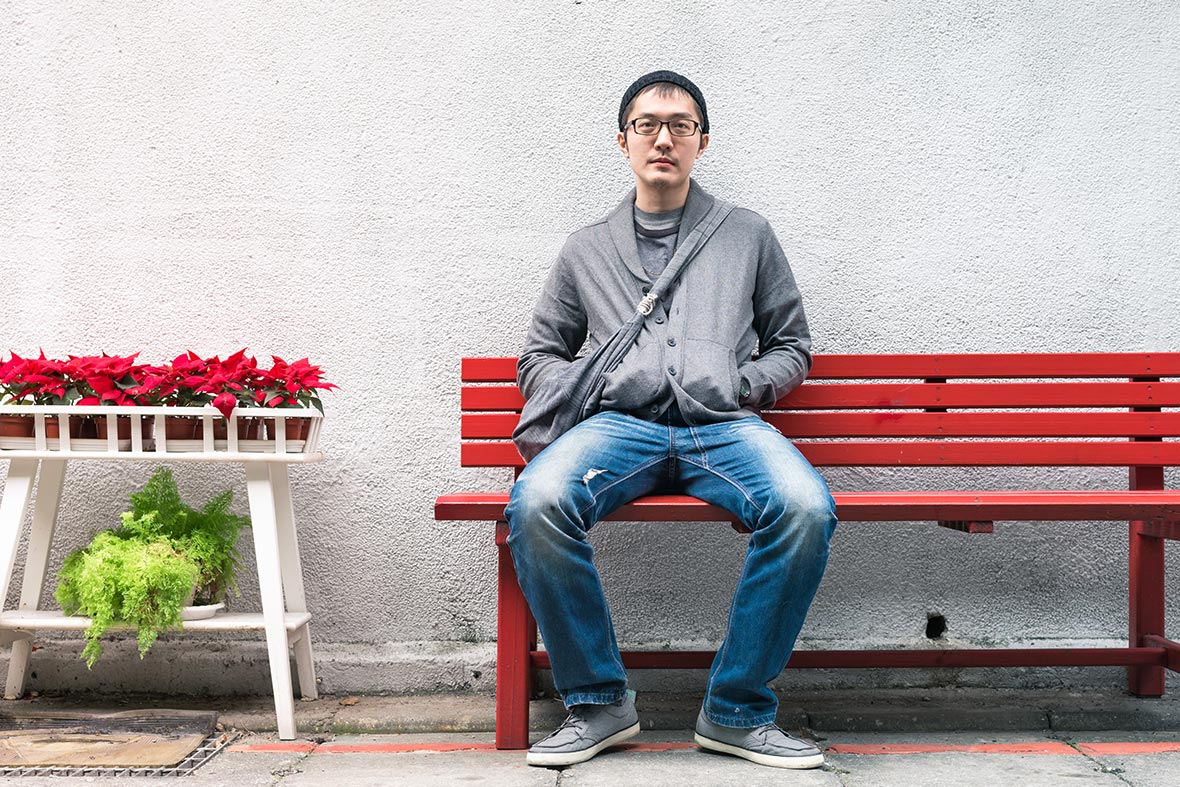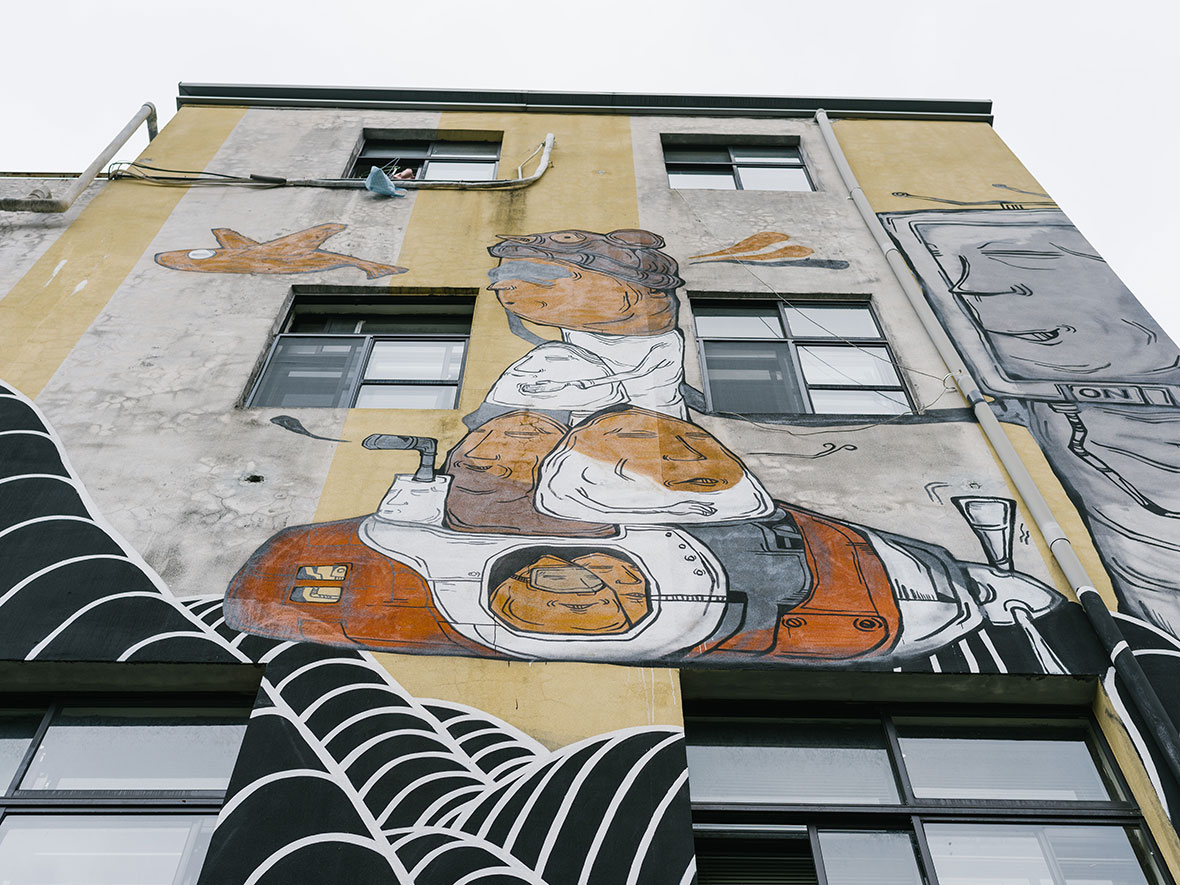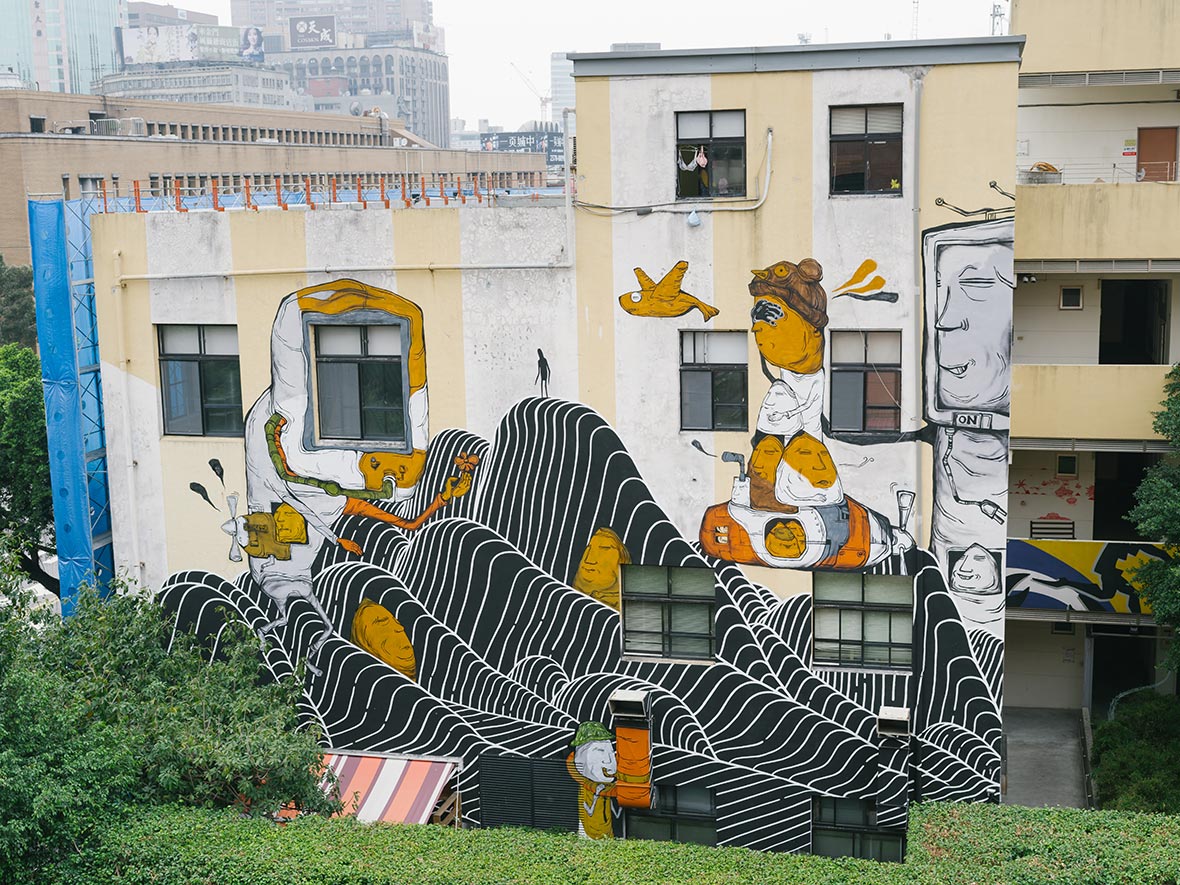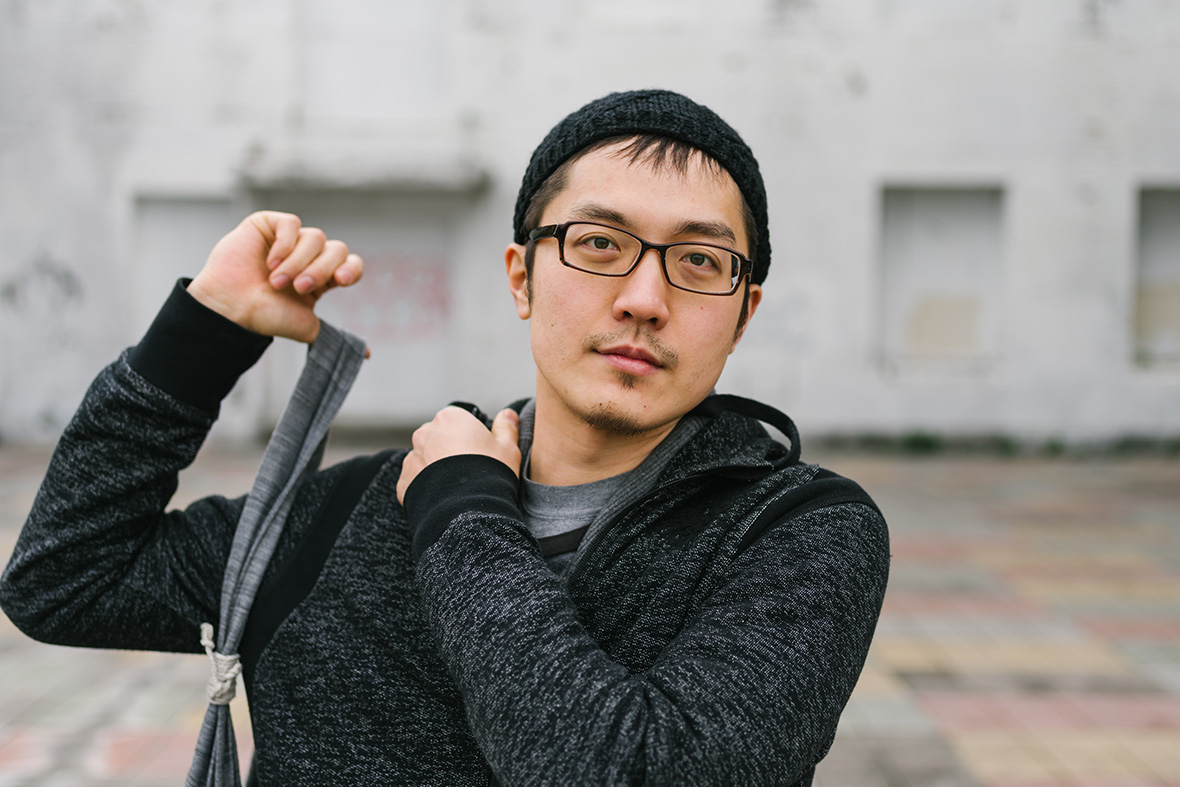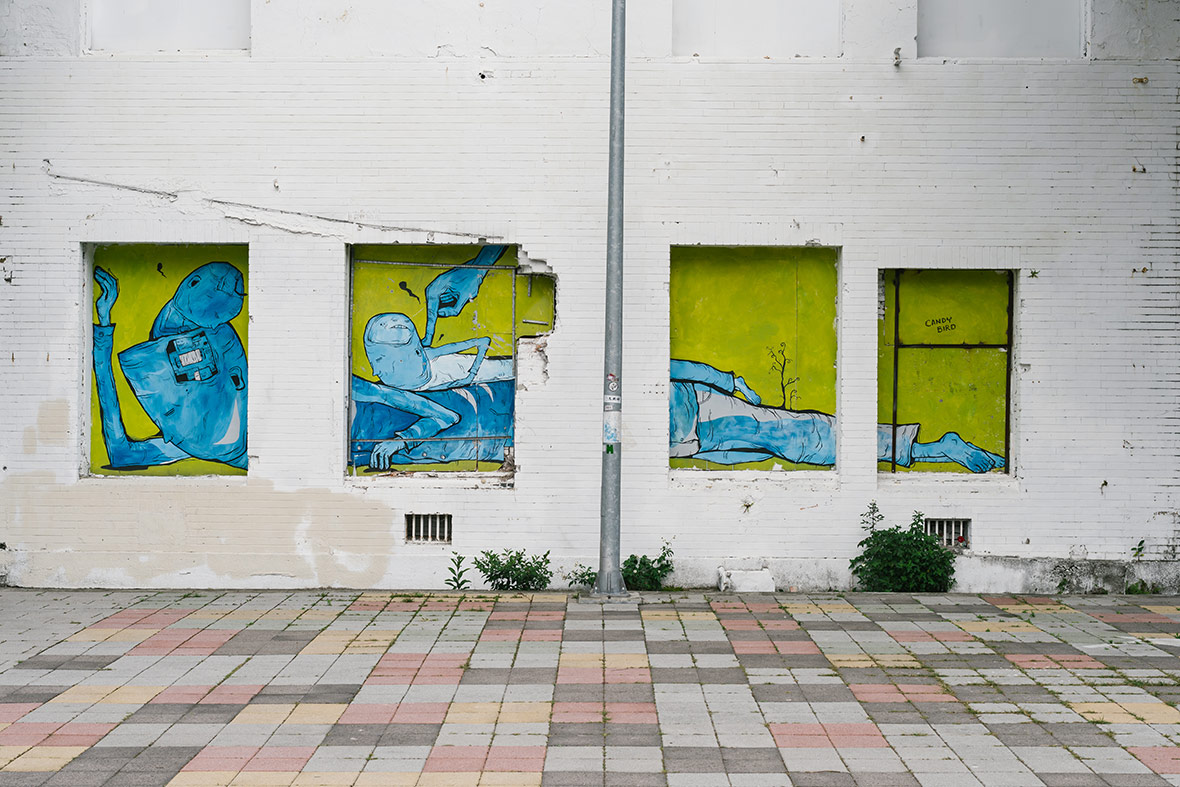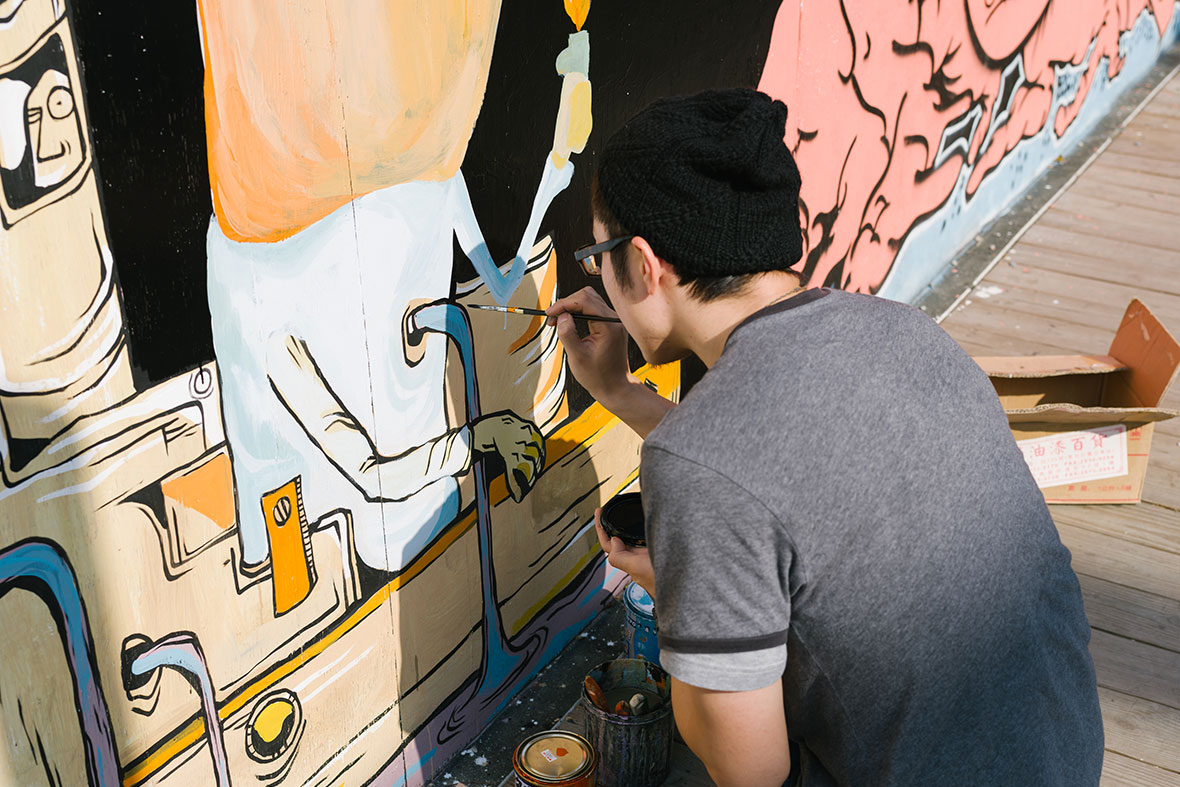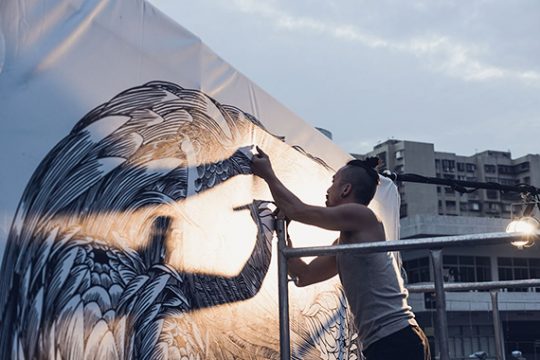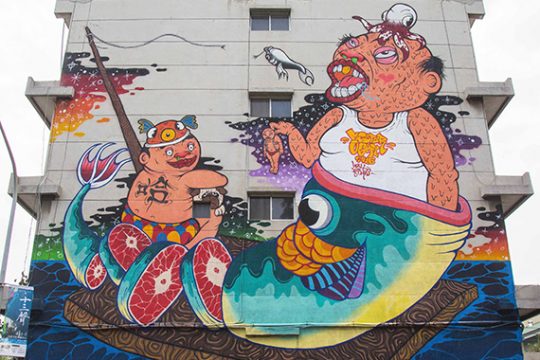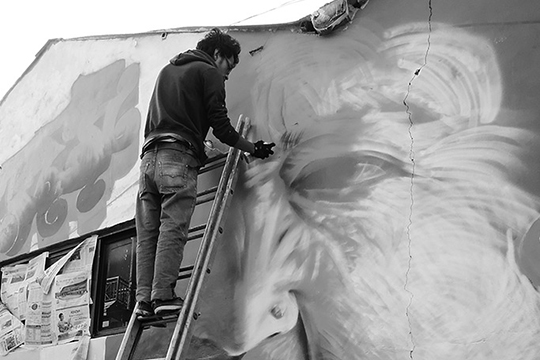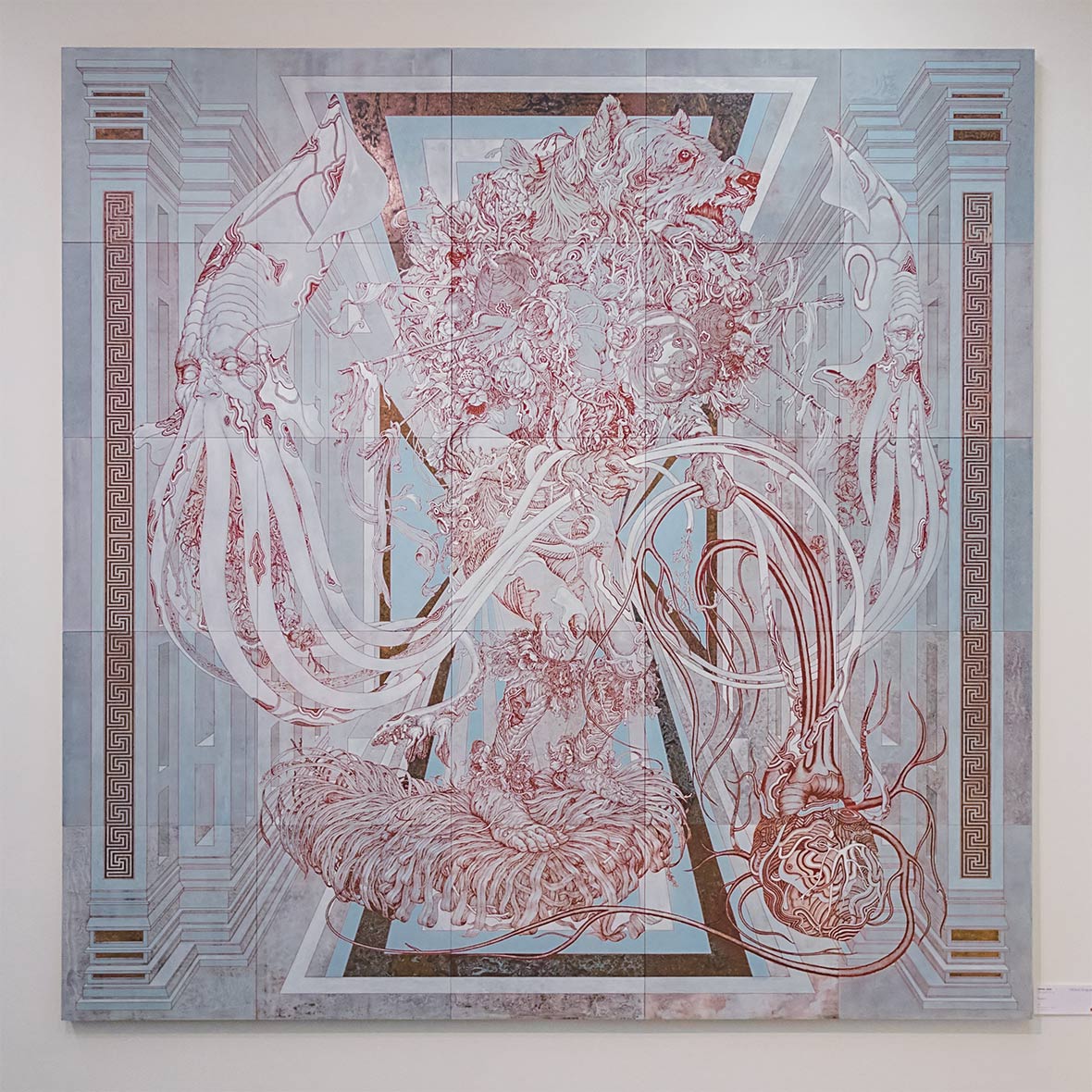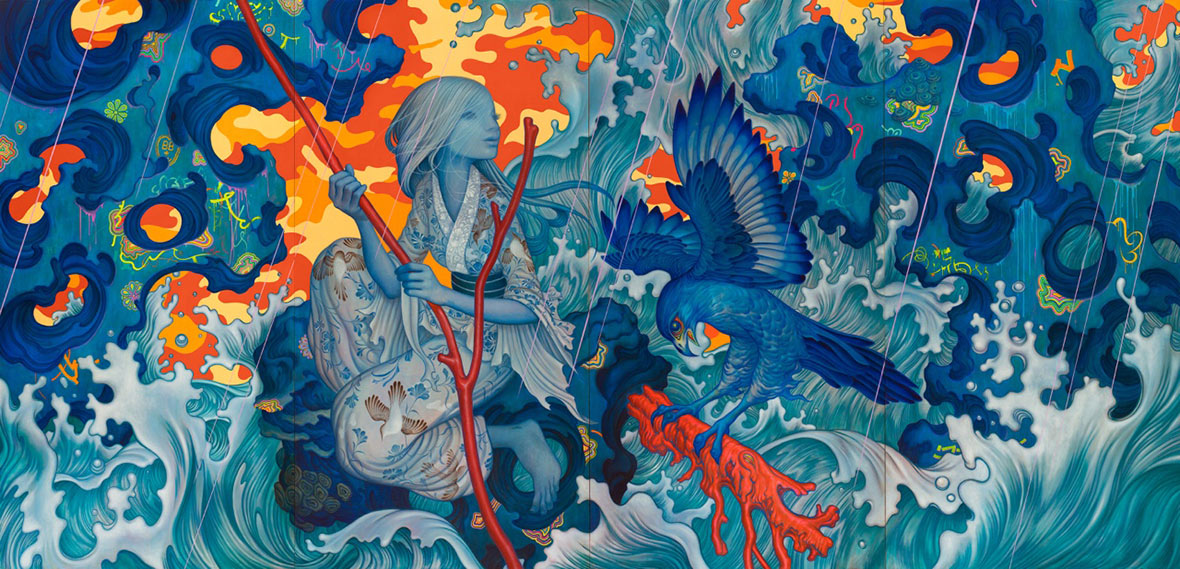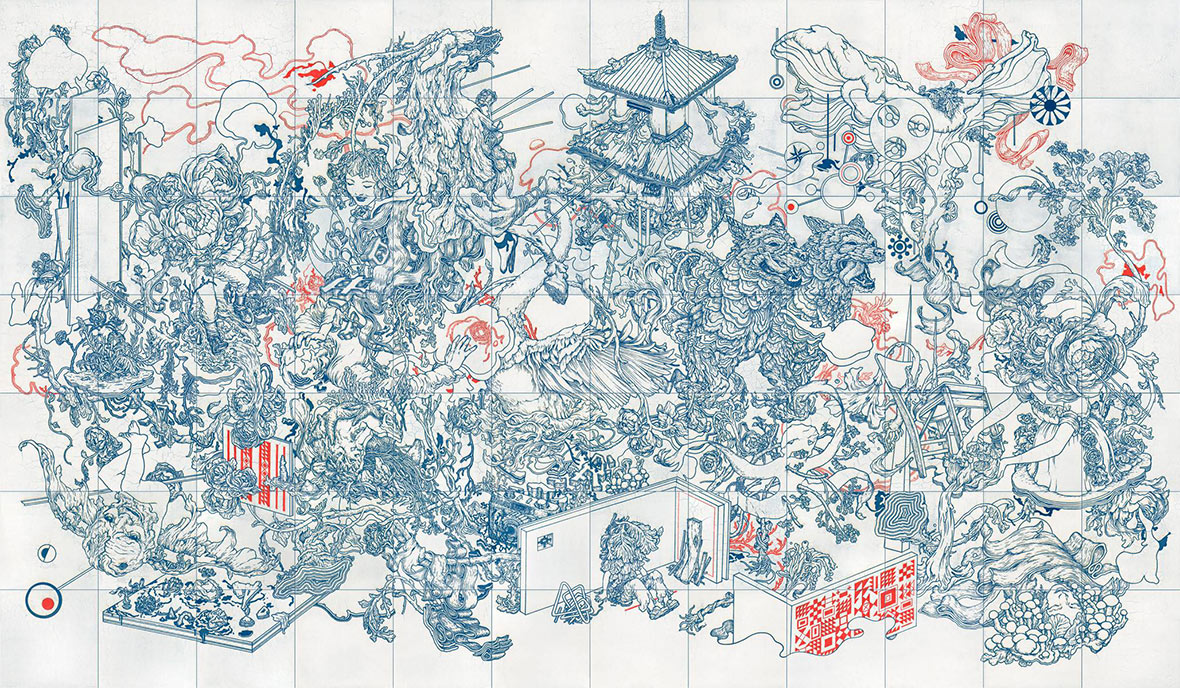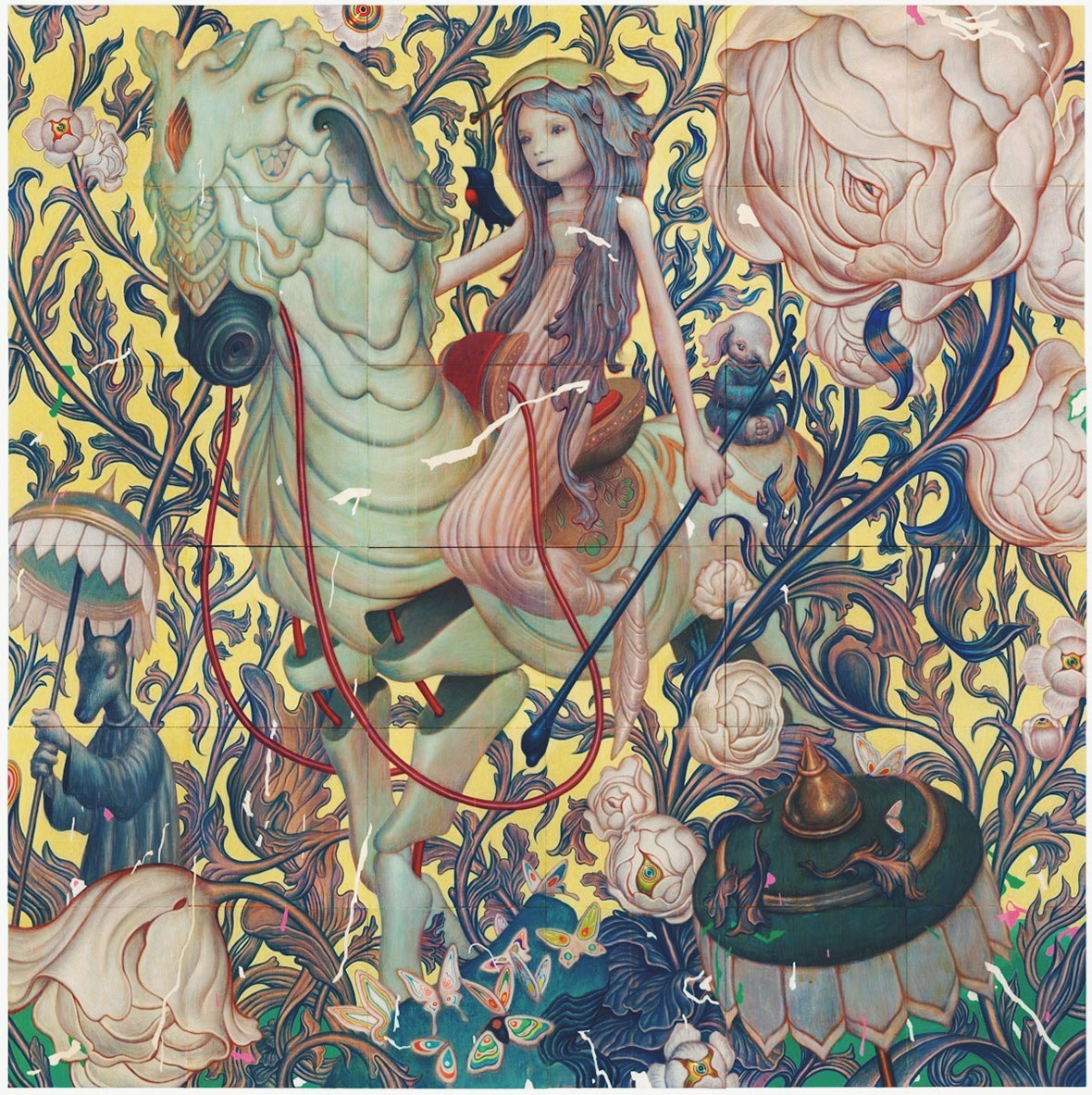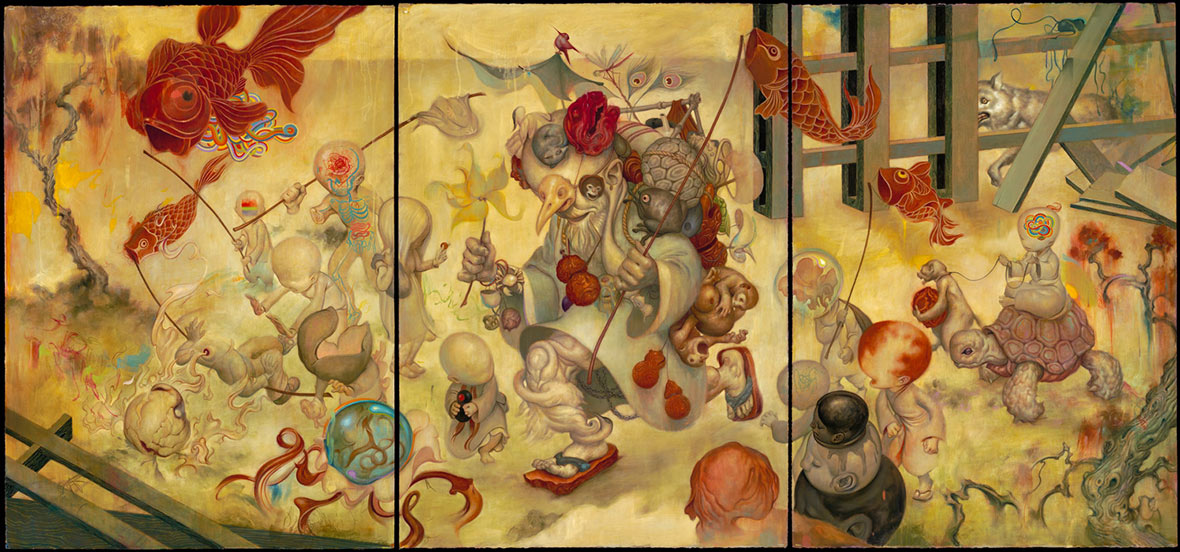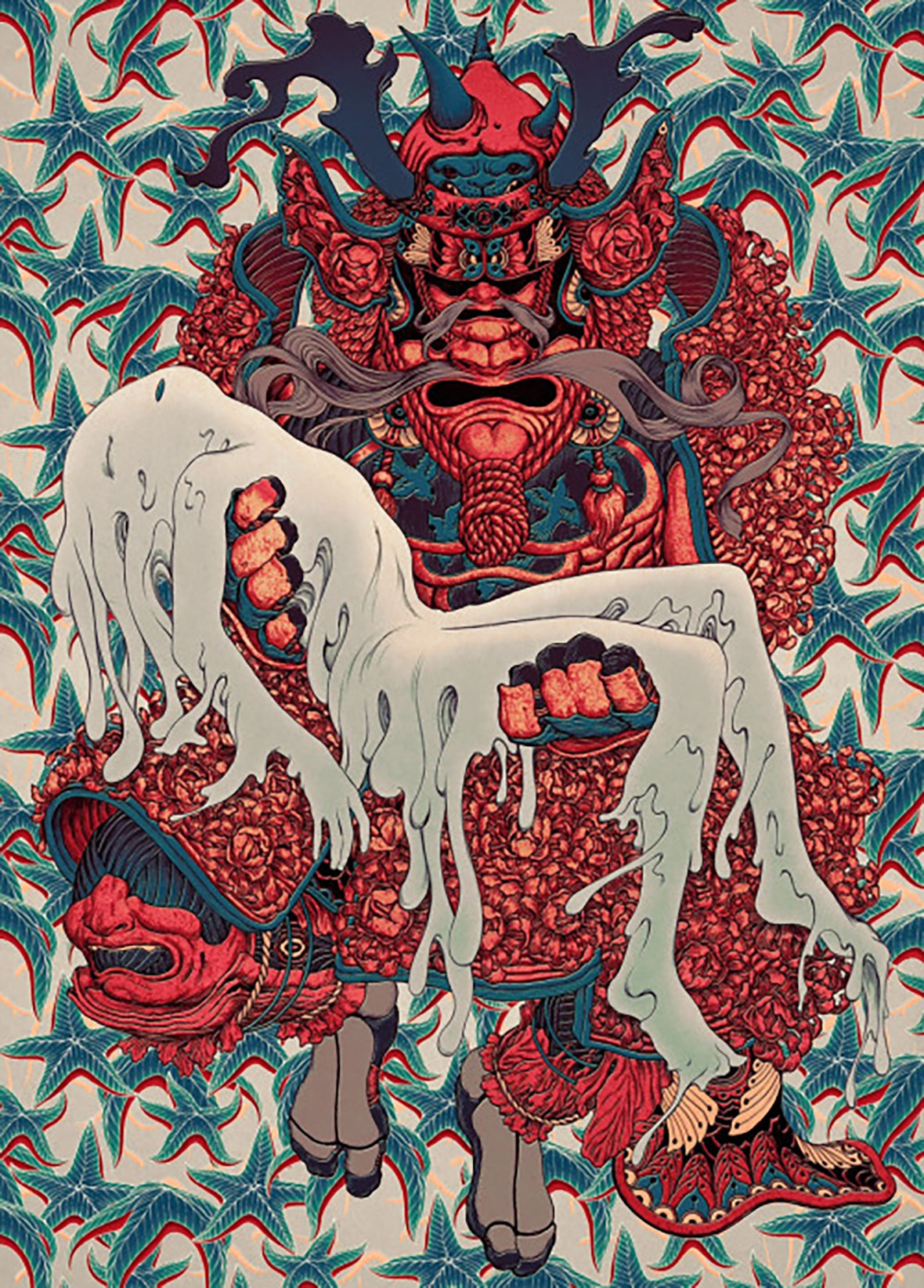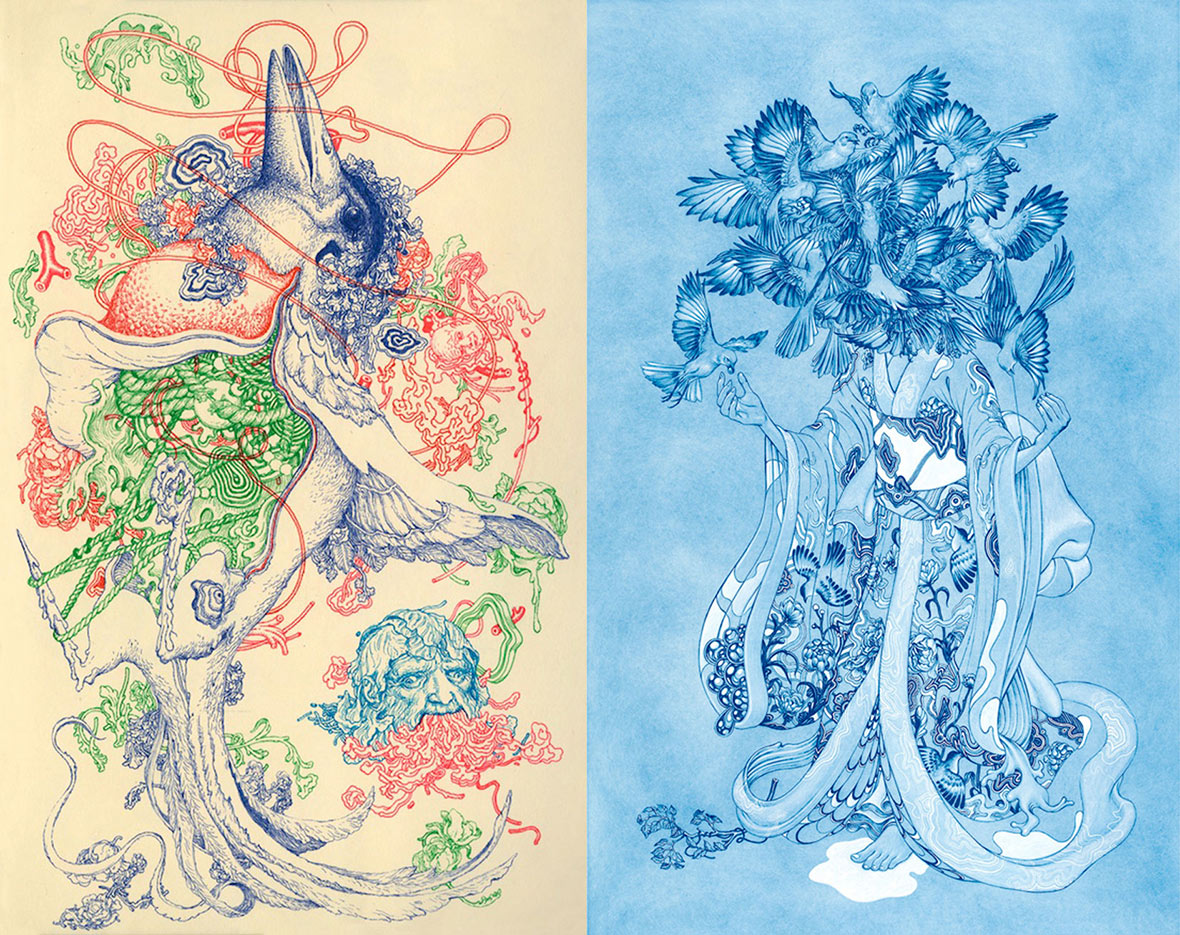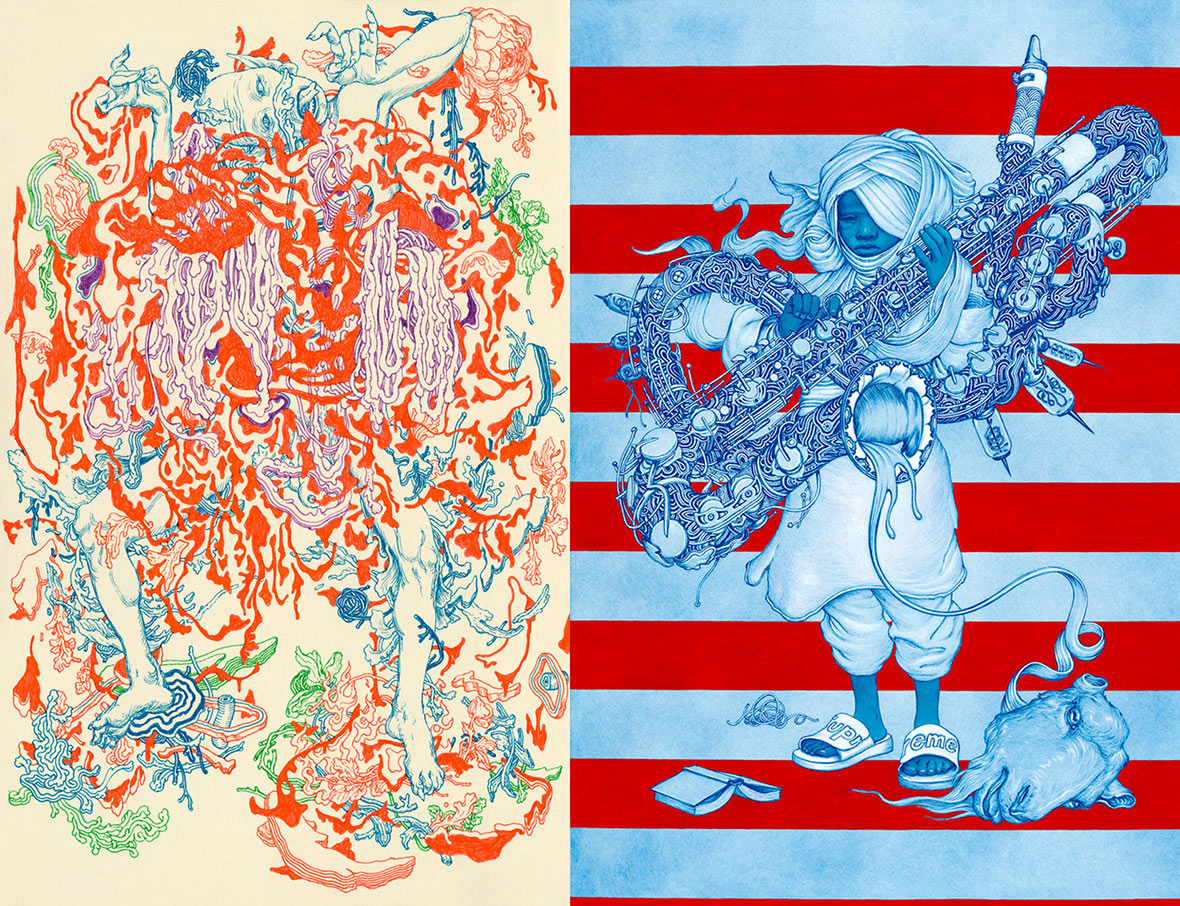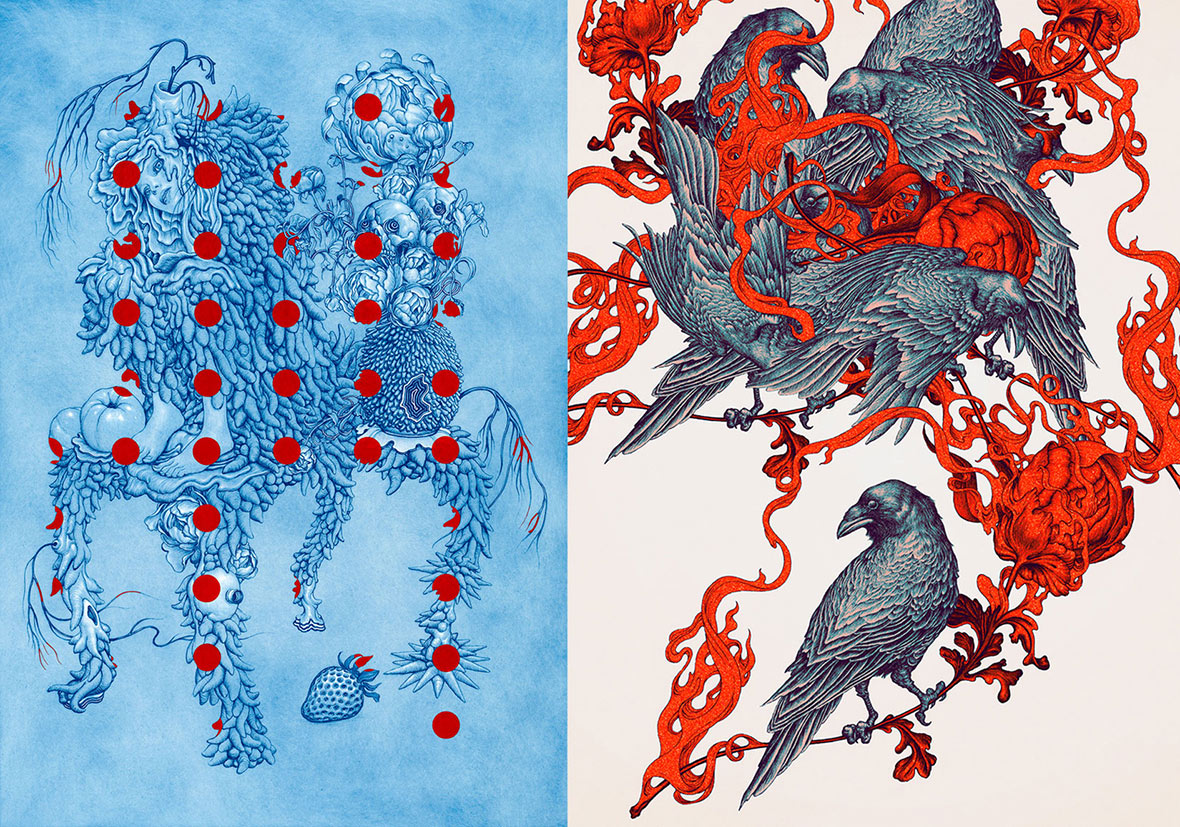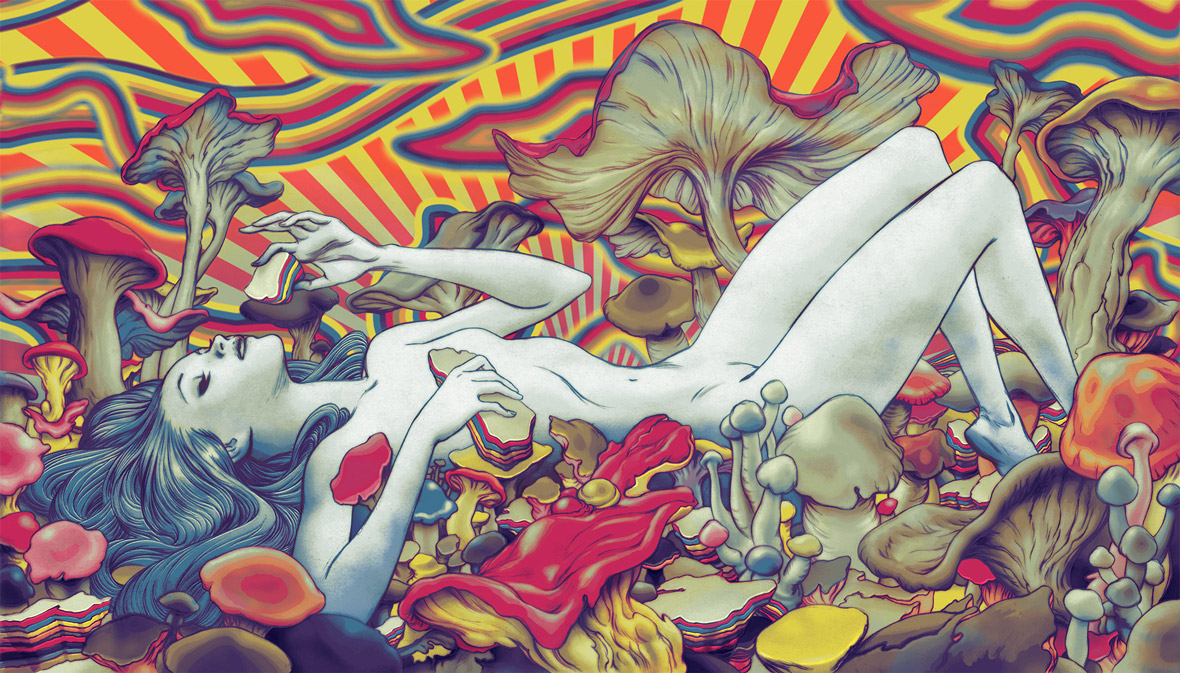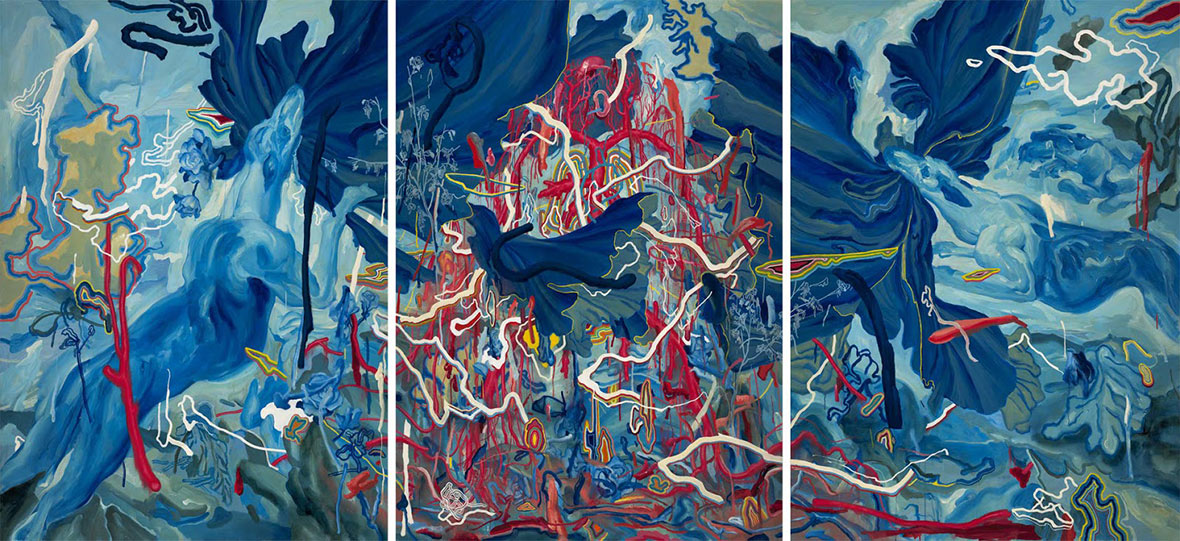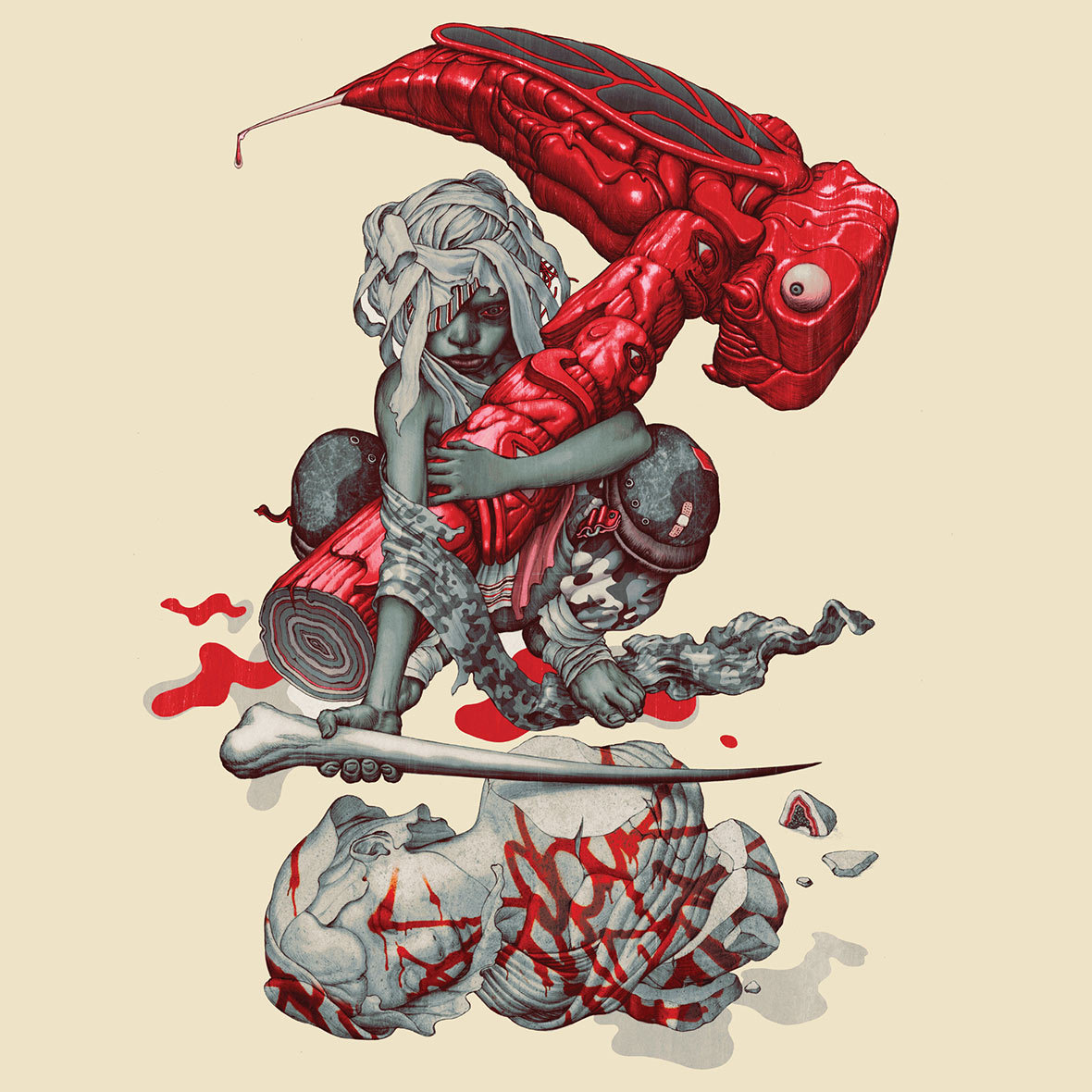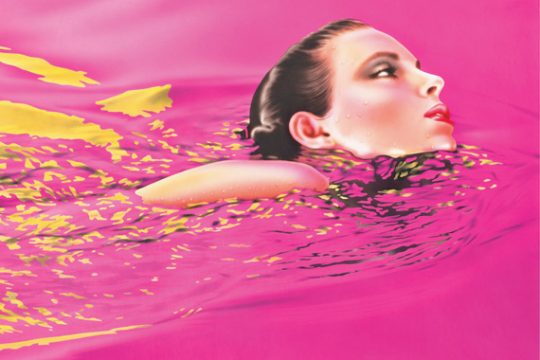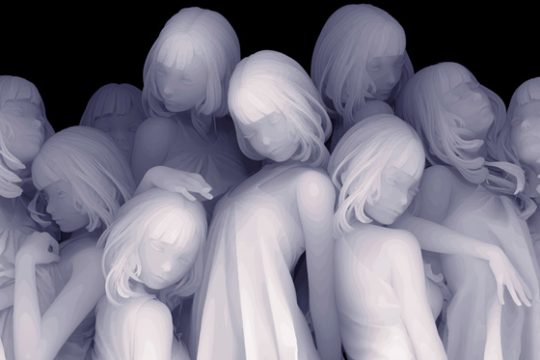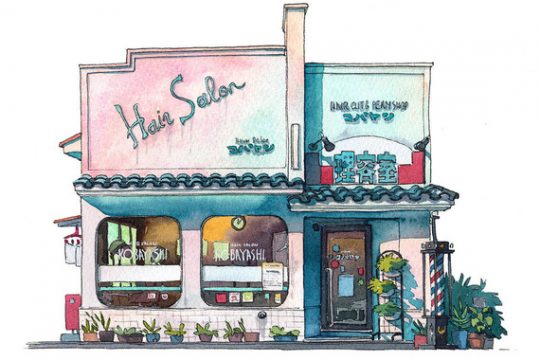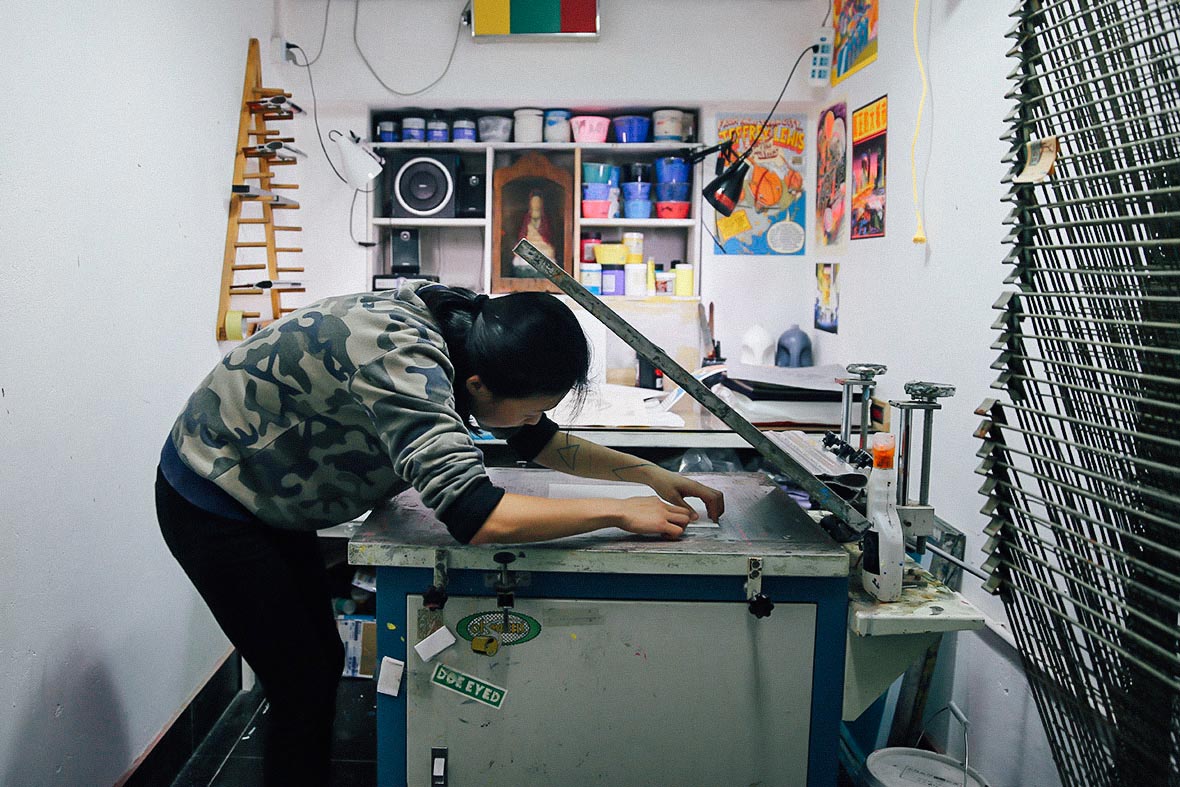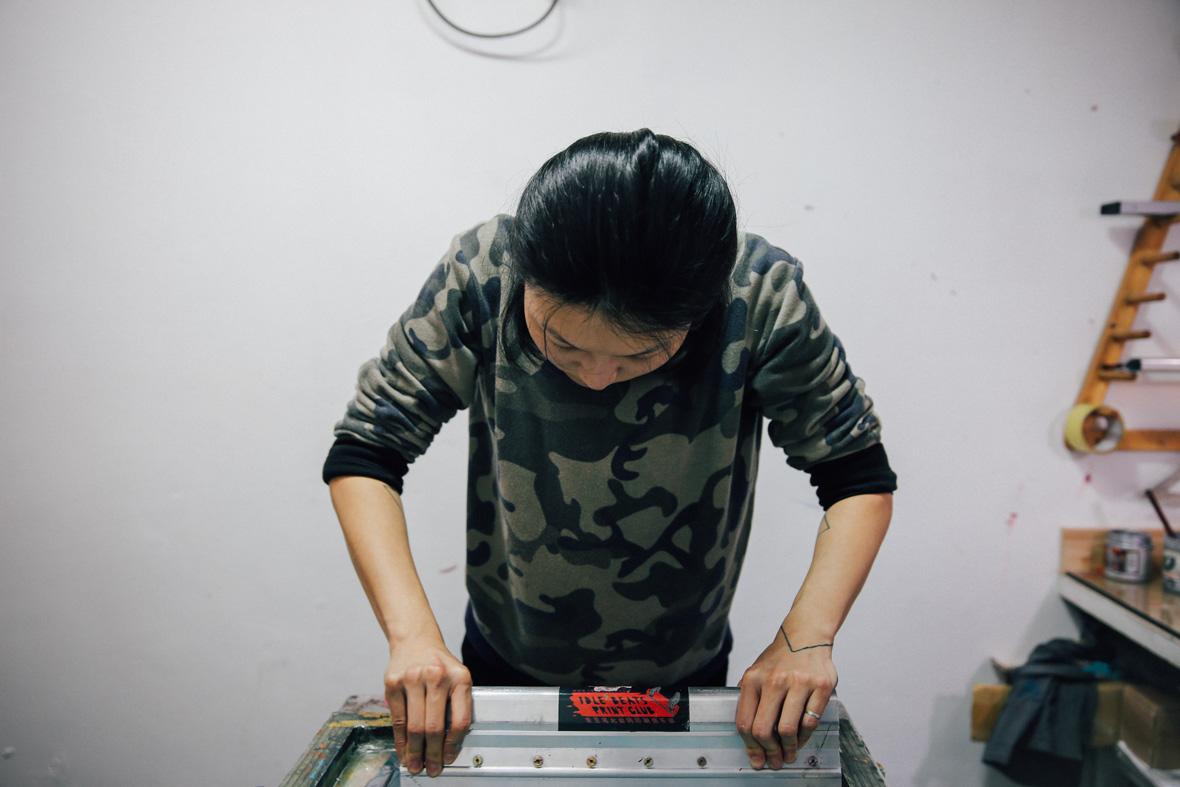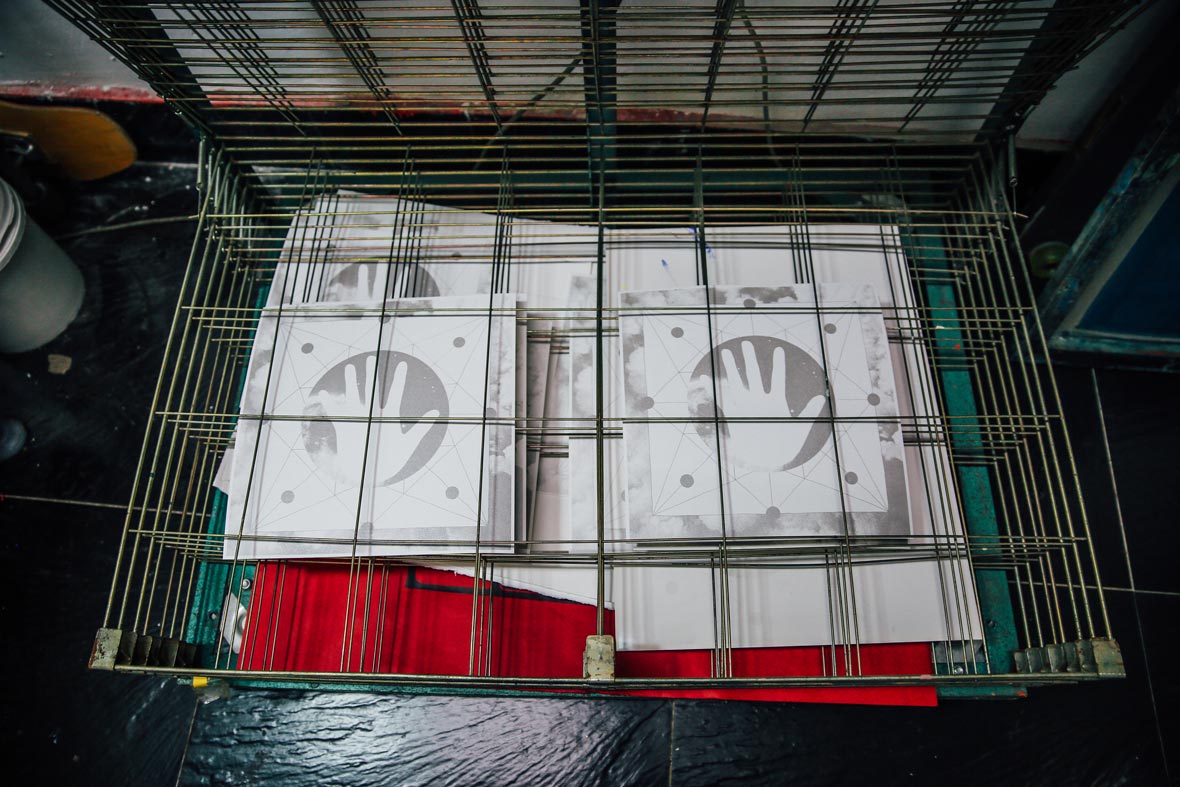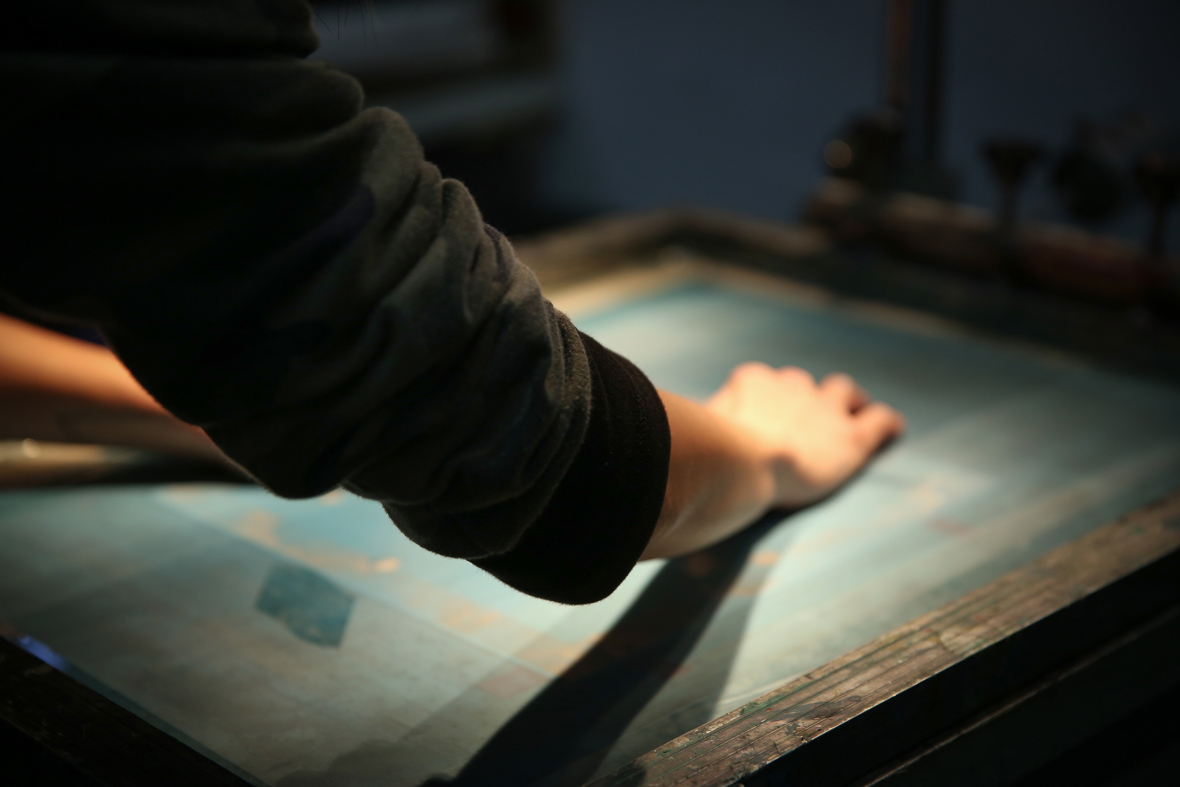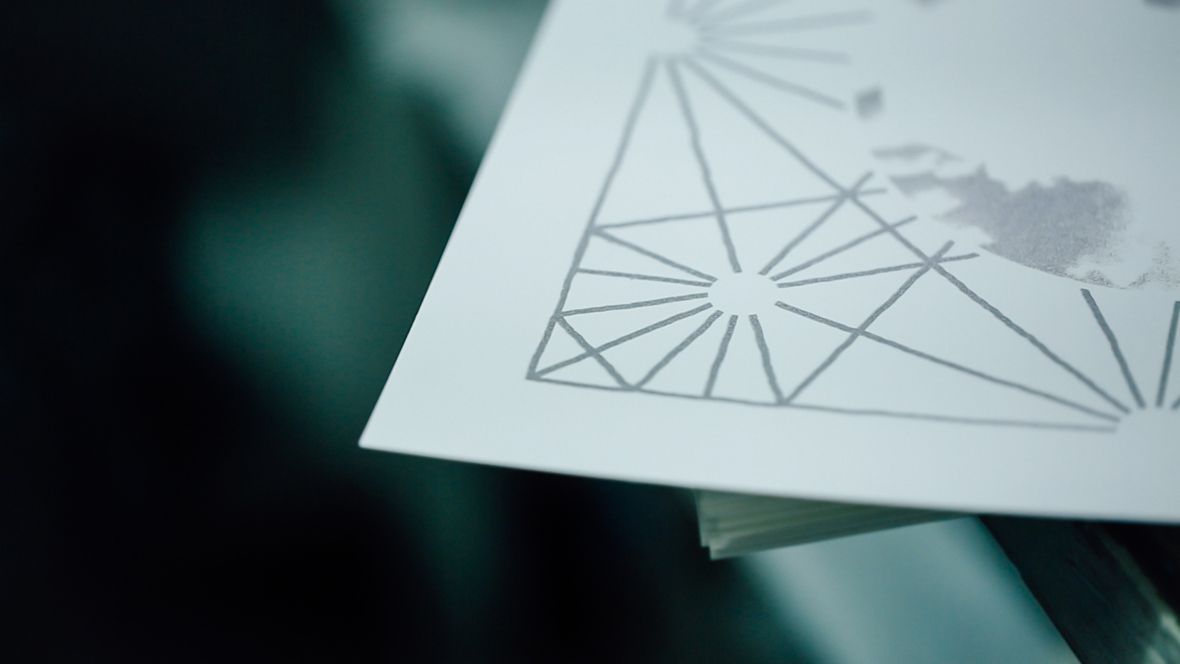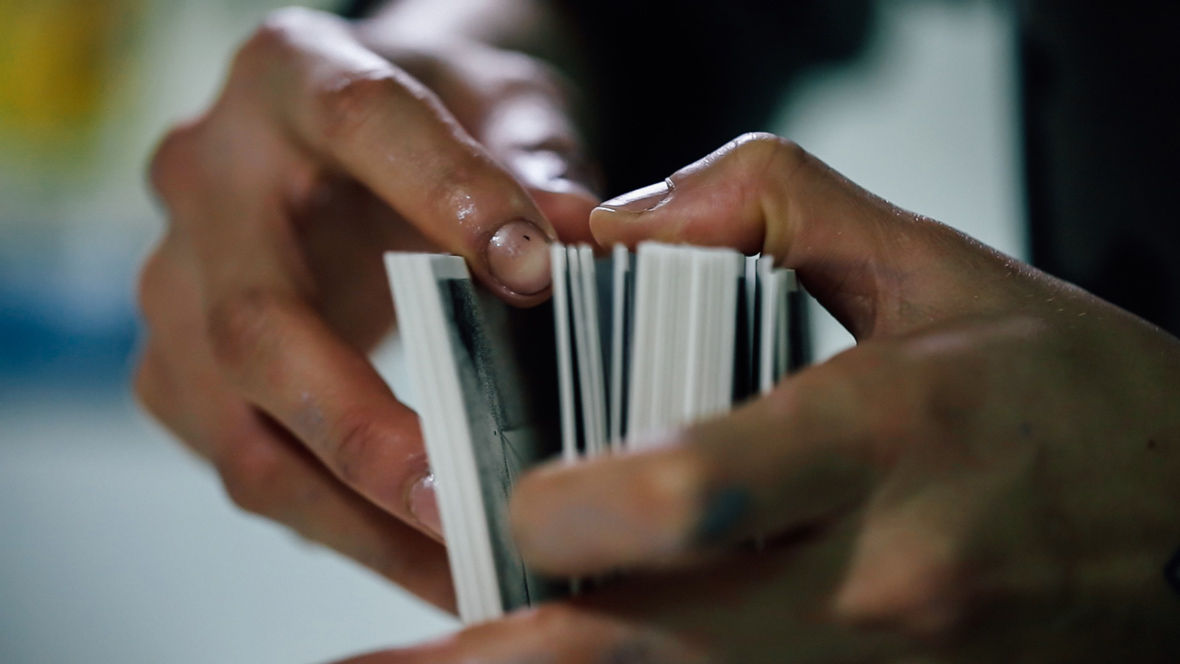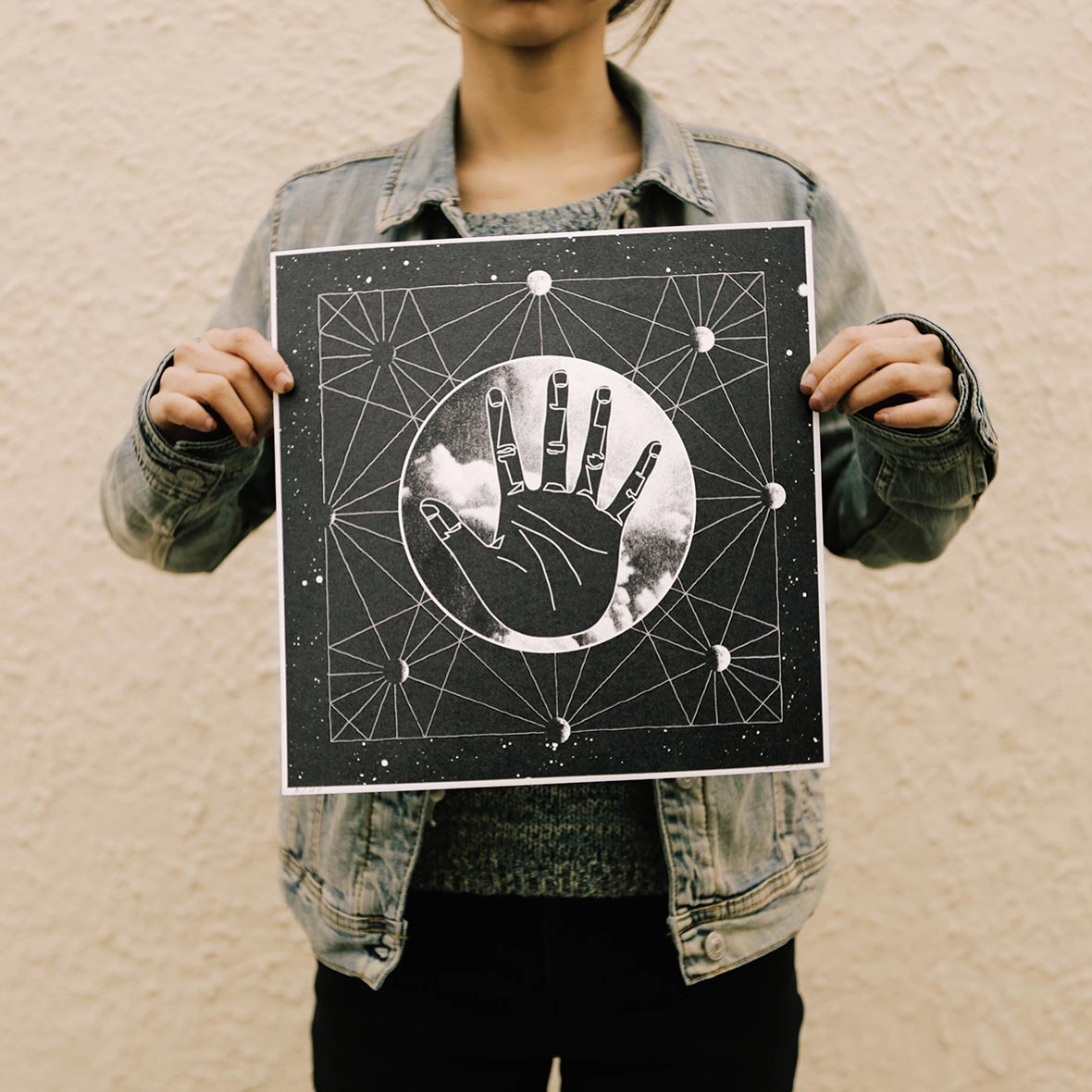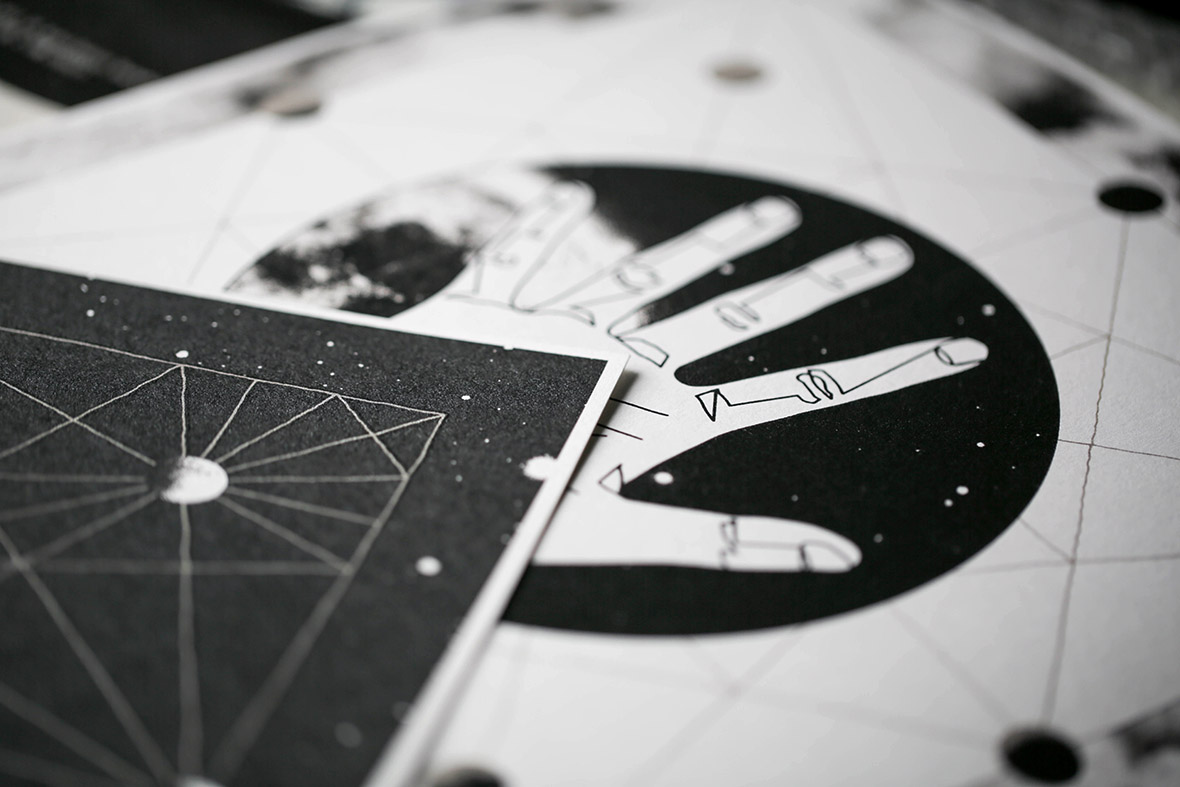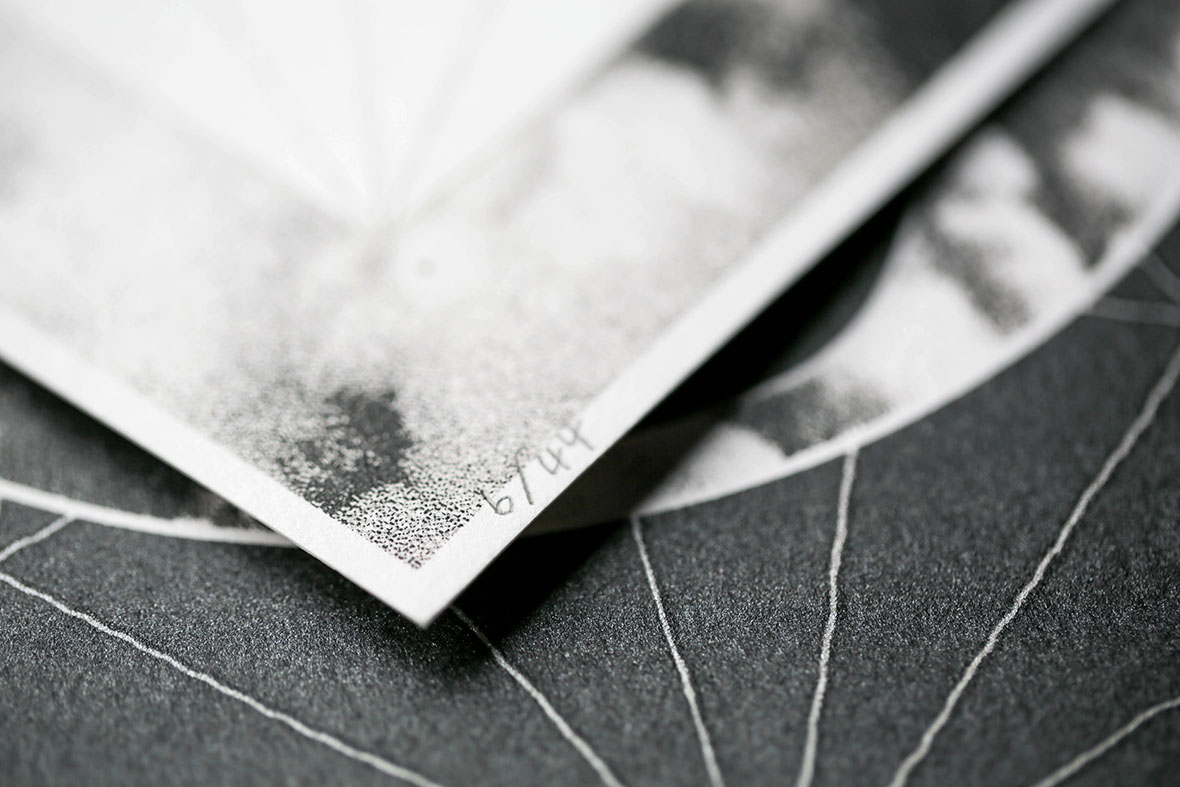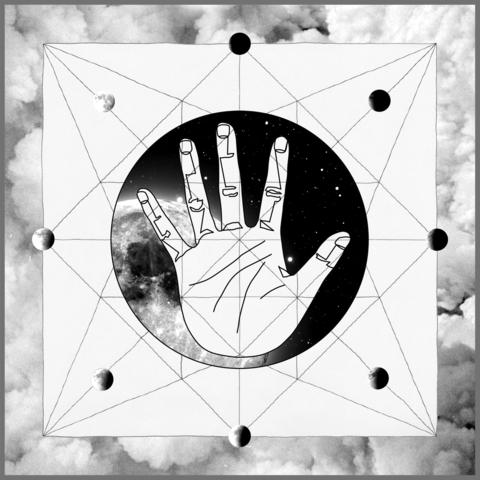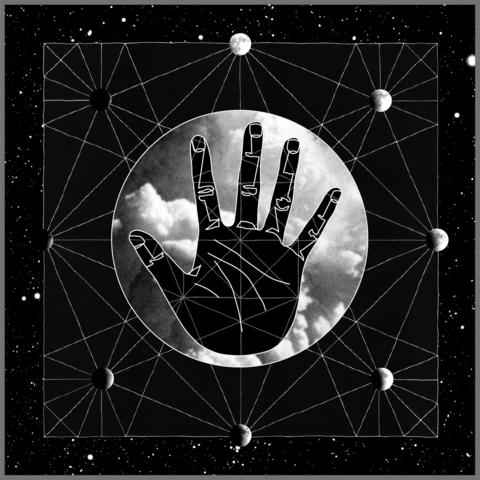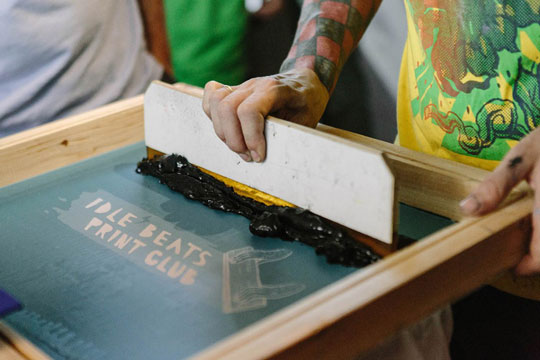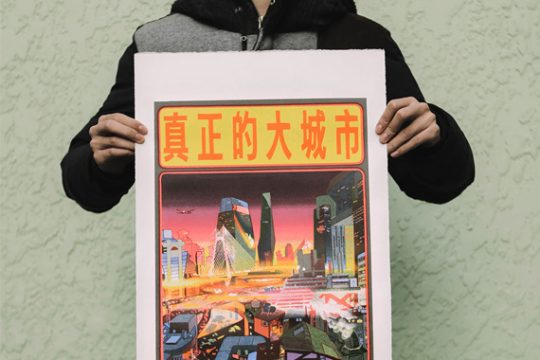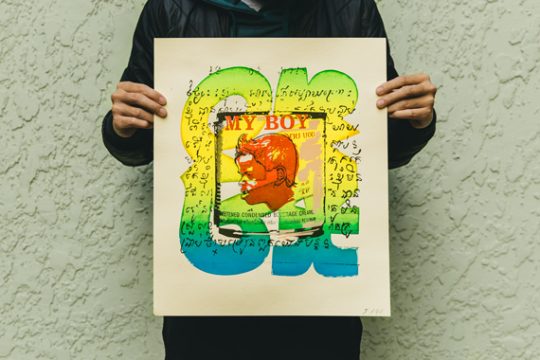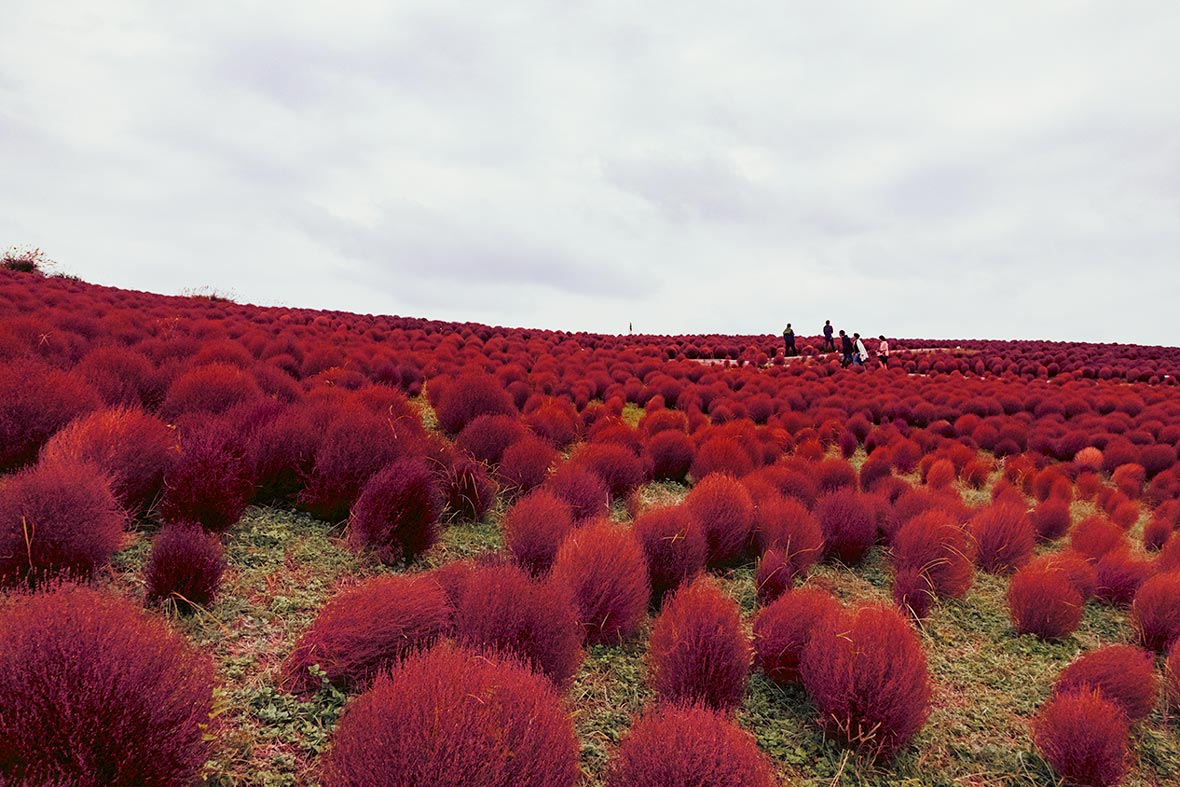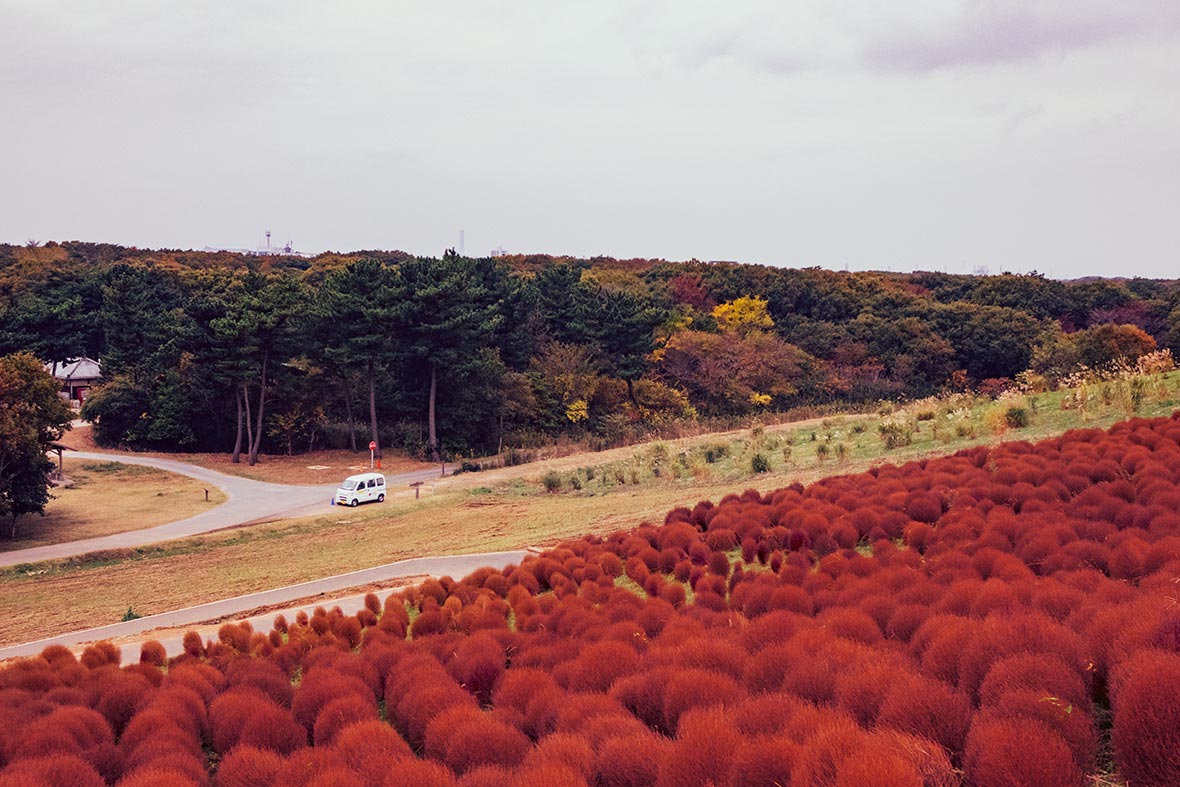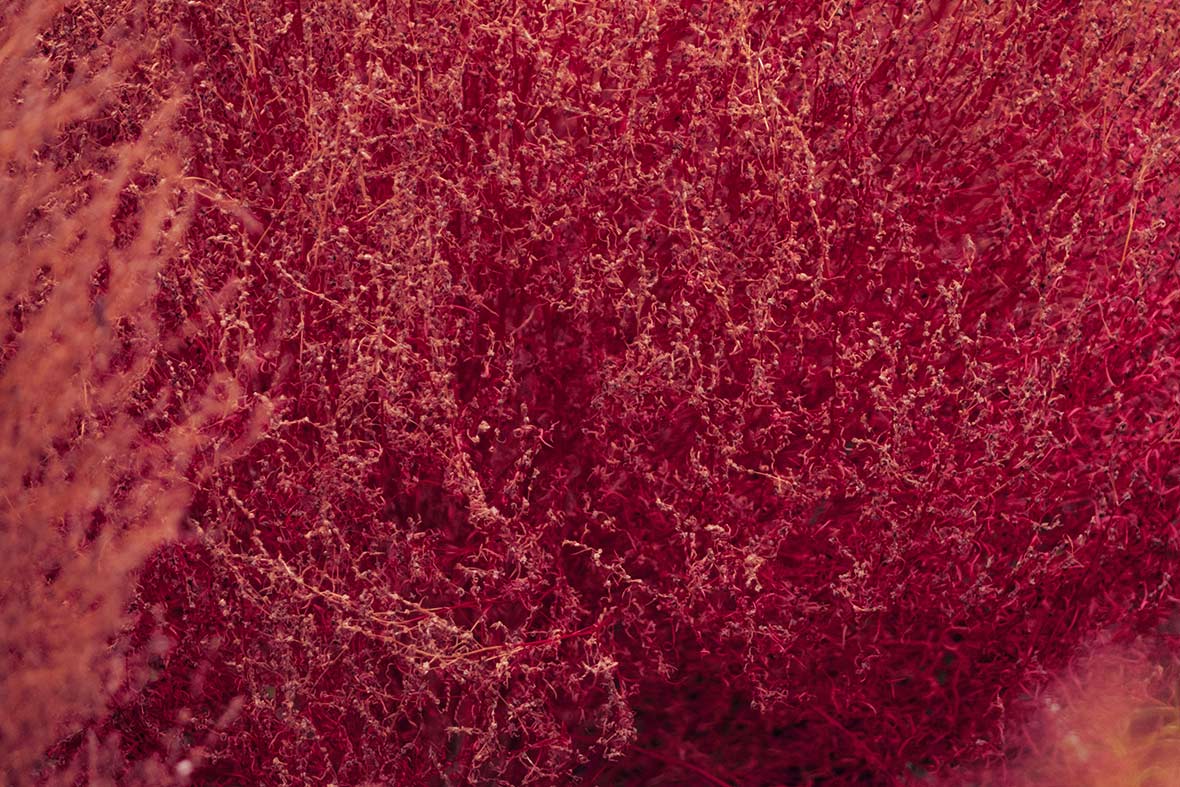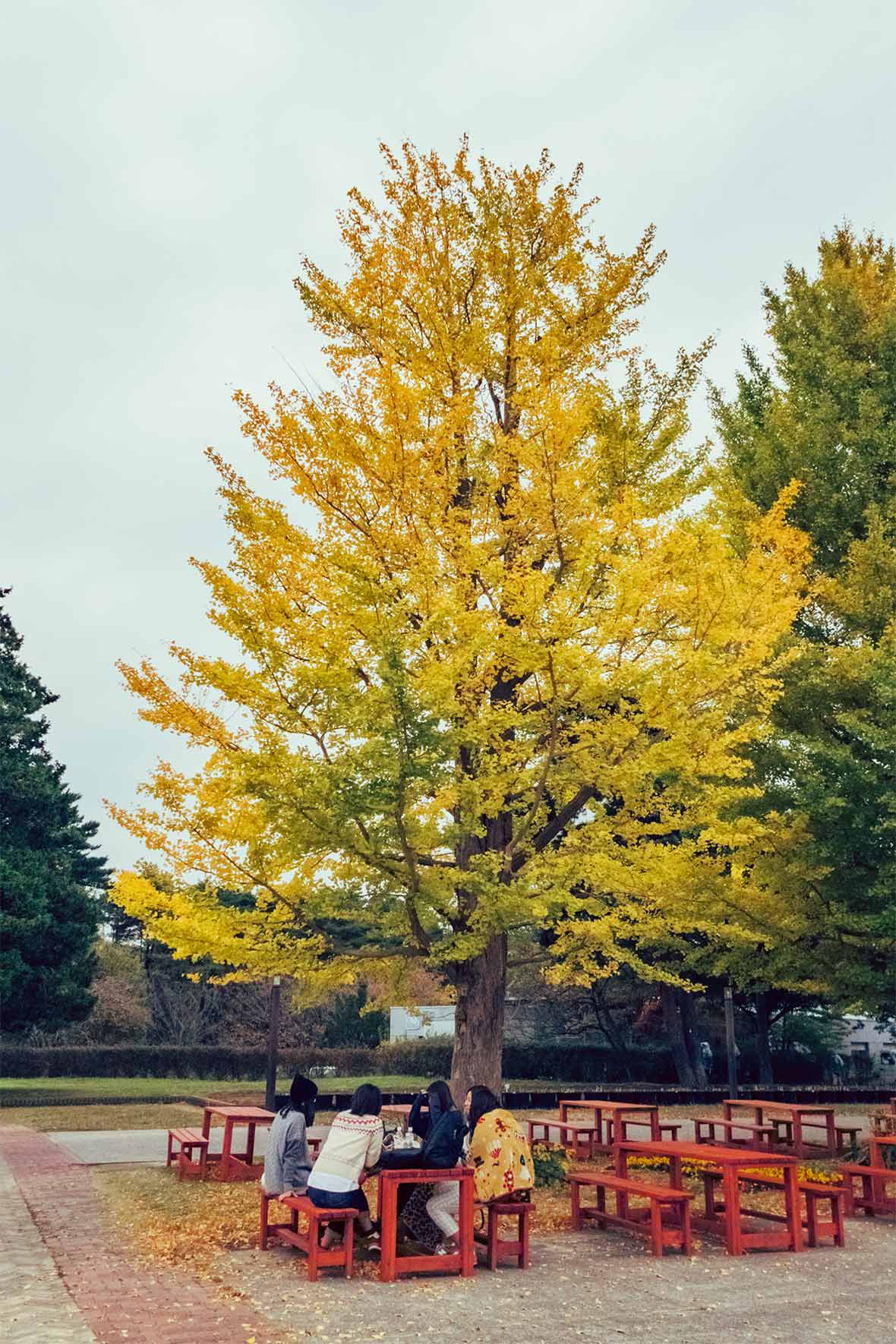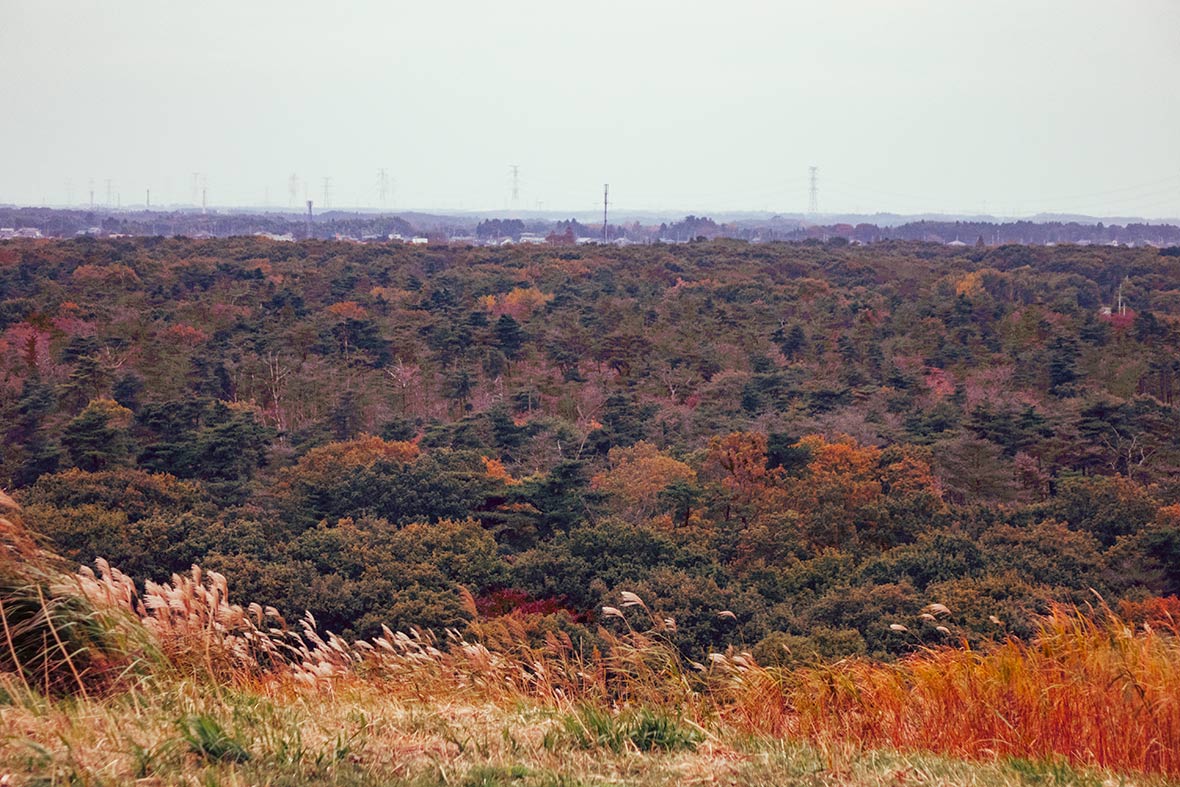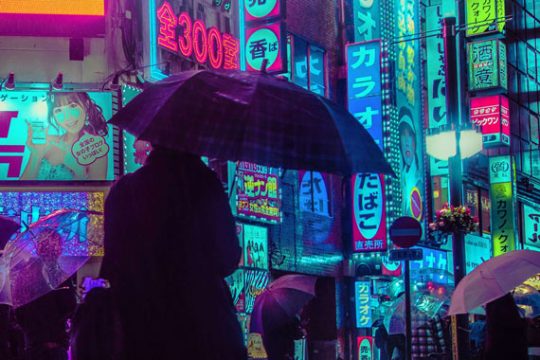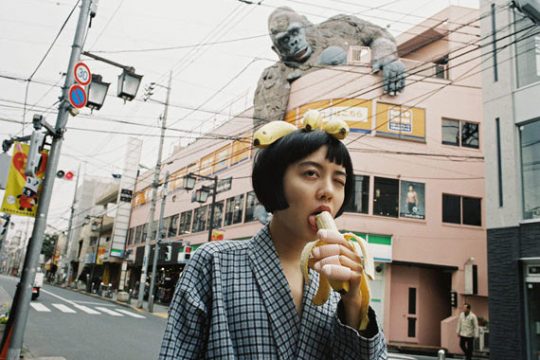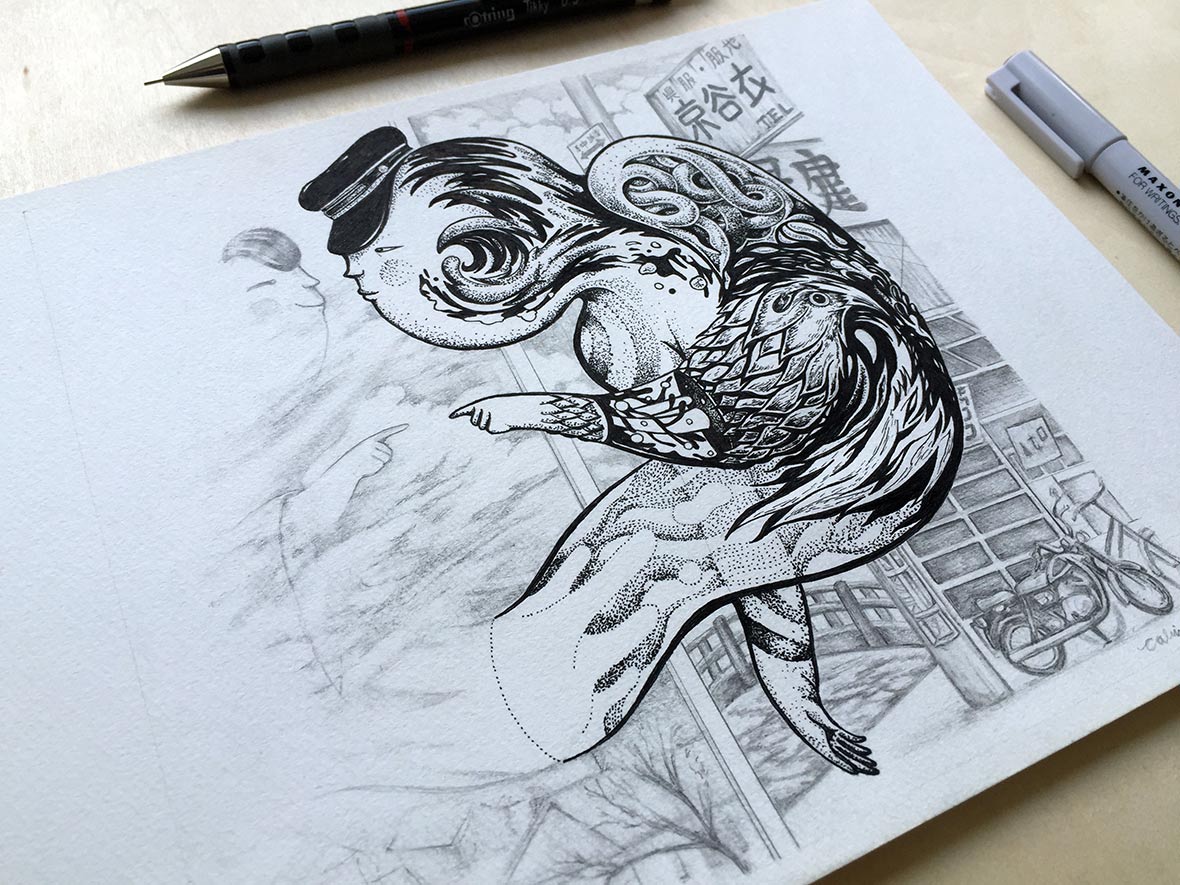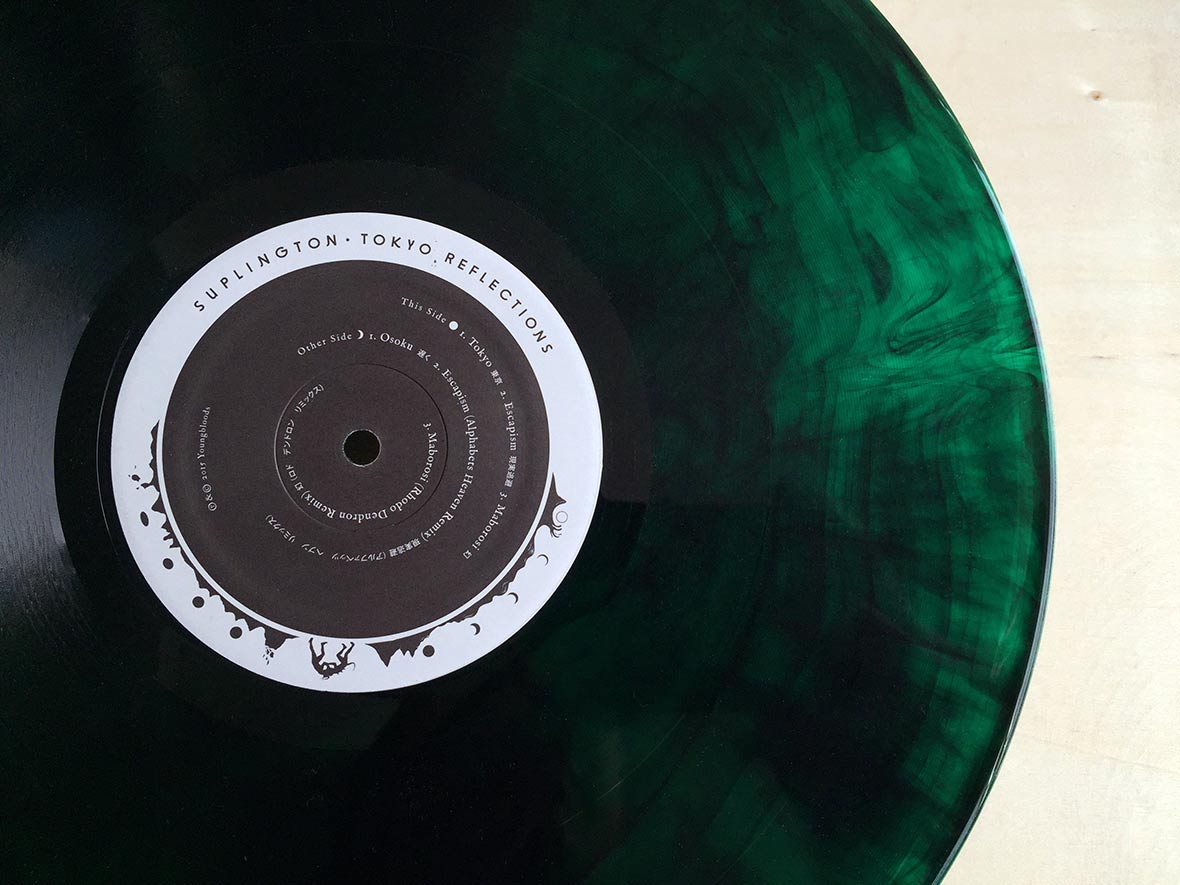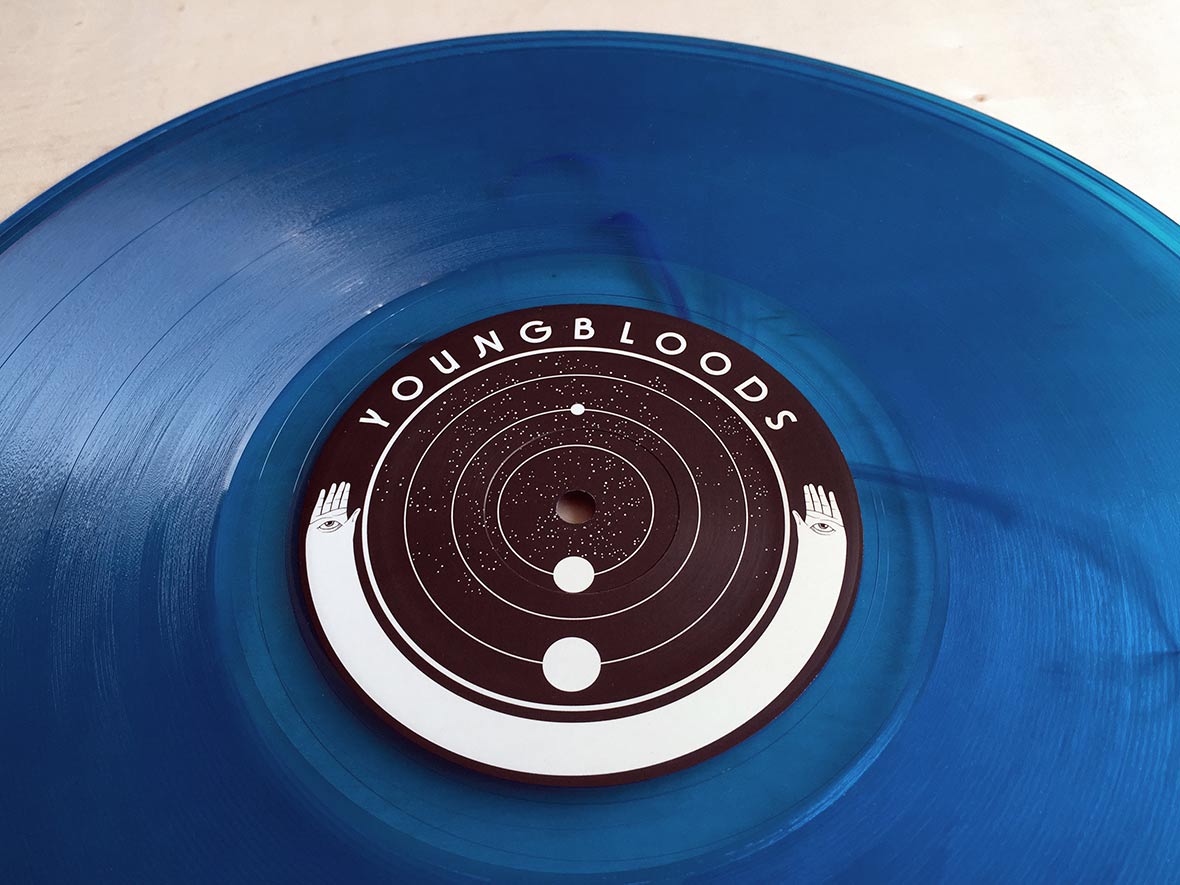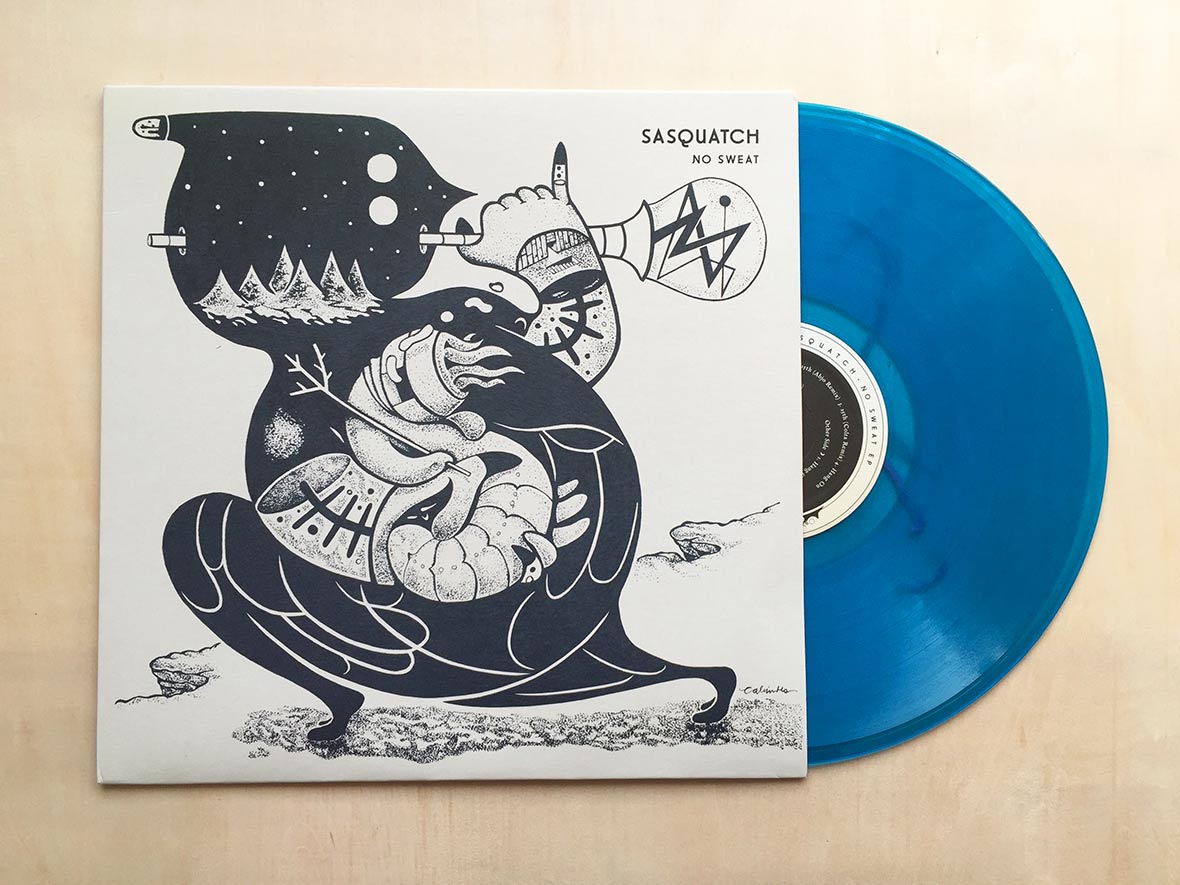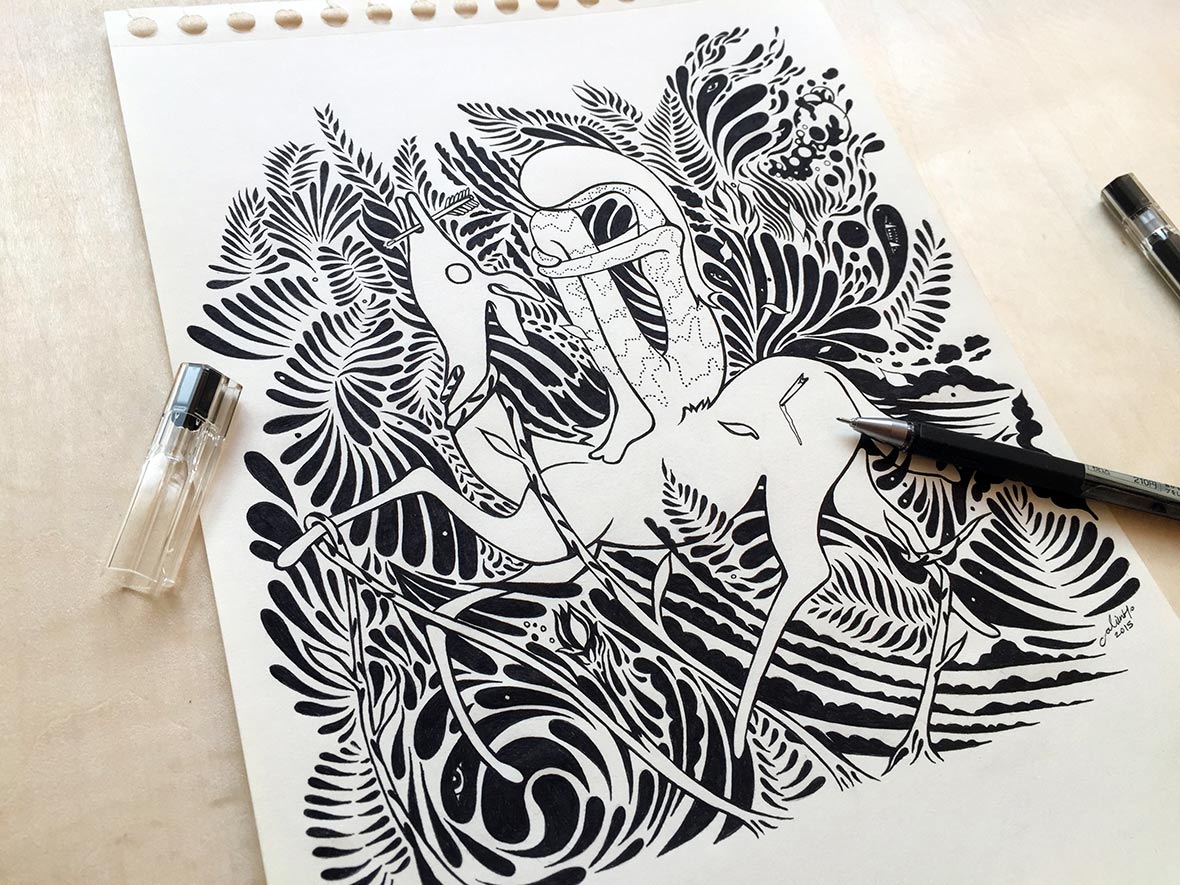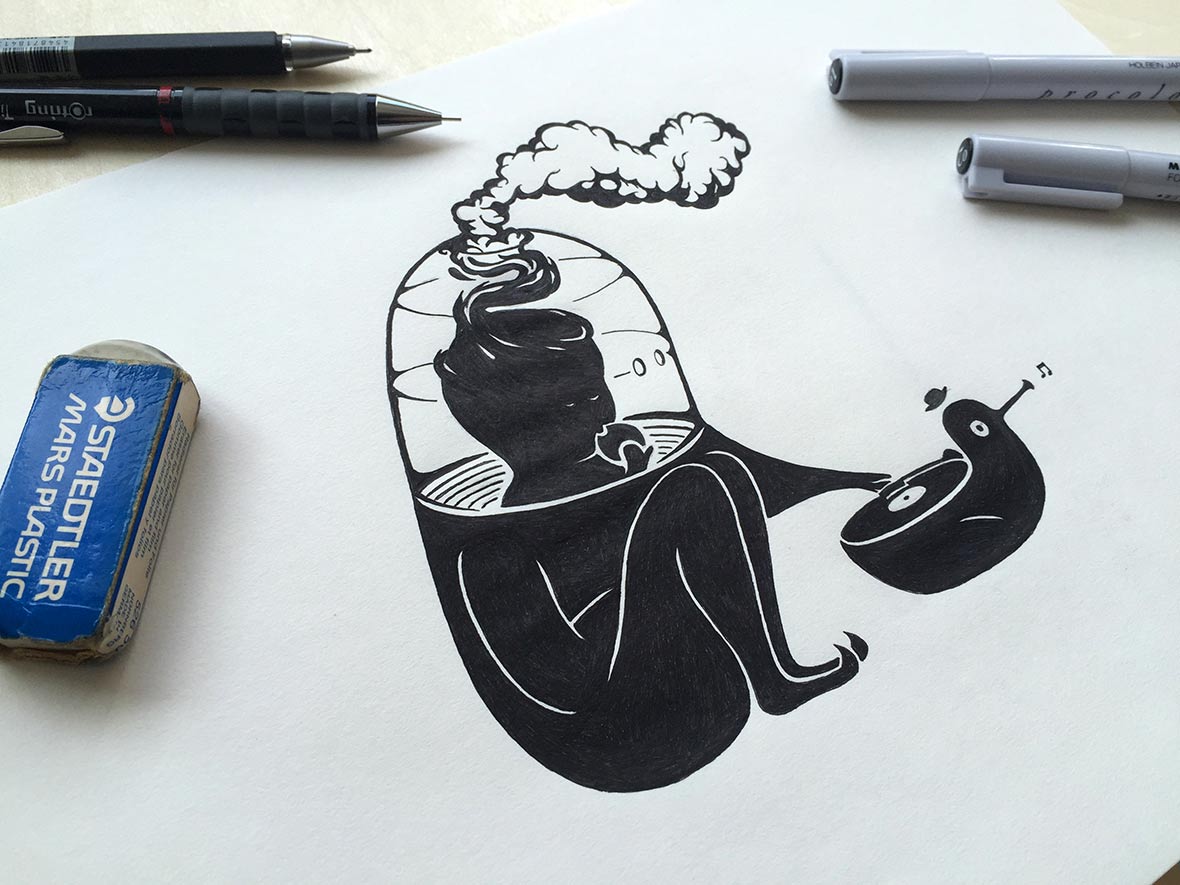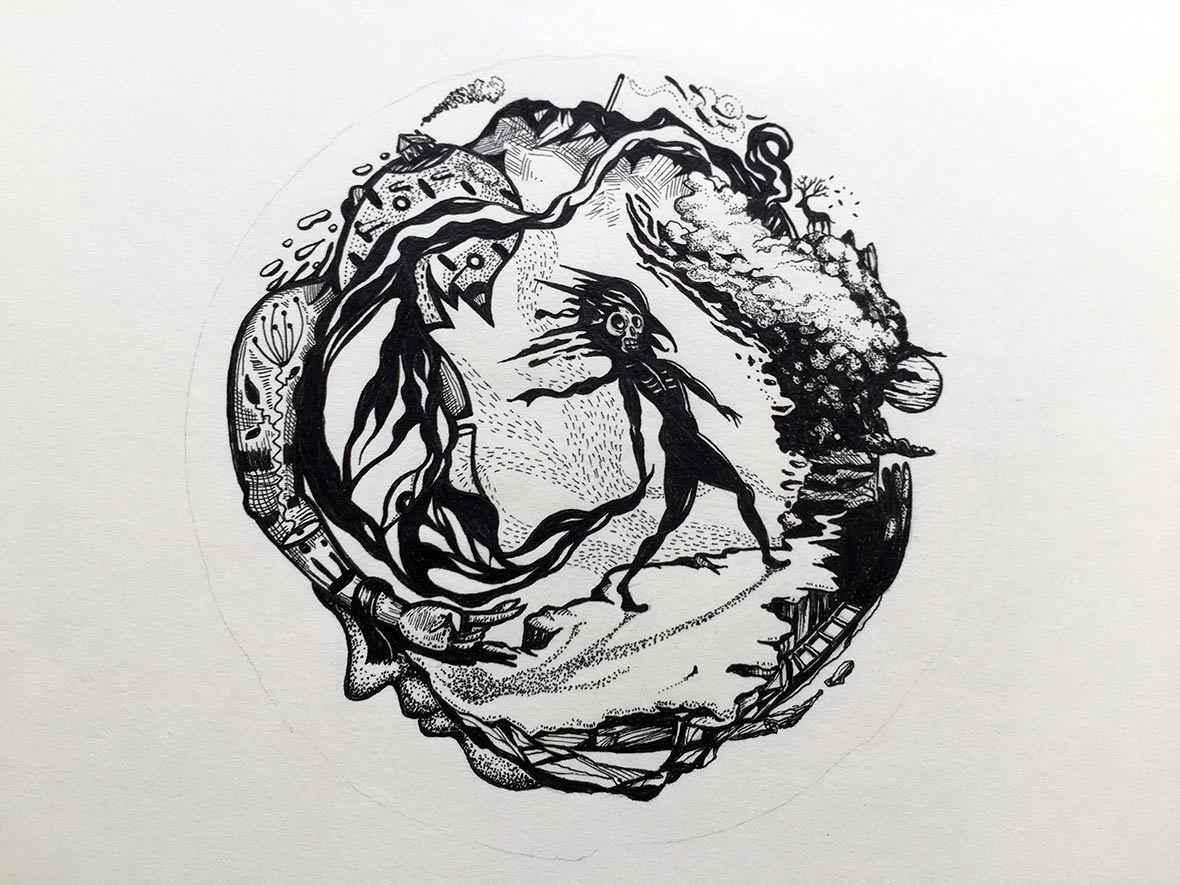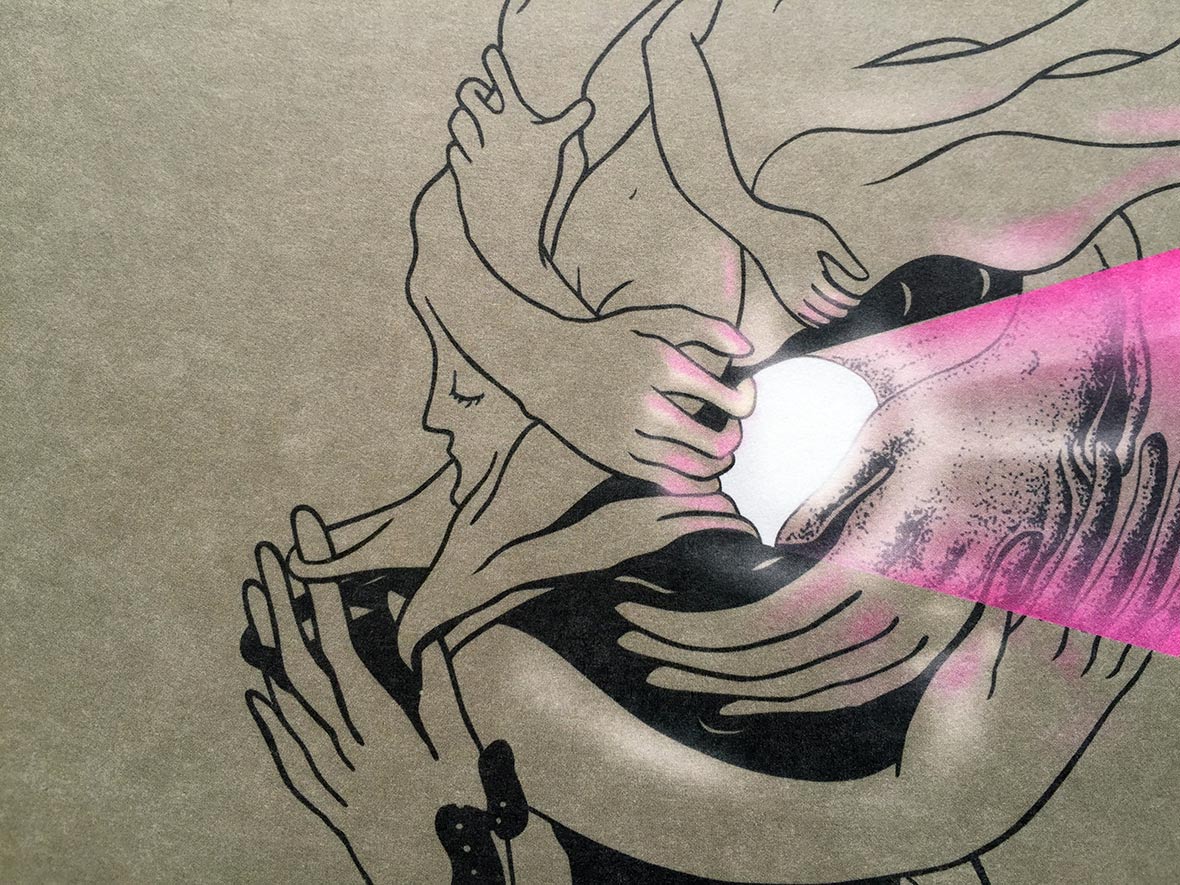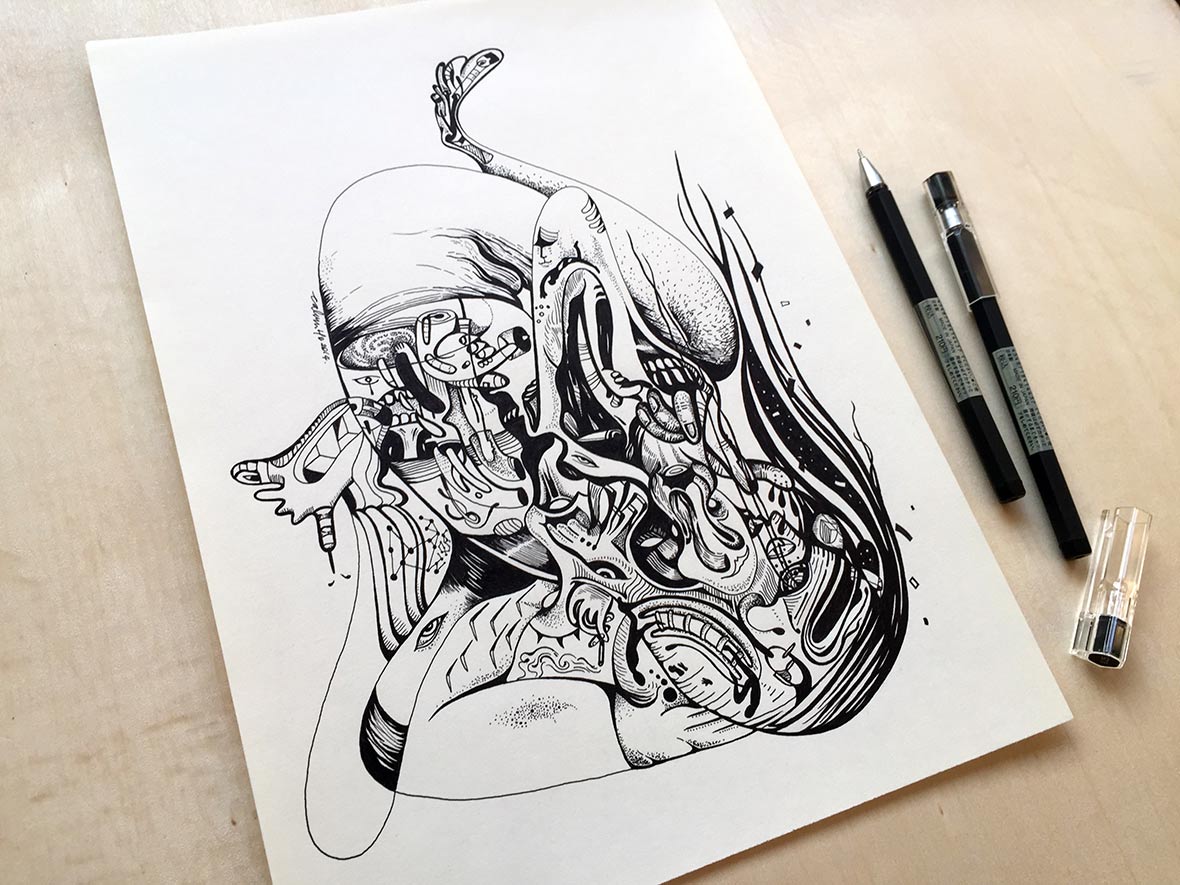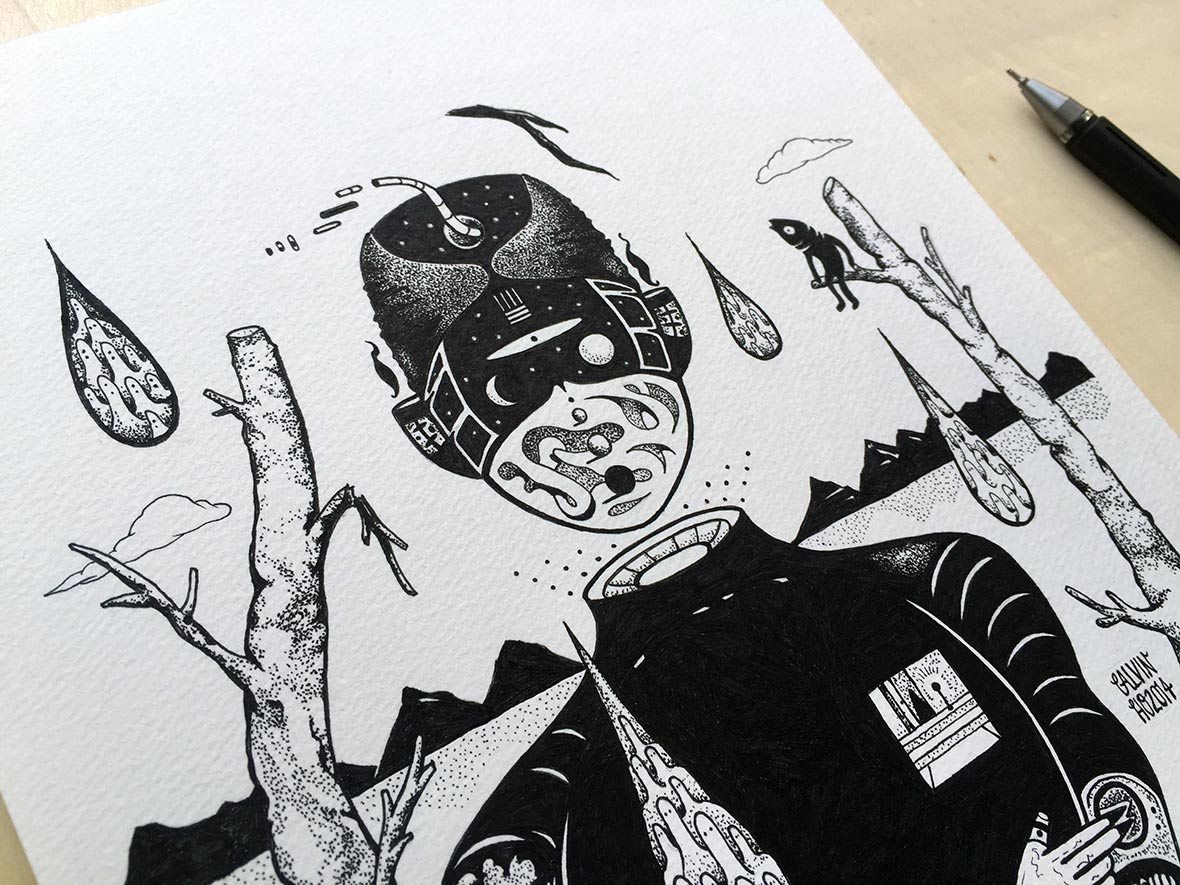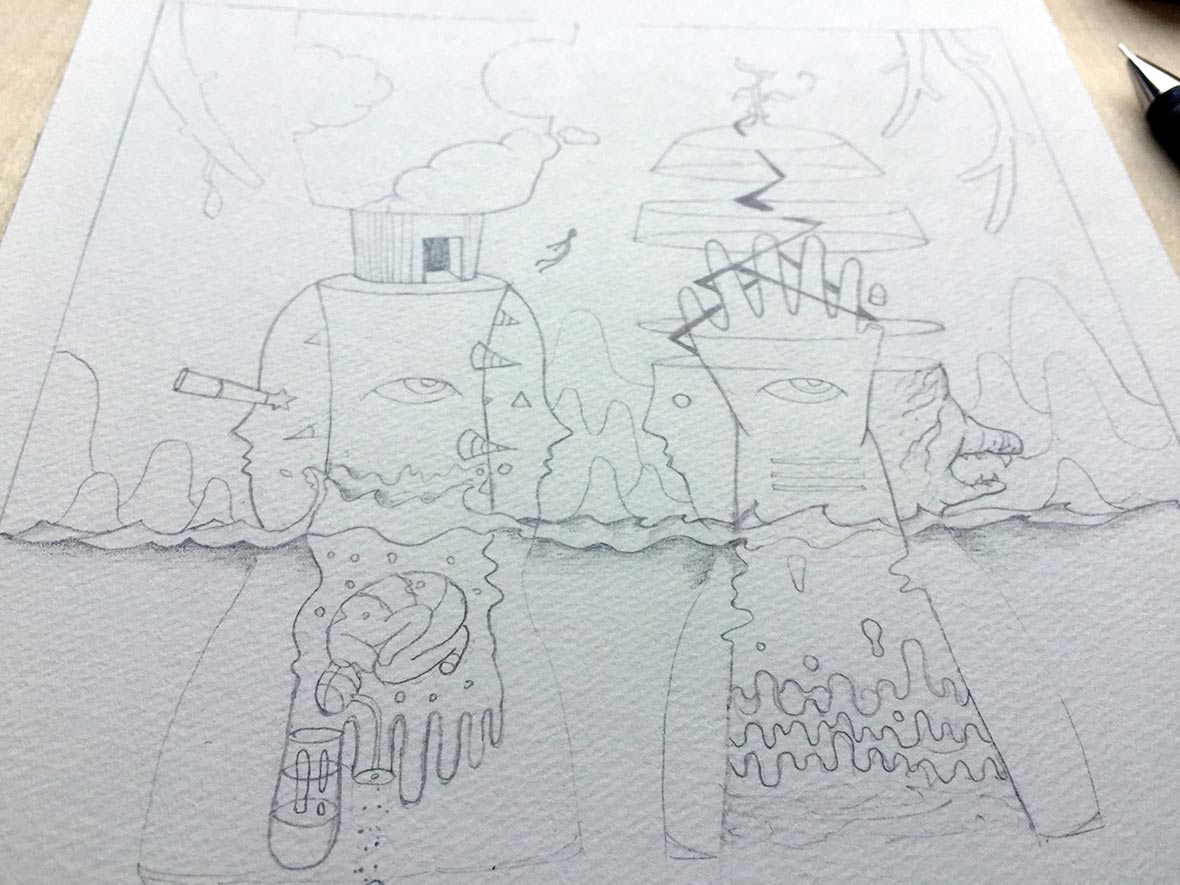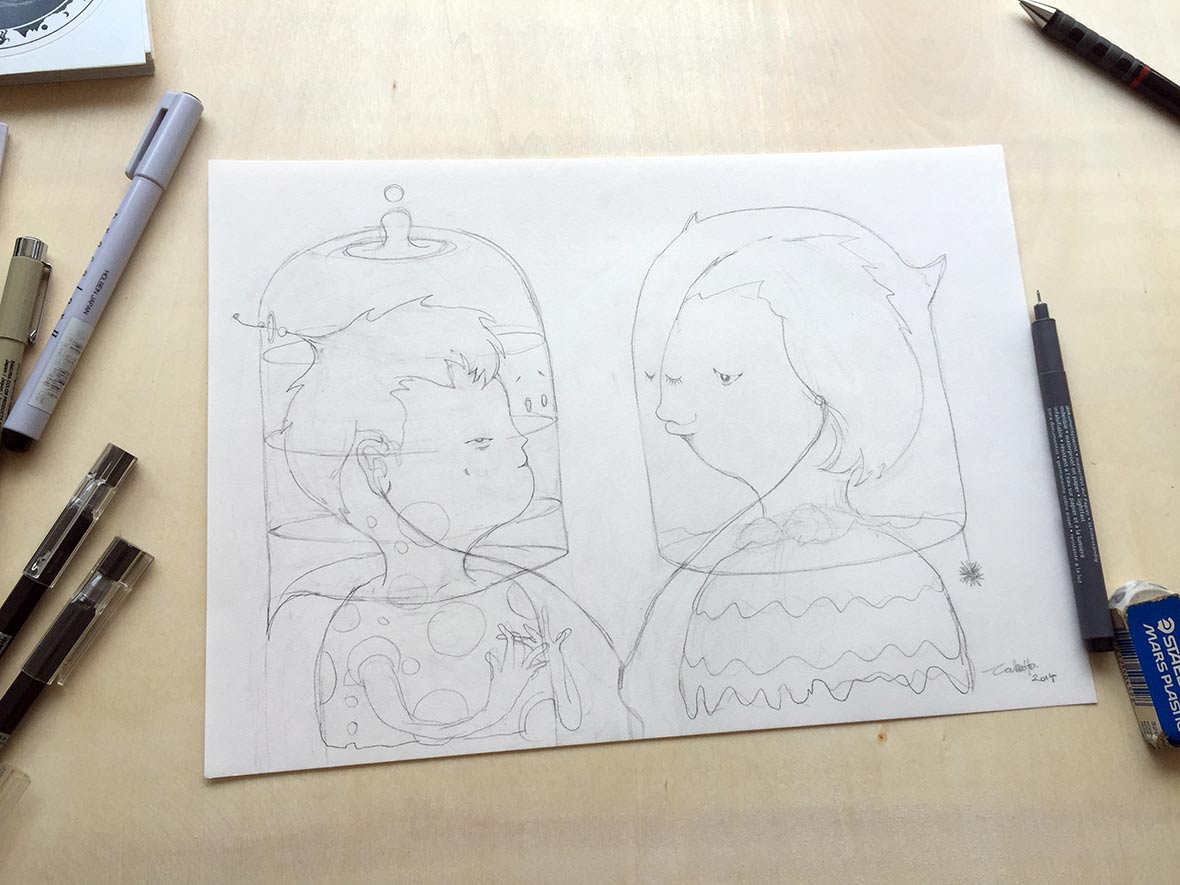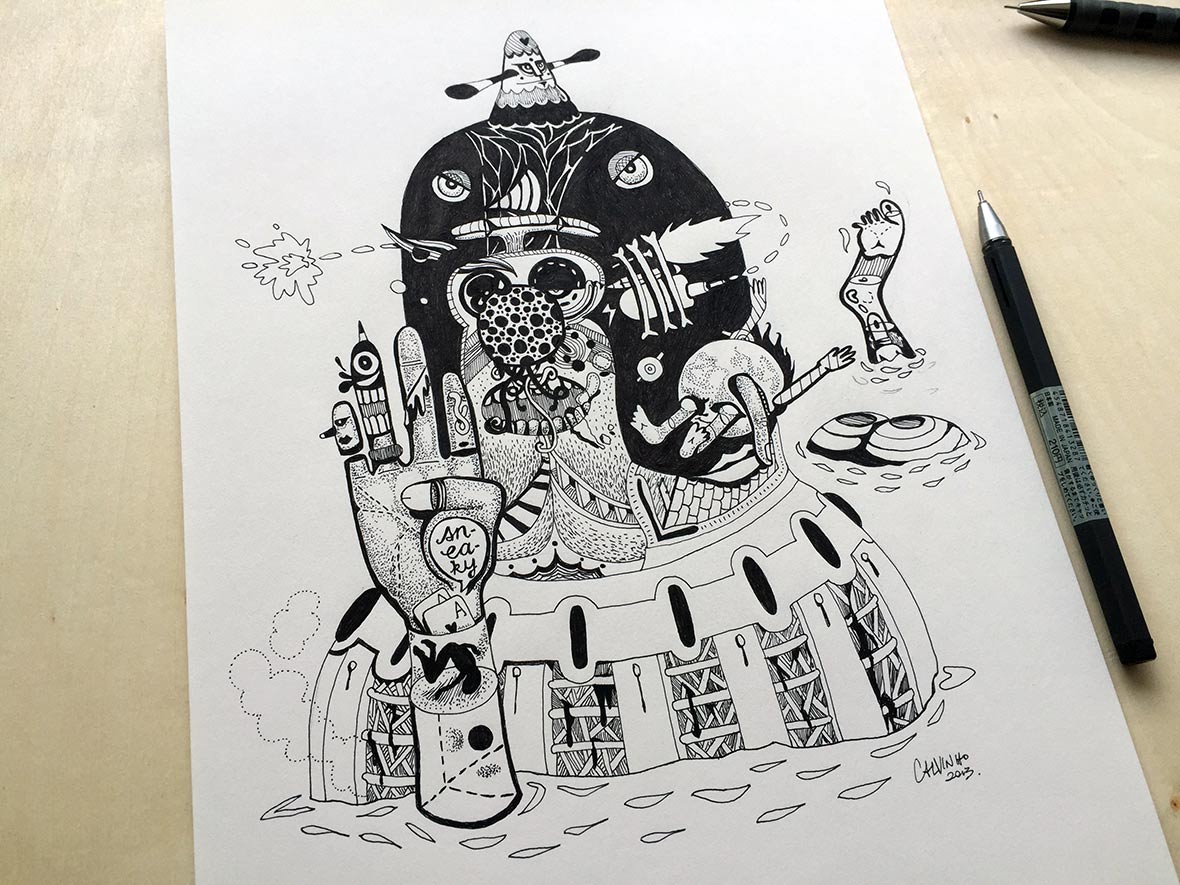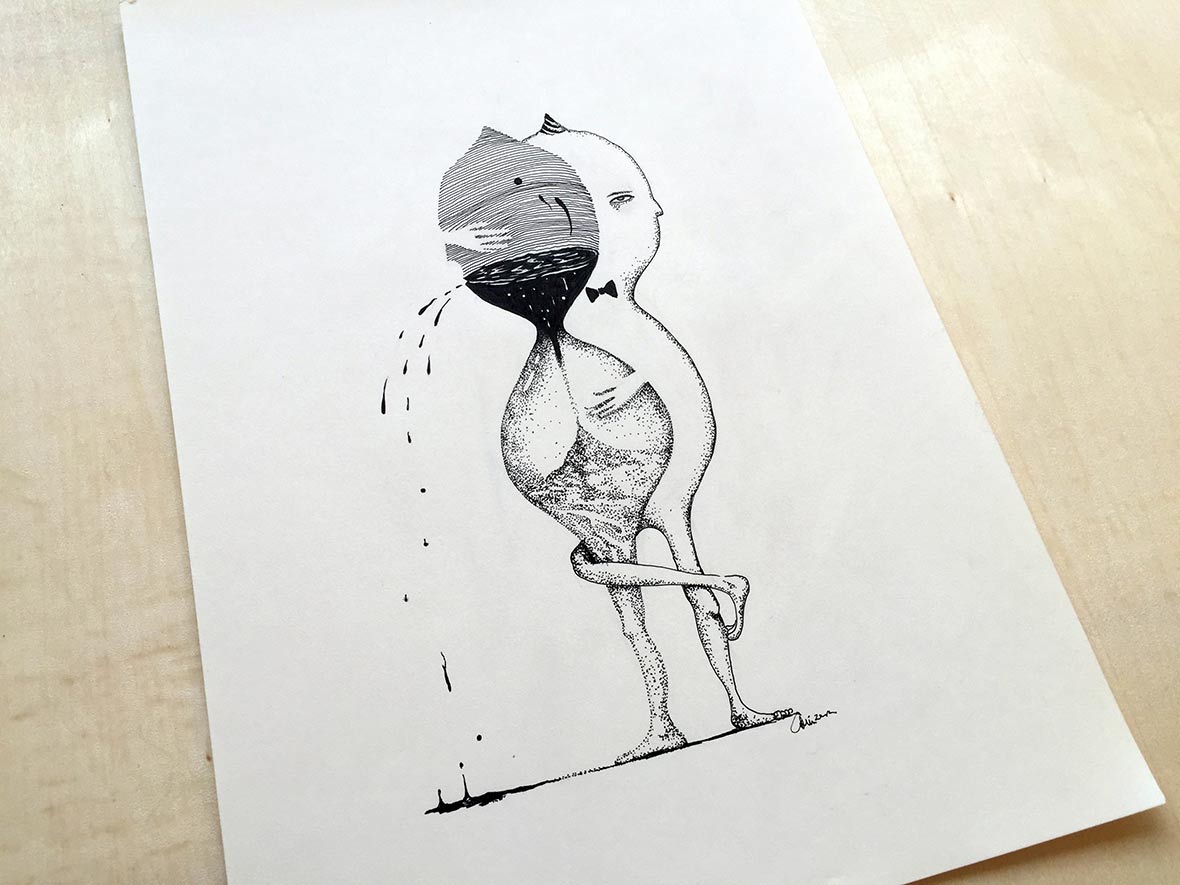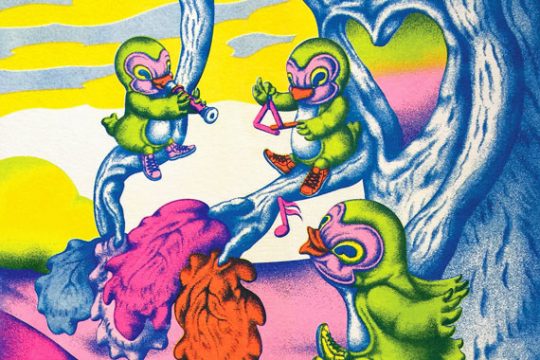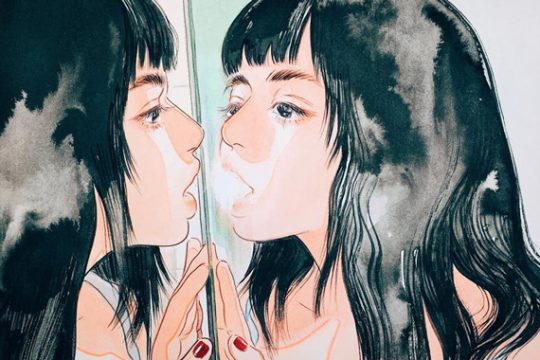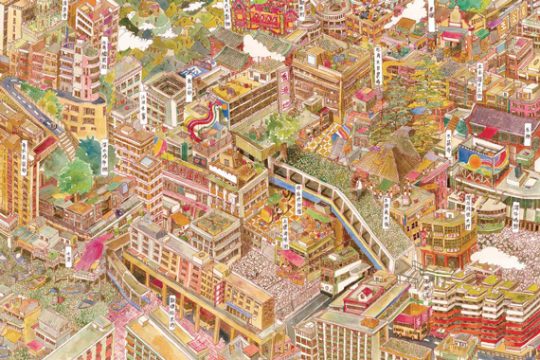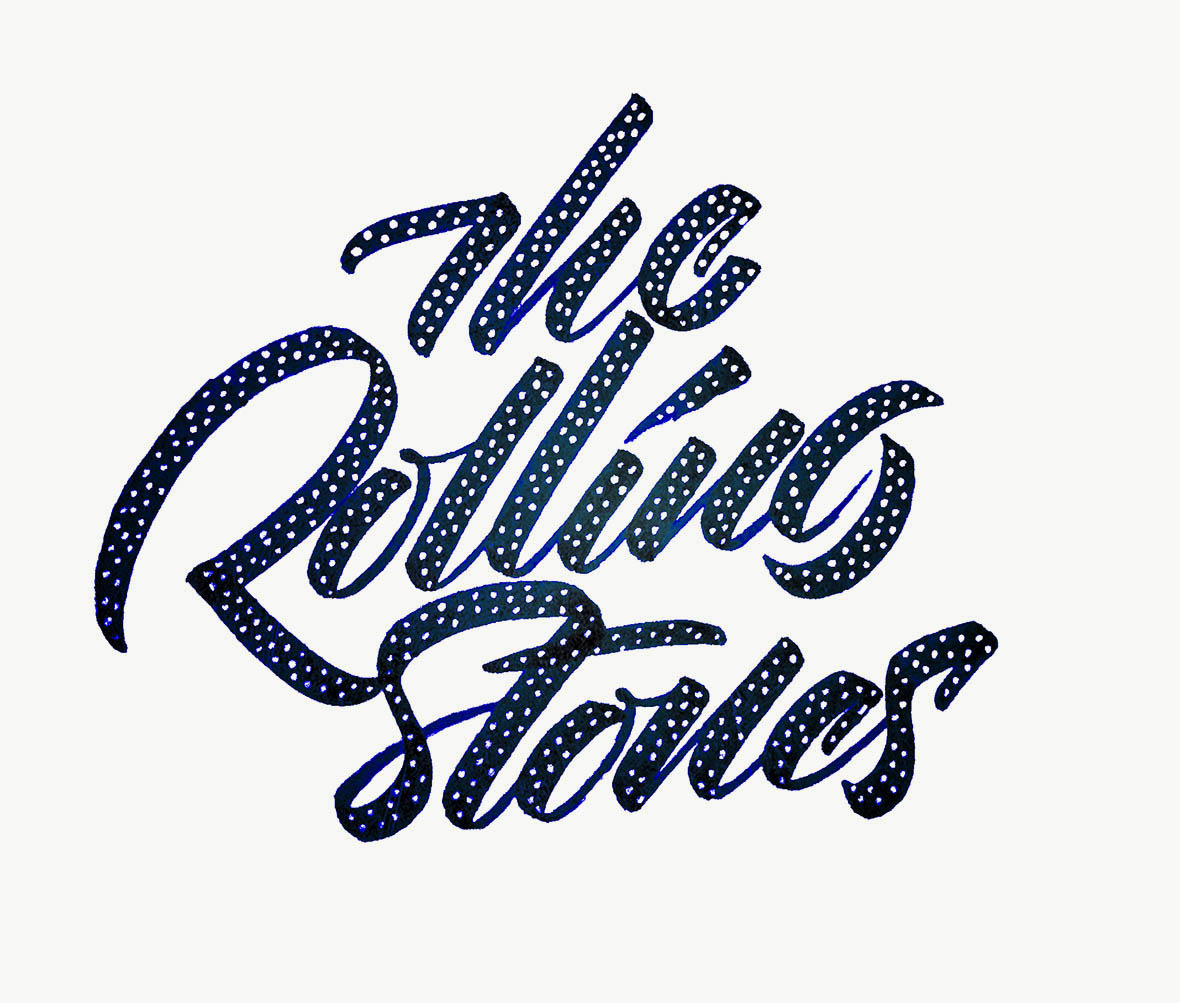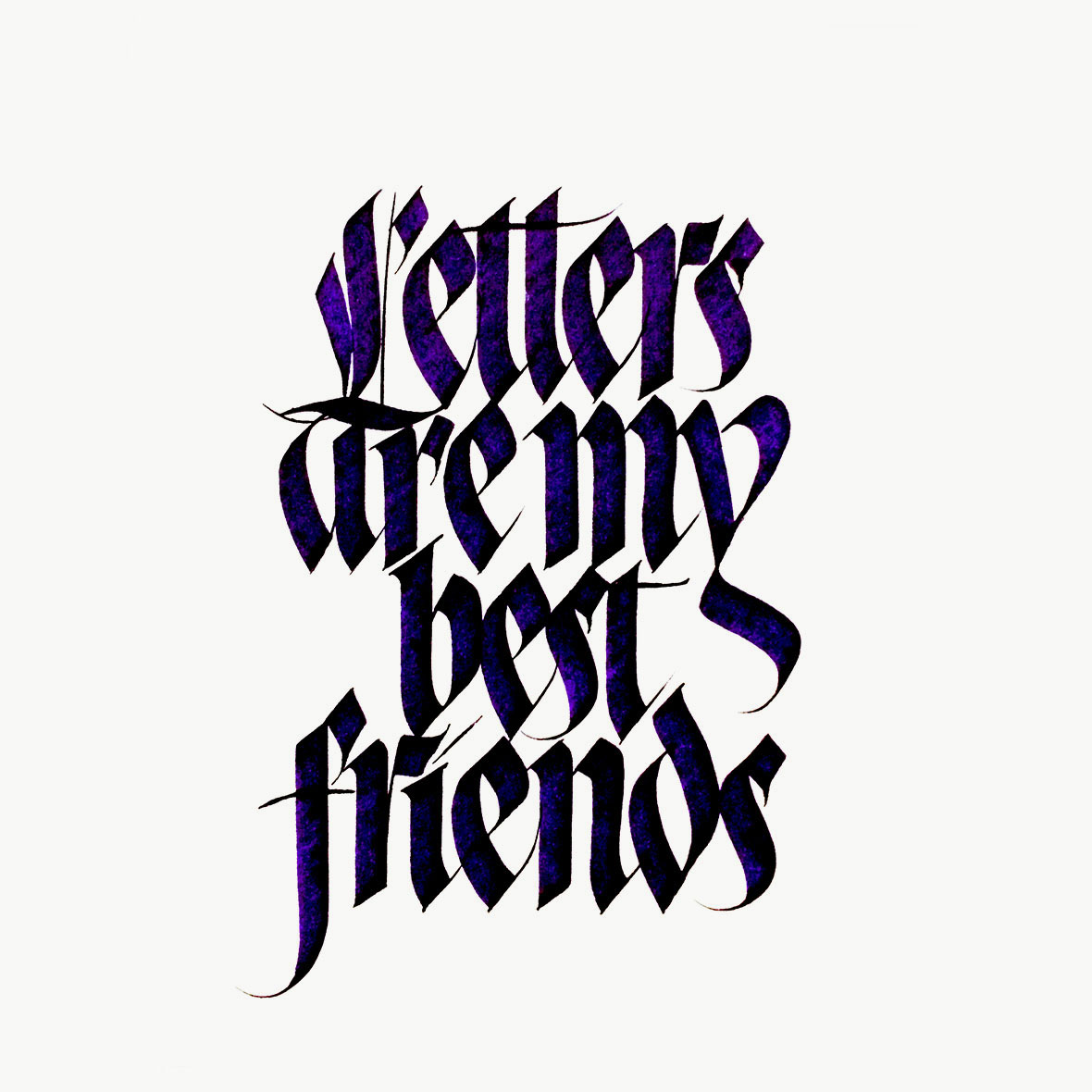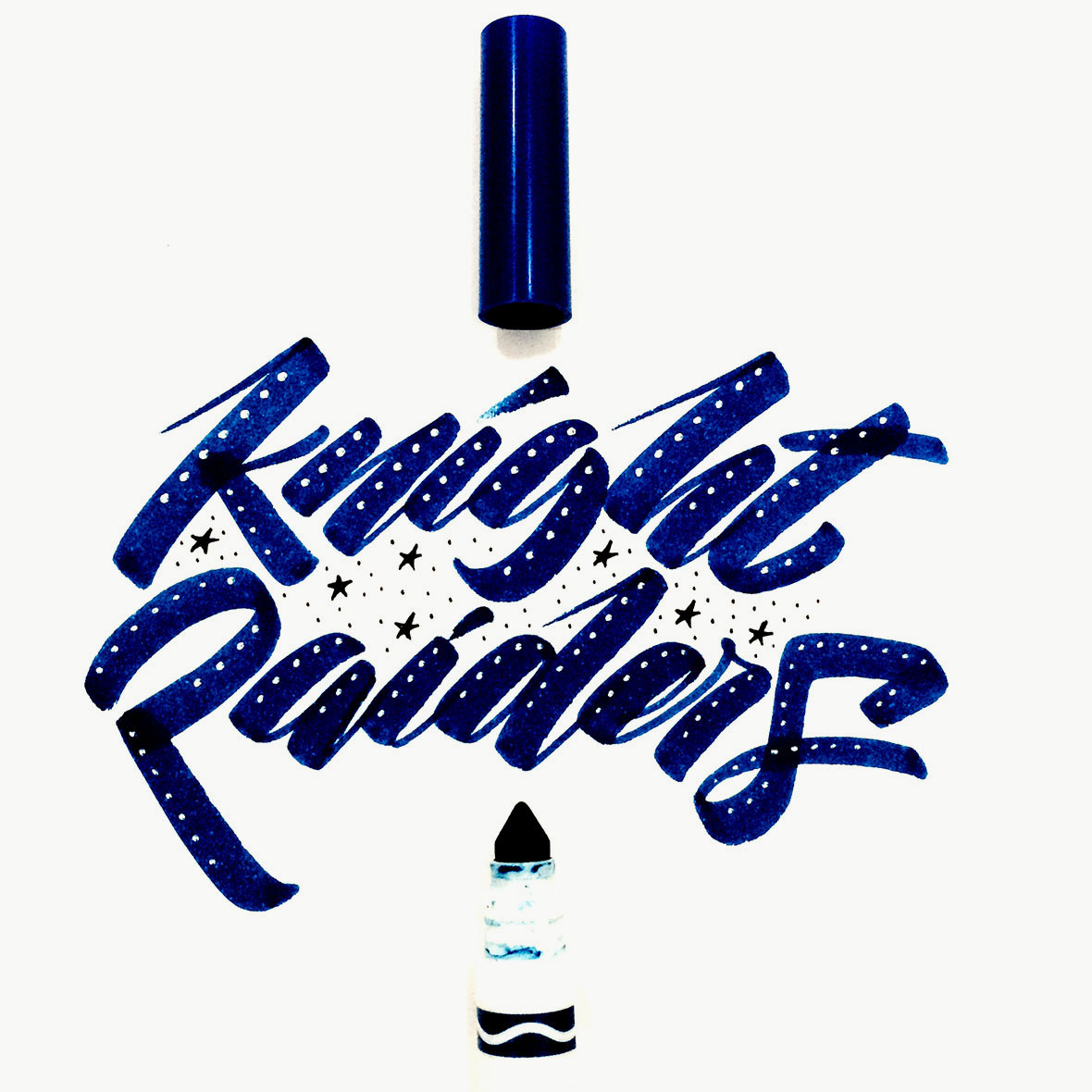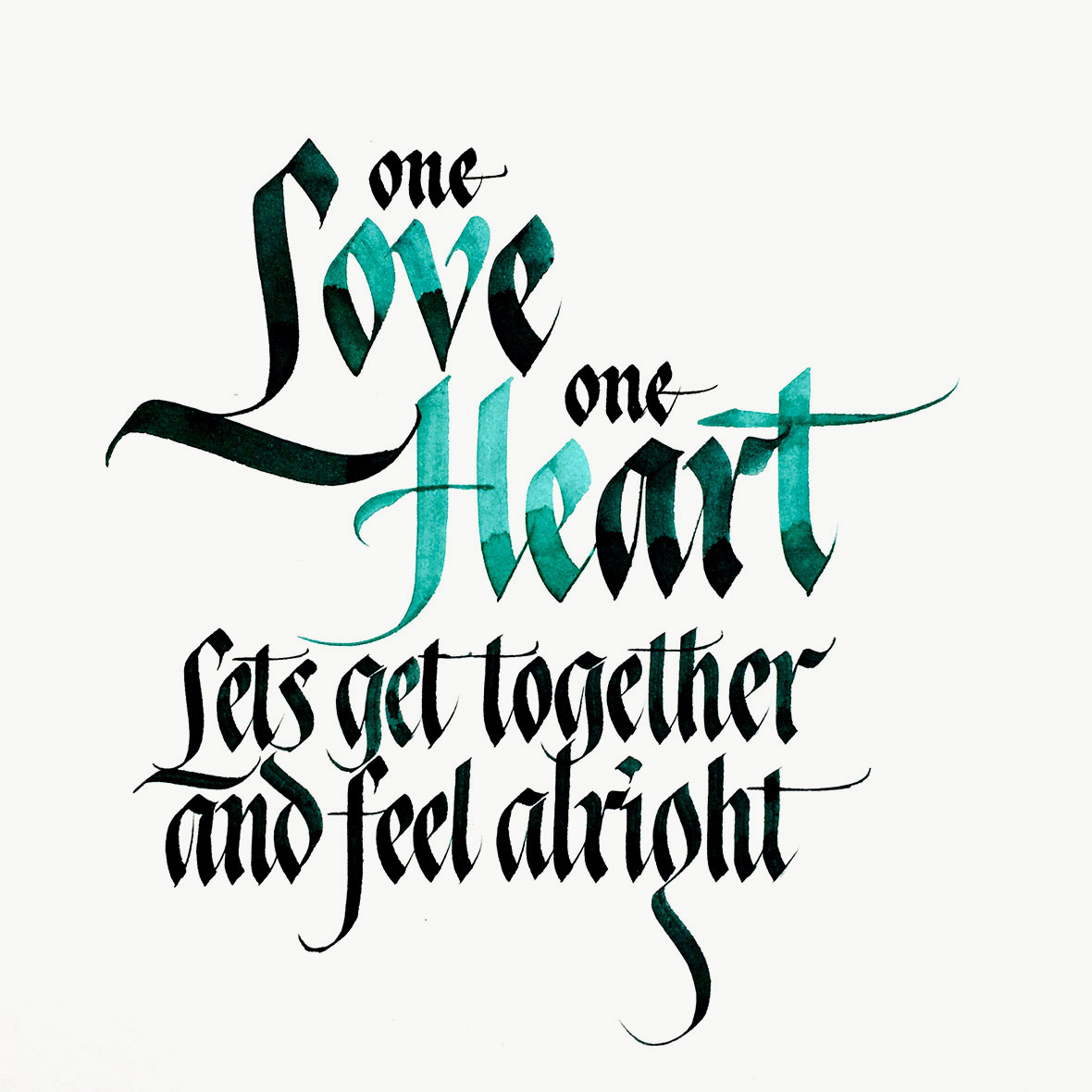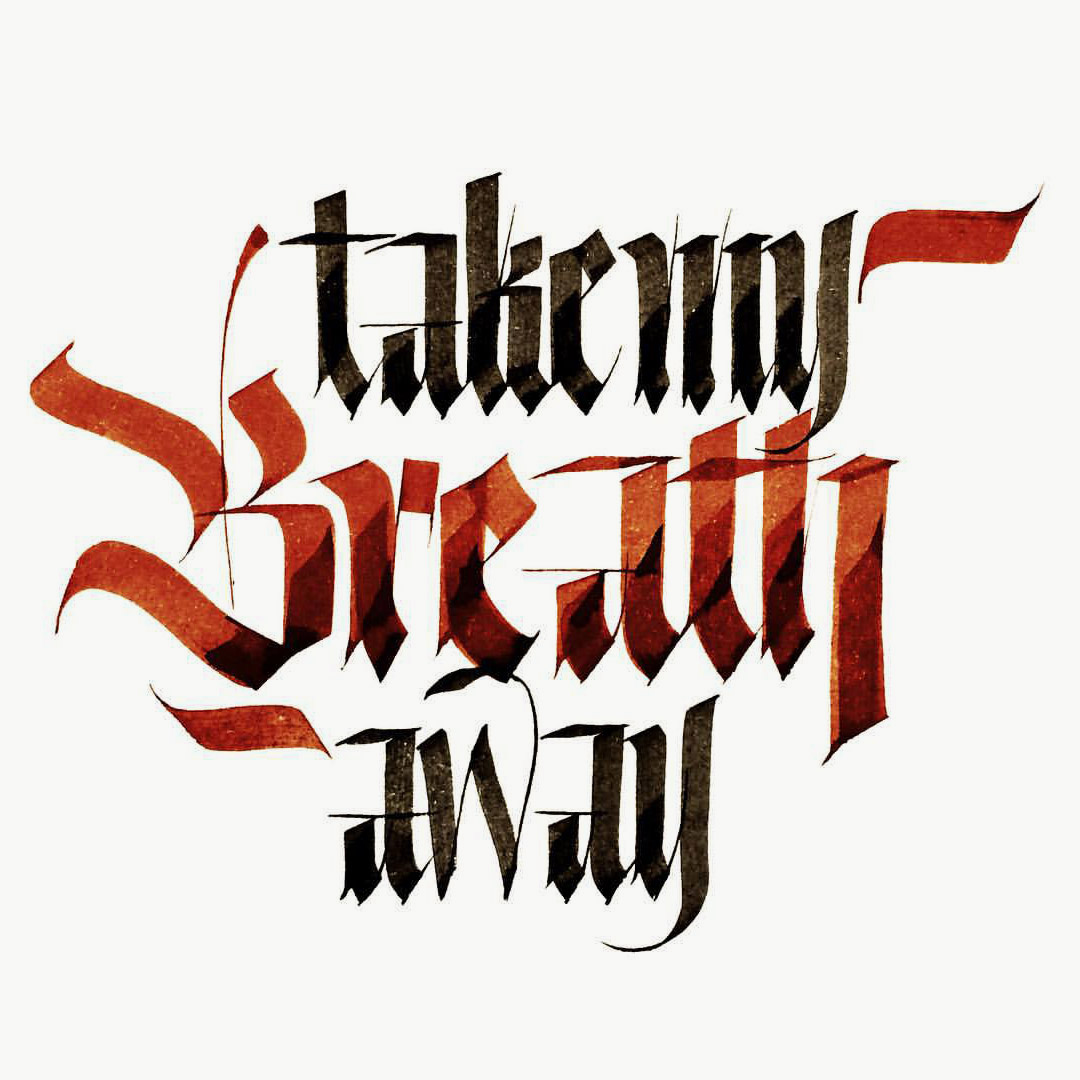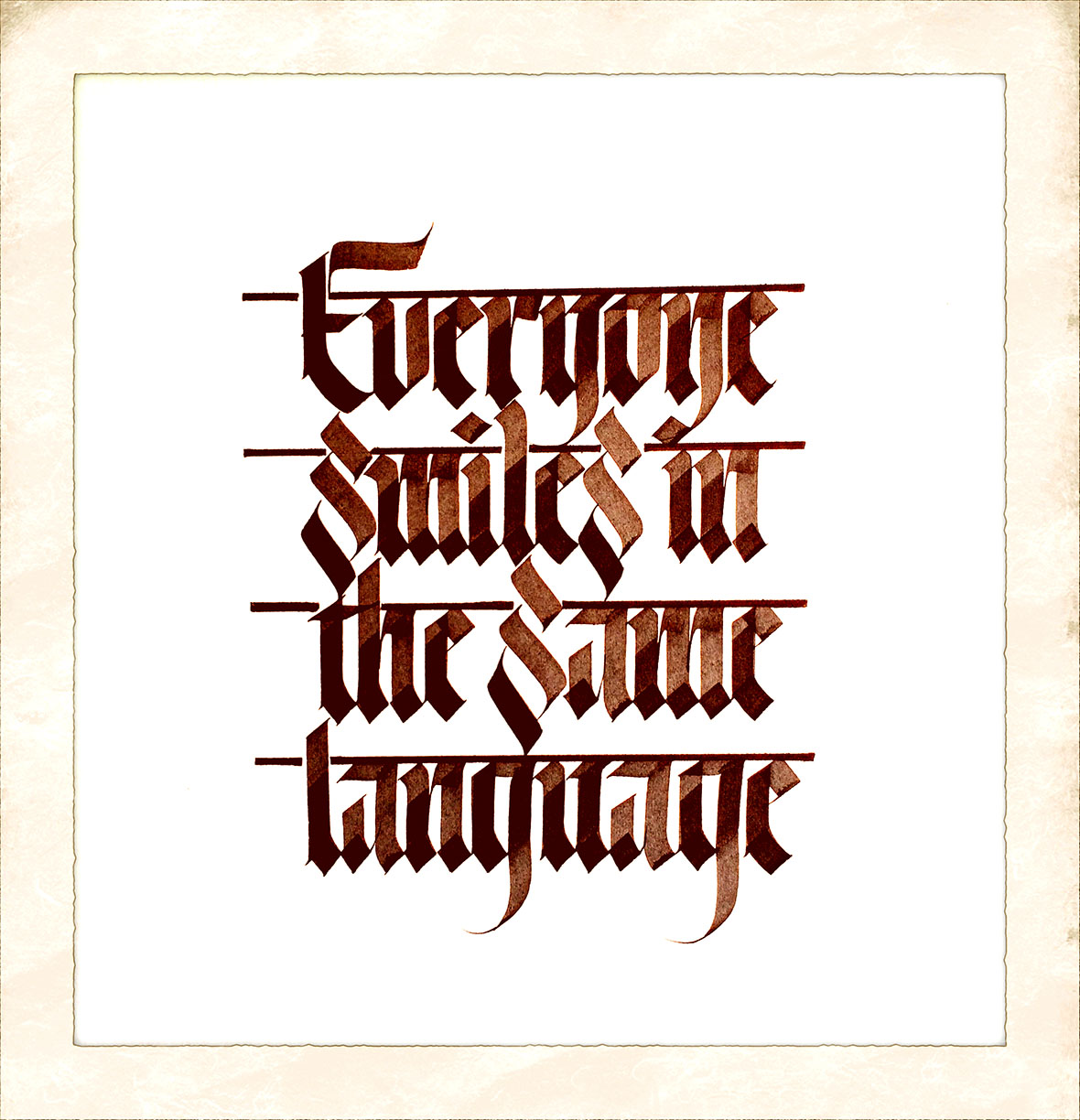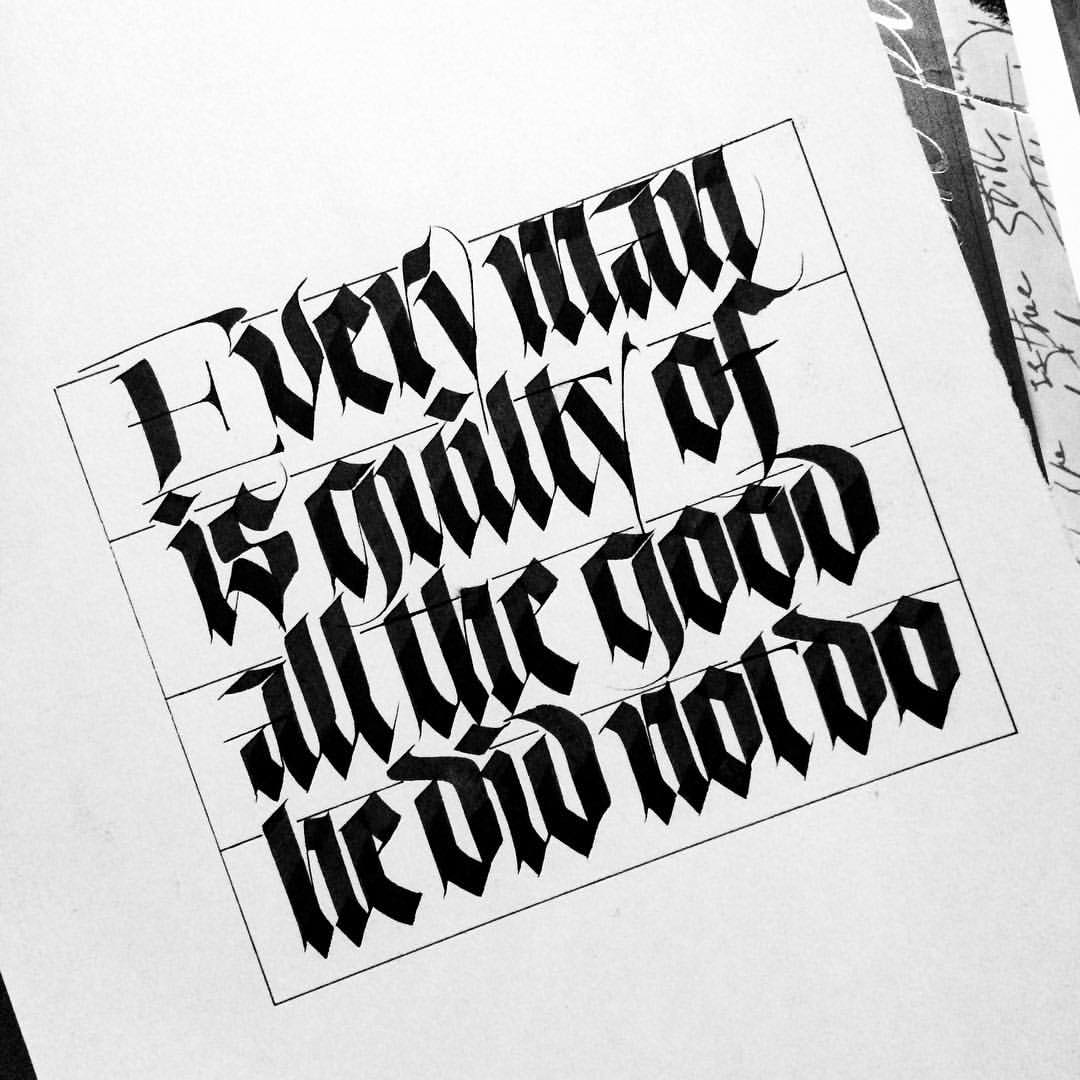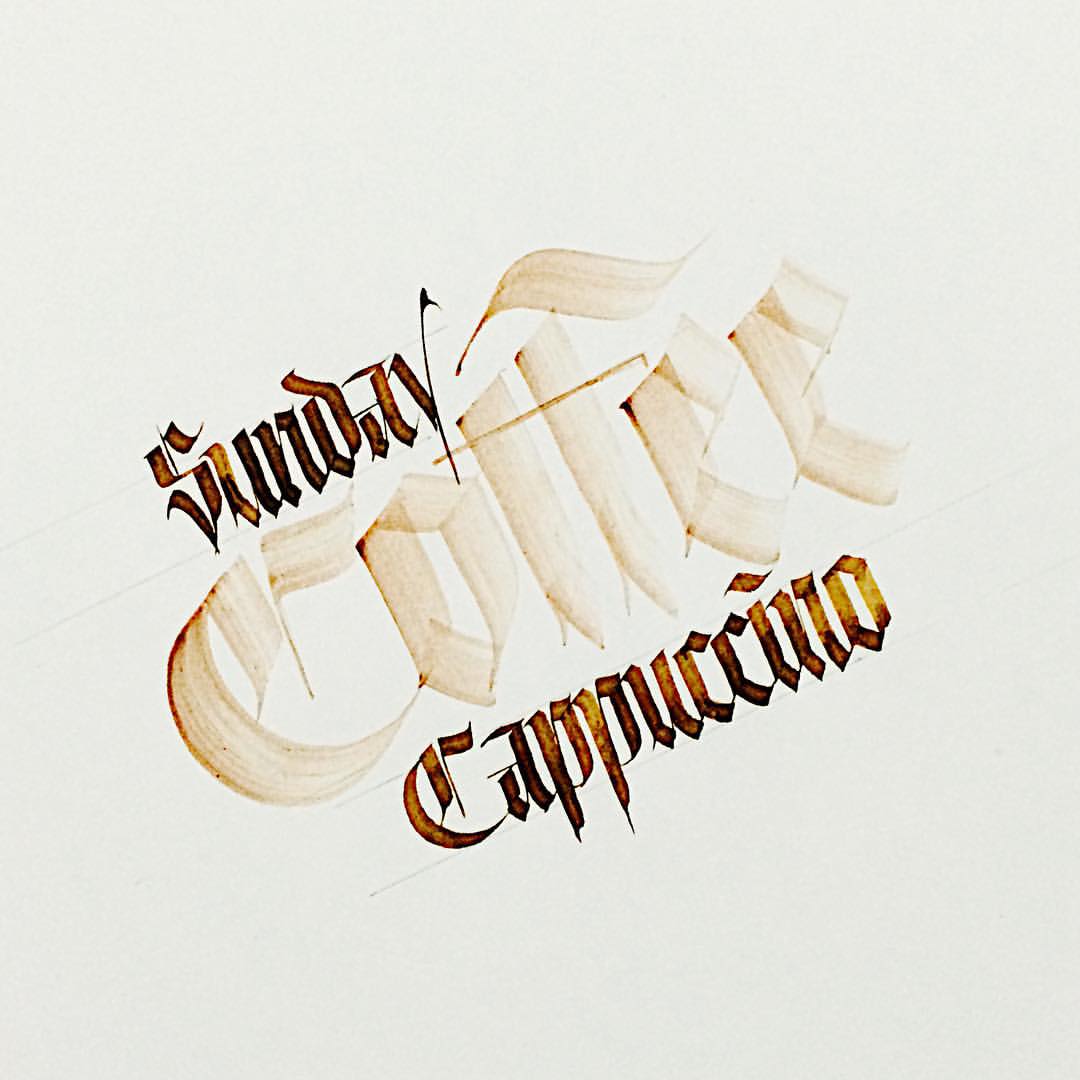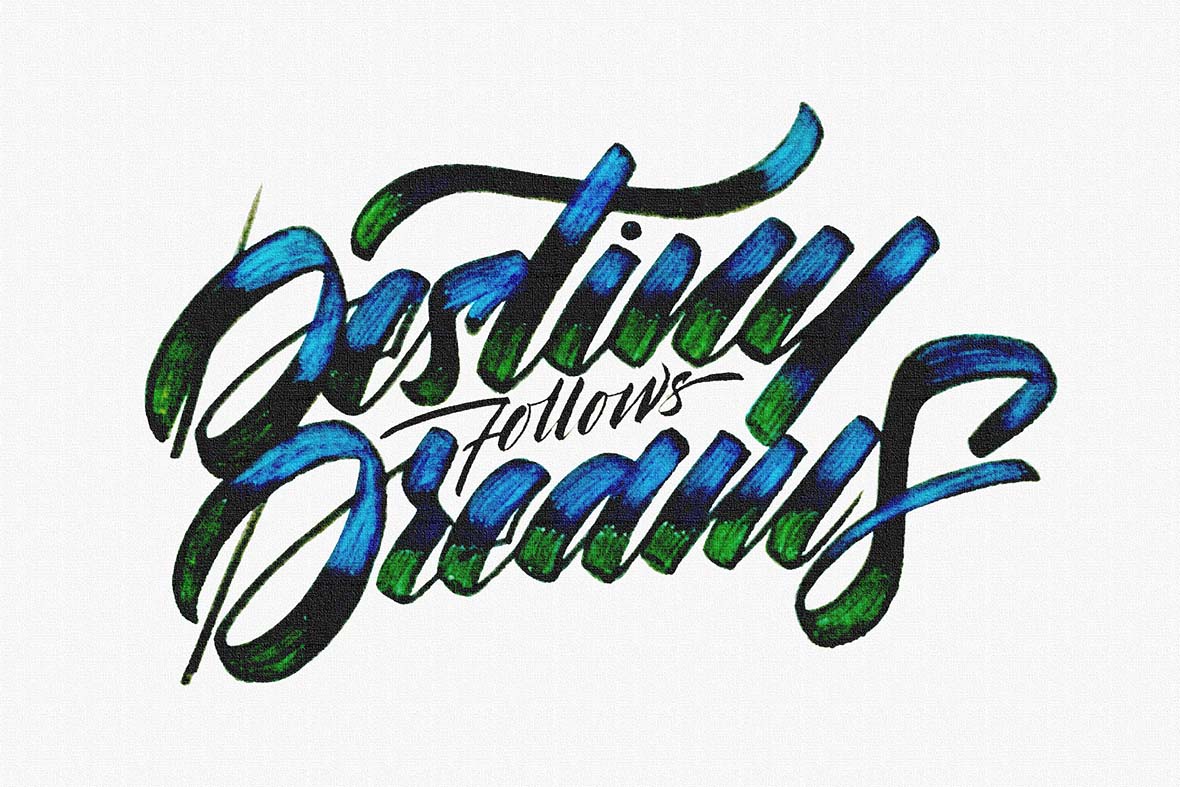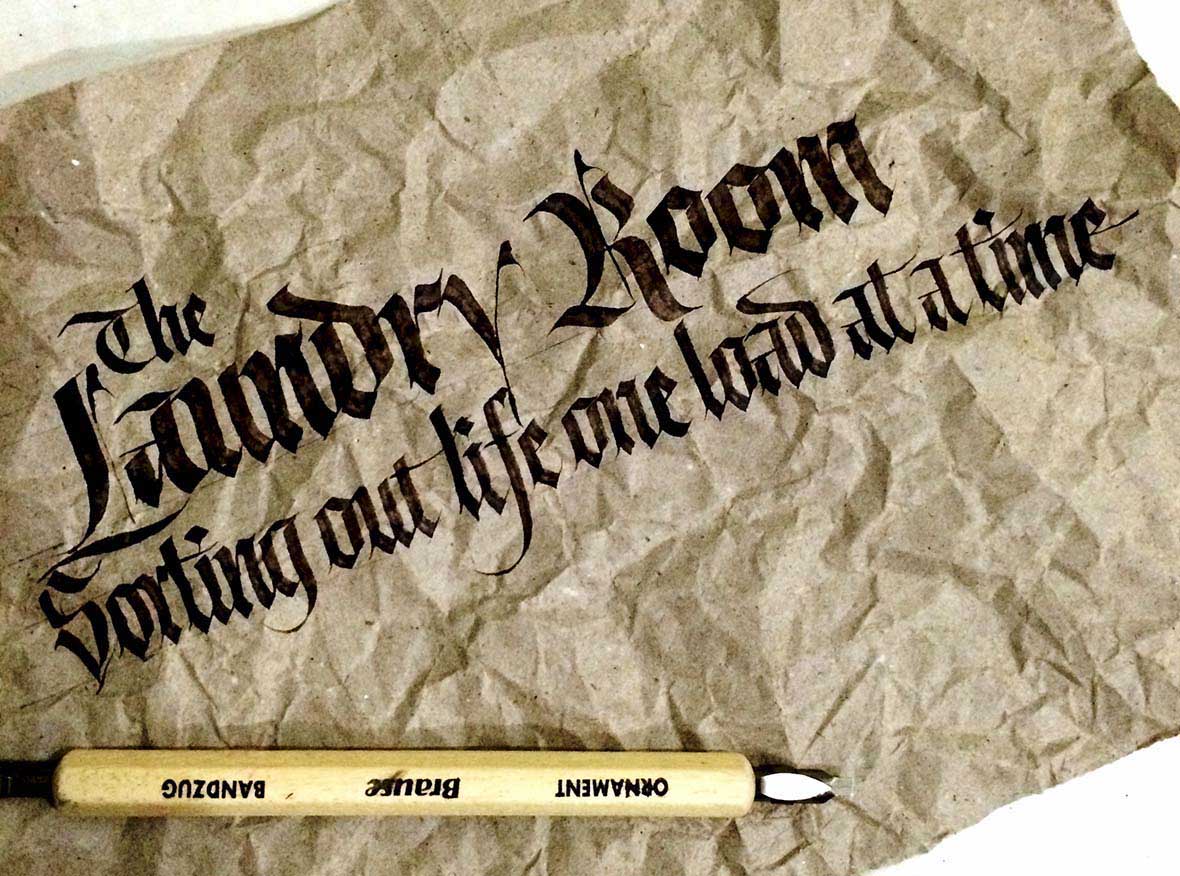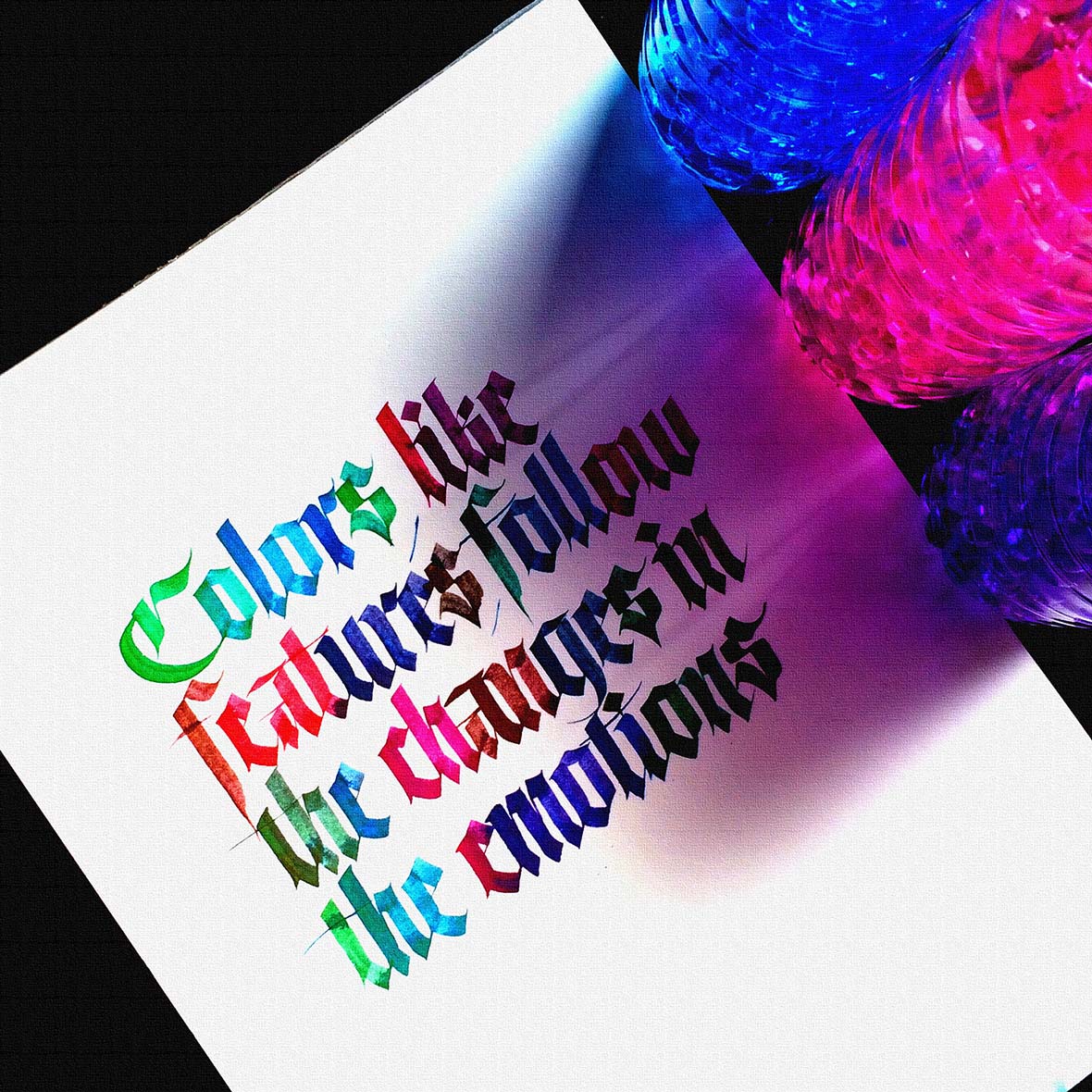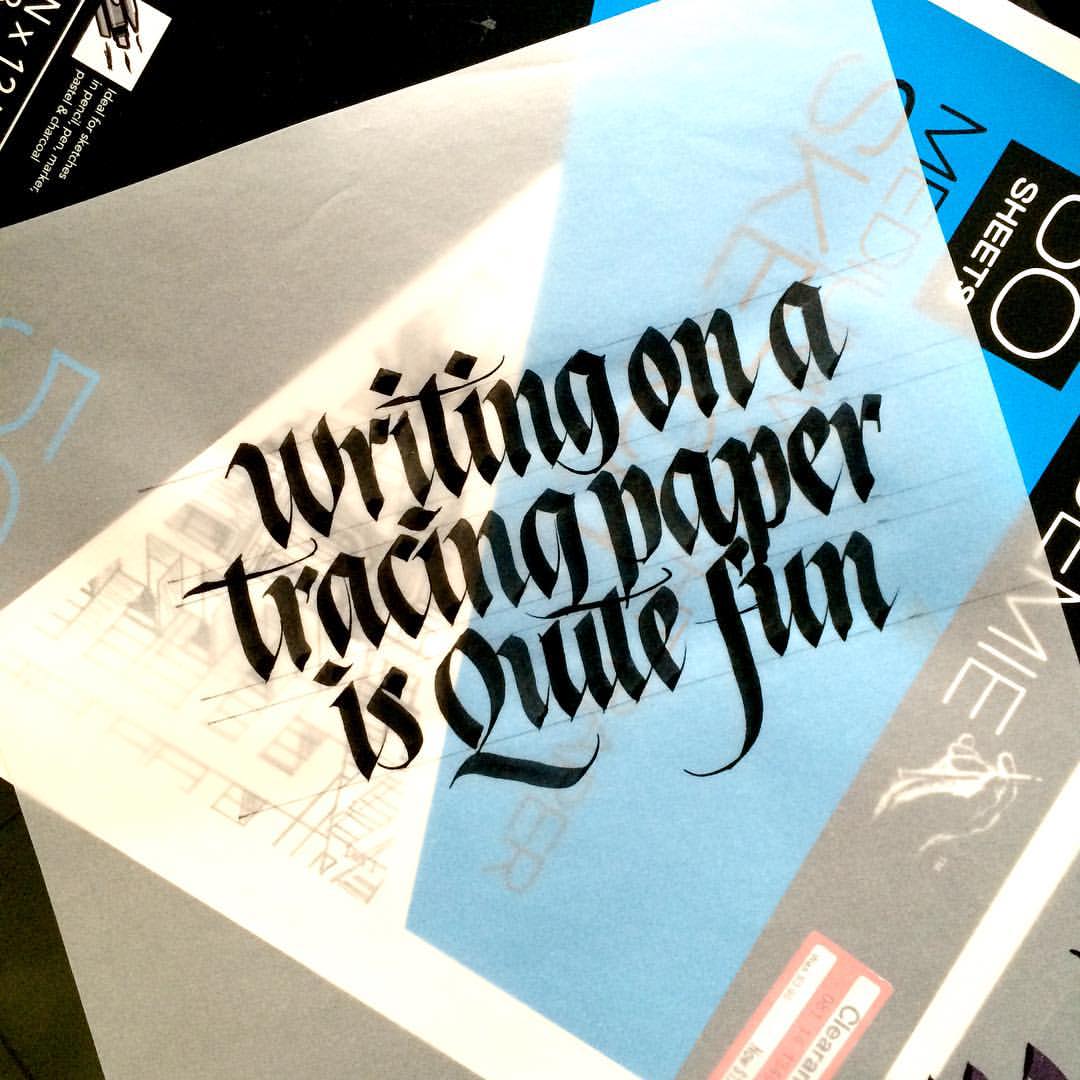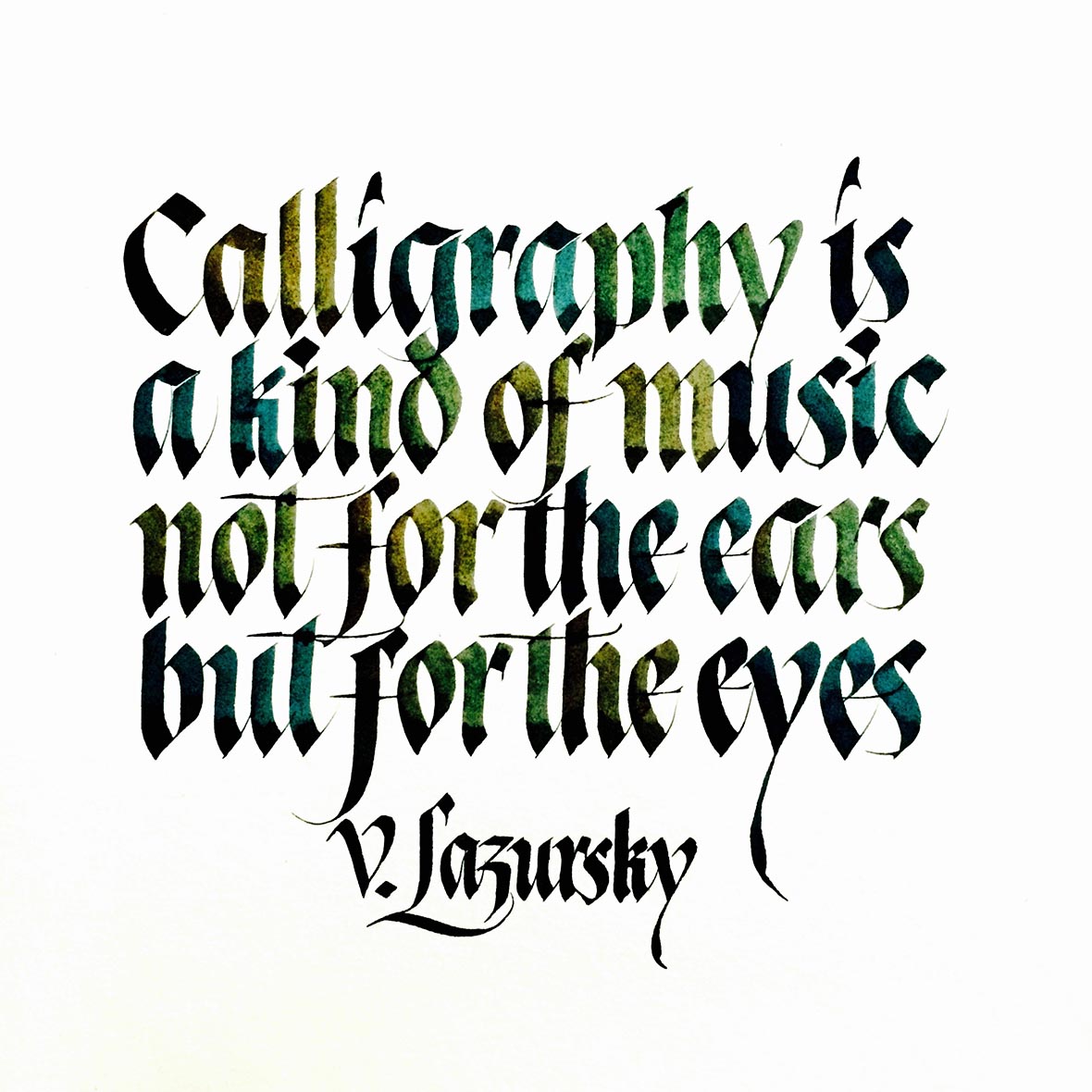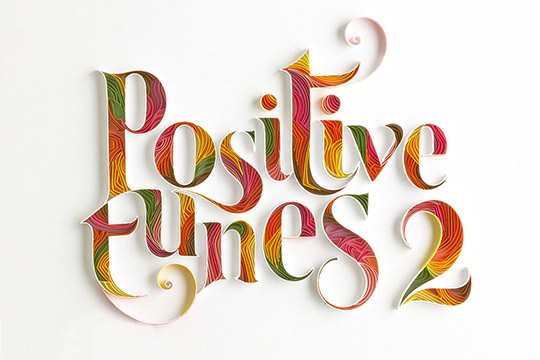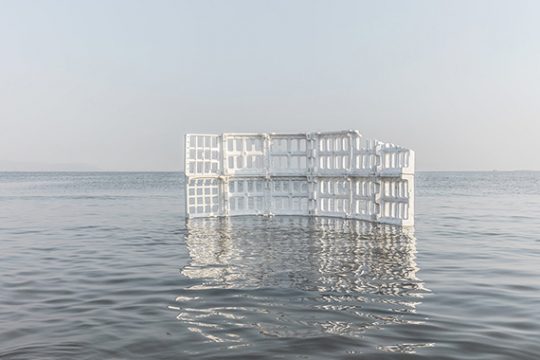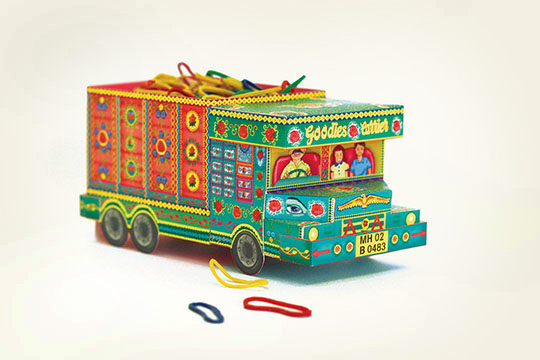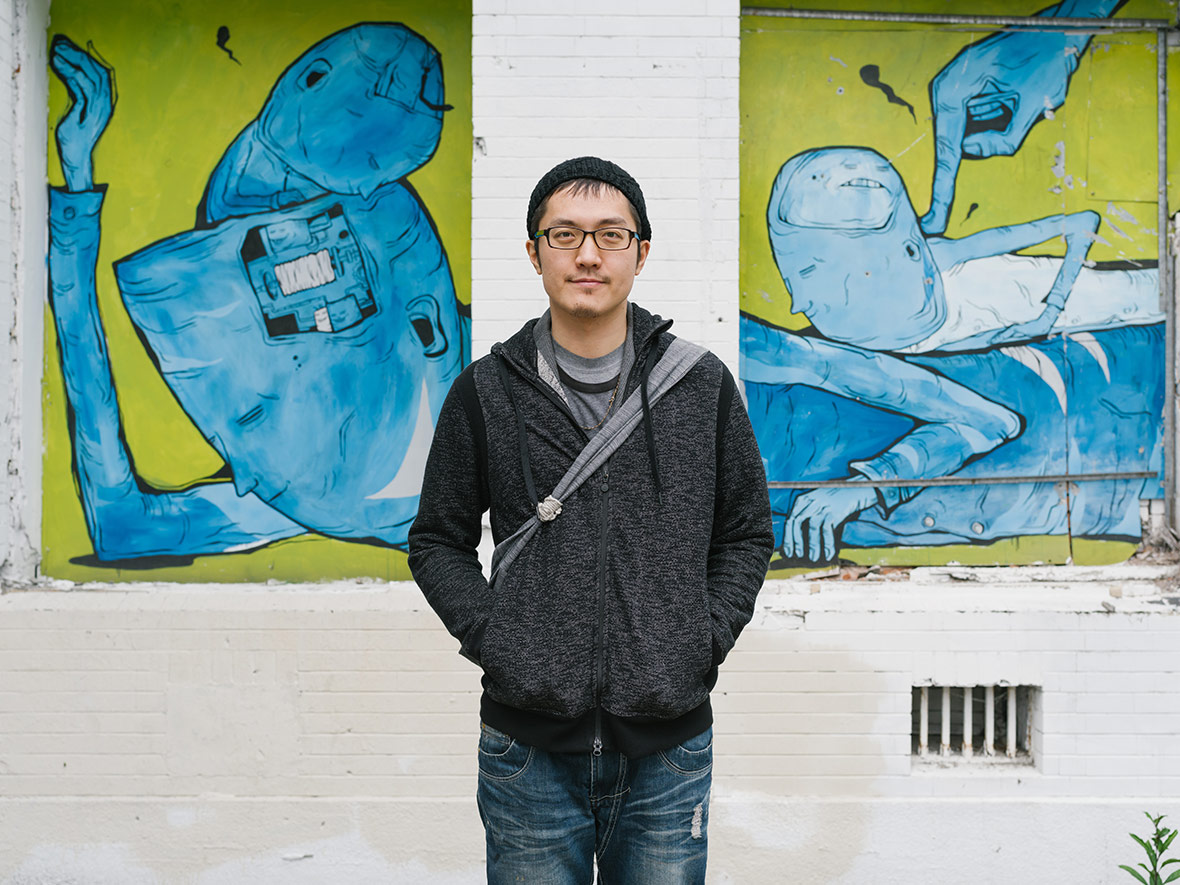
Candy Bird is a renowned street artist and illustrator, who creates unique and playful visuals addressing social injustices and environmental concerns around the world. This year, Candy Bird was also one of the 12 artists brought together by Gap REMIX Project to reimagine the classic Gap logo in an exclusive collection of graphic tees.
Candy Bird是壹位知名的街頭藝術家和插畫師,他獨具特色且趣味十足的作品旨在揭露社會不公現象以及全球環境問題。Candy Bird是參與2015年Gap REMIX項目的12位藝術家之壹,該項目邀請每位藝術家以各自風格重塑經典的Gap logo,從而打造出壹個特別版系列T恤。
無法觀看?前往優酷

When Candy Bird first started experimenting with street art, it proved to be a challenge, especially financially. In his own words, “When I first started doing street art, I had no money. I was working two jobs: one in a noodle shop and one delivering stuff by motorcycle. When I was cruising around on delivery, I would look for walls that I could paint.” Many of his street art pieces could be found along his delivery route.
Candy Bird起初想要嘗試街頭創作,但事實證明這是壹場挑戰,尤其是資金方面。用他自己的話來說是“我壹開始塗鴉,我沒什麽錢。所以我就去打工。我打兩份工,壹個在拉面店,壹個是騎摩托車送文件。所以騎摩托車送文件的時候,我就順便找墻畫。”很多他的作品都出現在他騎行的路線上。
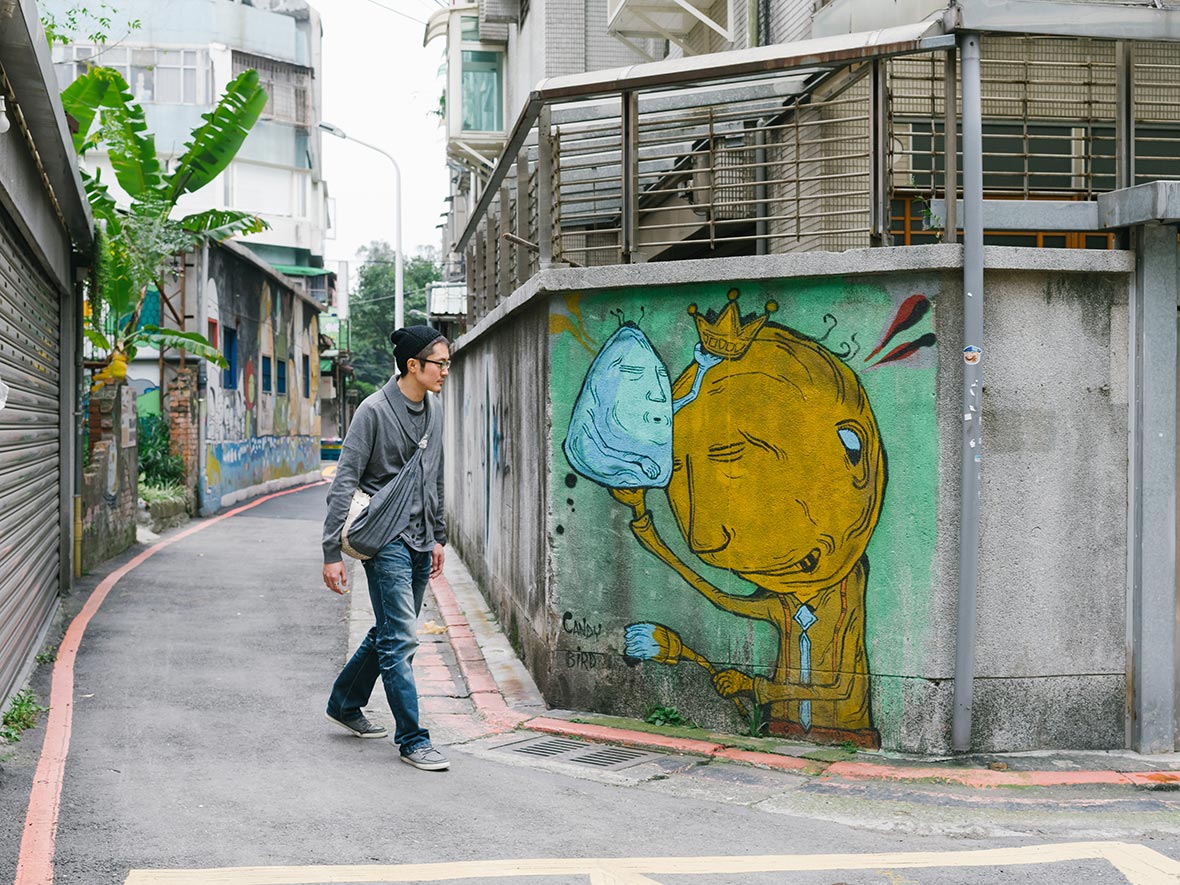
Born and raised in Taipei, Candy Bird has lived in the same bedroom his entire life, giving him a unique perspective on the city. He says, “Taipei is like a middle-aged man who still tries to wear the latest fashions. There’s a conflict between old and new, a transcendence of time and a feeling of loneliness. Before, Taipei used to be handsome, but now he’s a bit past his prime.”
在臺北出生長大的Candy Bird壹直以來都生活在同壹間臥室裏,這給了他獨特的視角去看這座城市。他說,“臺北是個穿著潮牌衣服的中老年男子,有種新舊沖突感,時空穿透性和寂寞共存,曾經很帥但有點年華老去。”
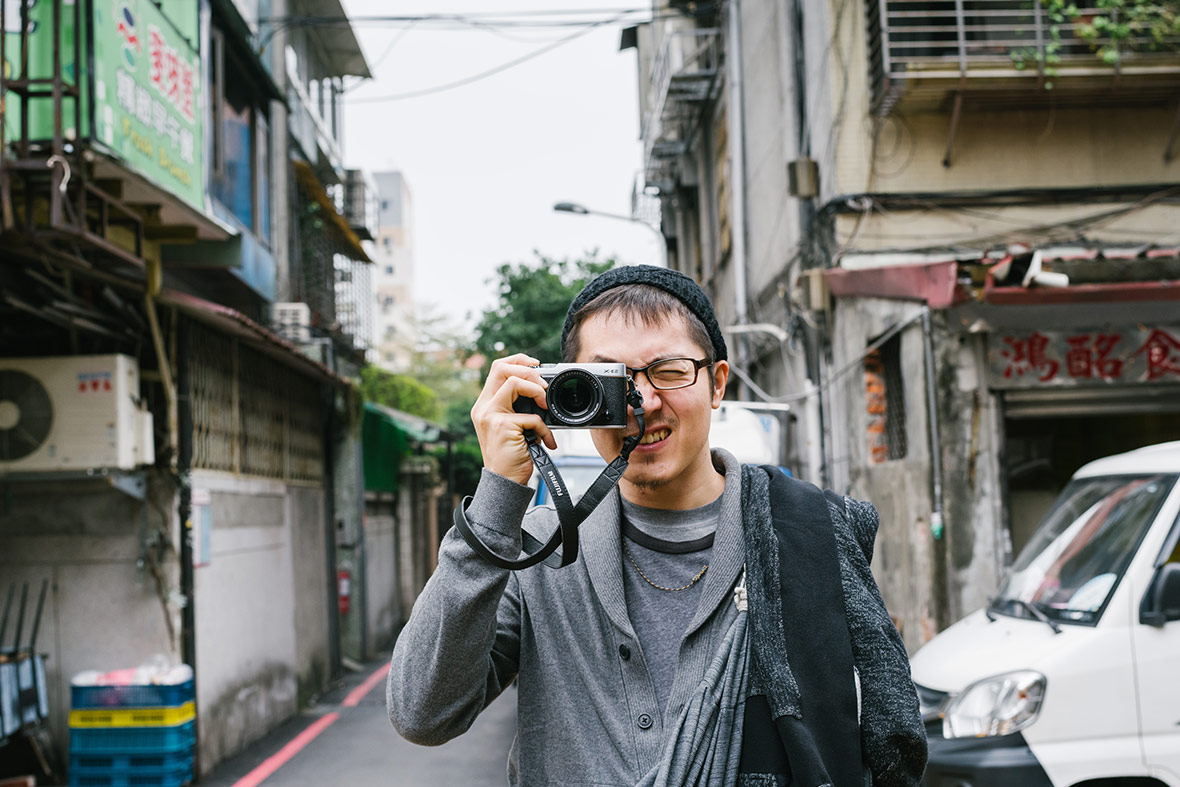
Candy Bird’s schedule revolves entirely around creating artwork and studying the works of others for inspiration. According to him, “My entire life revolves around art, it’s very simple. Some people will think an artist’s life is crazy and exciting, but it is nothing like that. I wouldn’t really view making art as my job. For me, it’s just like eating or drinking – if I don’t do it I won’t feel right.”
Candy Bird的生活幾乎都是在創作作品和從他人作品上學習且尋覓靈感之間循環。他說,“我的生活都跟畫畫有關,其實挺單純的。有些人以為我過得多屌多激情,但其實也沒怎樣。我不會視畫畫為我的工作,它就像吃飯喝水,不做就會感覺怪。”
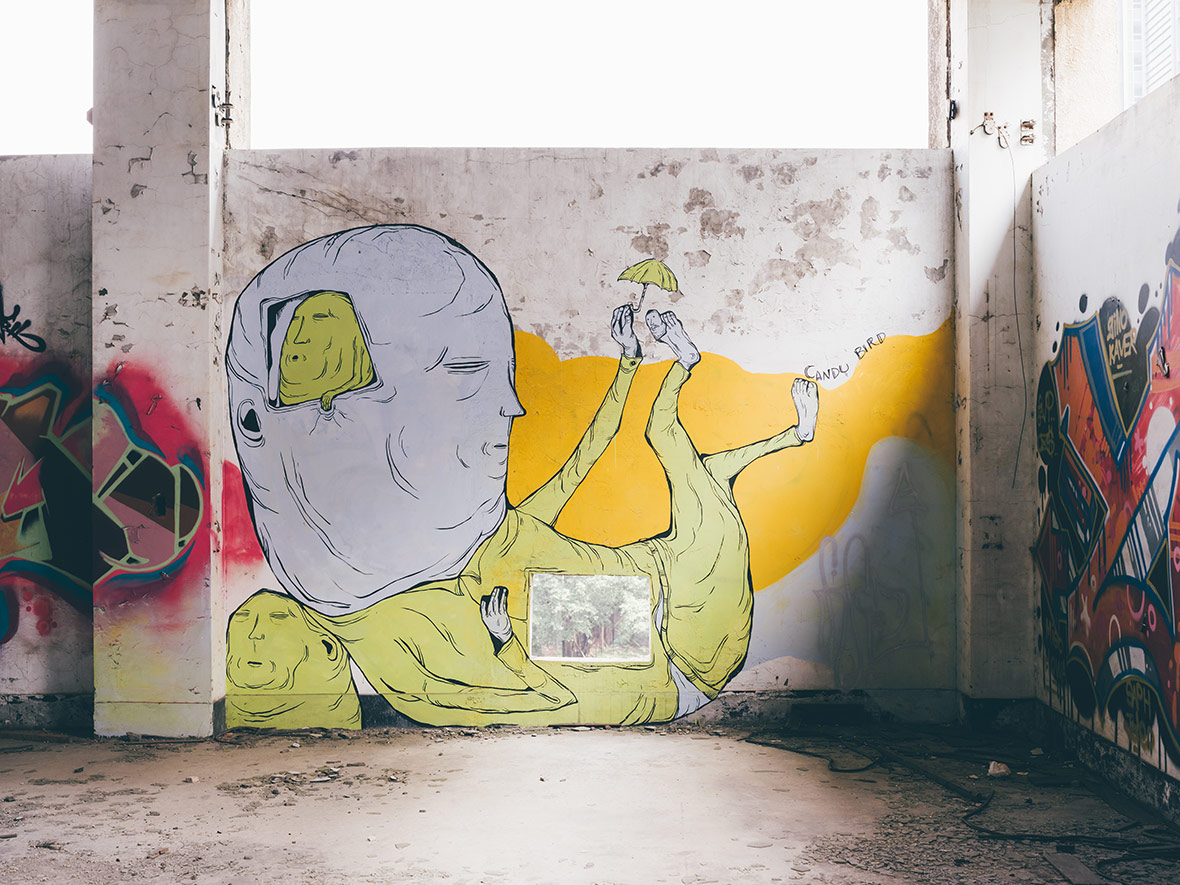
Much of Candy Bird’s inspiration comes from his background in Buddhism. He is motivated to share with others the things that he has learned about life, meaning, and human relations through contemplation and observation. He says, “I like to observe others, especially really strange people who are excessively ambitious, or just common people on the street.”
Candy Bird大部分的靈感來源於他的佛教信仰,他希望與人分享他的人生哲學,關於生命、意義以及人際關系的東西。他說,“我喜歡觀察別人,觀察那些活得熱烈激昂的怪人,或只是販夫走卒的人。”
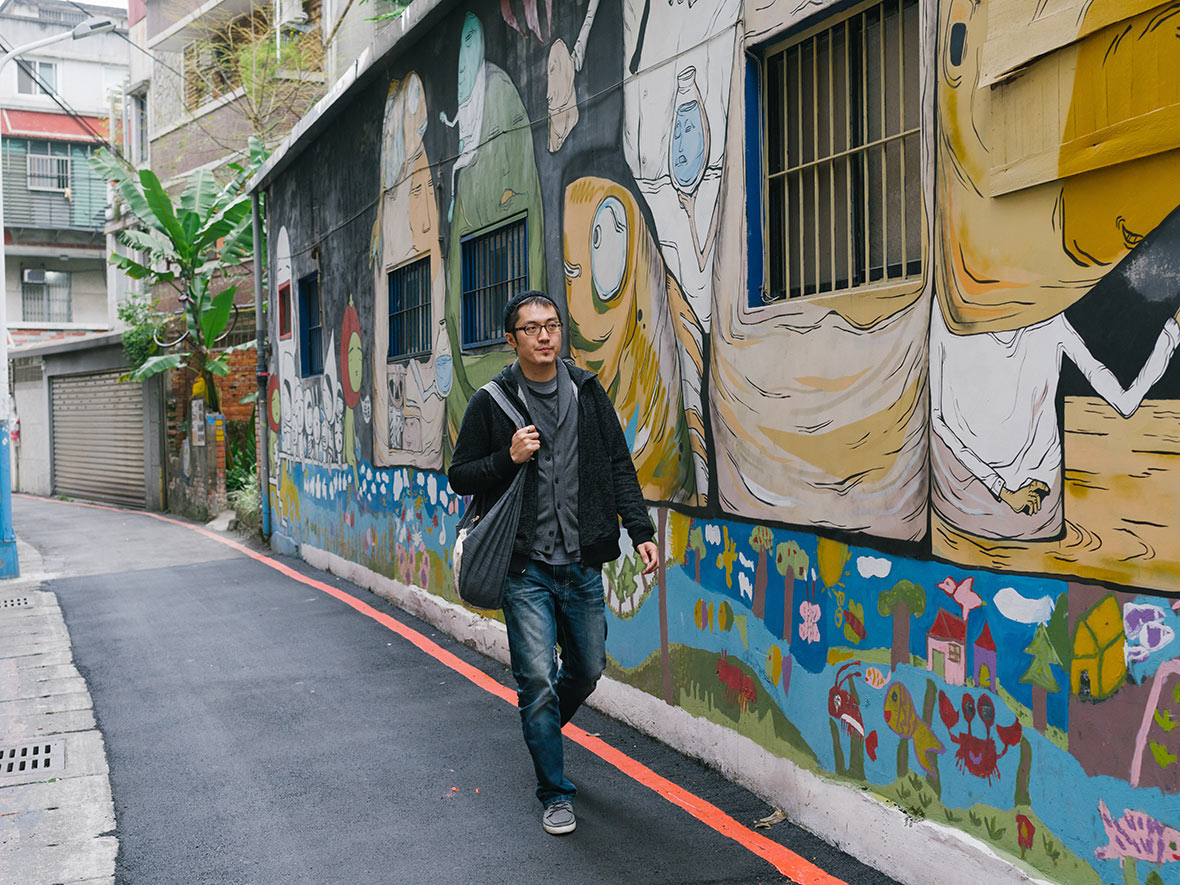
Each of Candy Bird’s pieces has an underlying message, whether about current events, politics or society. He tells us, “Ever since I first fell in love with street art, I realized that street art could broadcast messages to society from the wall, and it was more accessible to the public than any art gallery. I feel that as an artist, I have a responsibility to give something back to society and the world through my work. Maybe it won’t have any real effect, but that’s what I aspire to.”
Candy Bird的每壹幅作品都有壹個隱射信息,無不關於當下實事、政治或社會問題。他說,“從喜歡上塗鴉那壹刻起,我發現塗鴉是墻上的擴音器,比在美術館裏更貼近大眾,適合講述關於社會的東西。我覺得身為壹個創作人,有義務通過自己的作品向世人傳達壹種社會責任的精神,雖然不壹定真有效果,但盡力去做就好。”
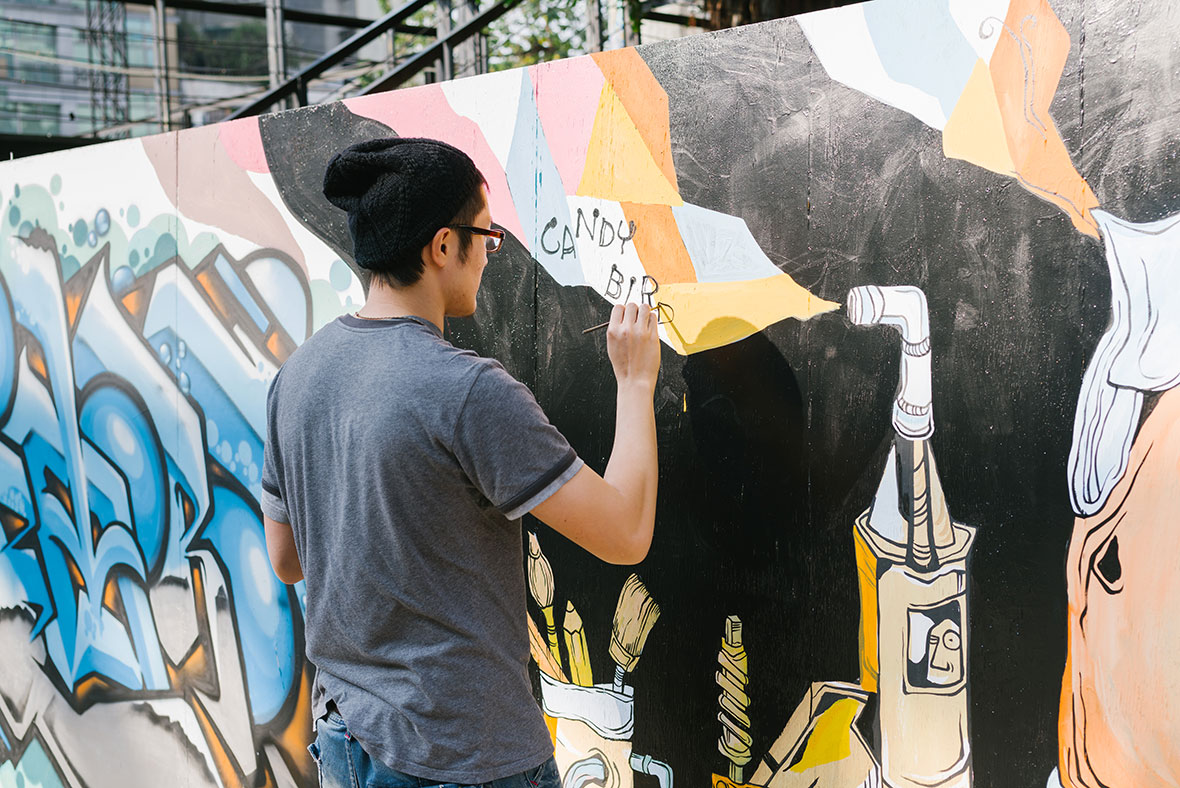
Website: candybird.net
Instagram: @candybbird
Contributors: George Zhi Zhao, Adam J. Schokora
Photographer: Adam J. Schokora
網站: candybird.net
Instagram: @candybbird
供稿人:George Zhi Zhao, Adam J. Schokora
照片攝影師:Adam J. Schokora


